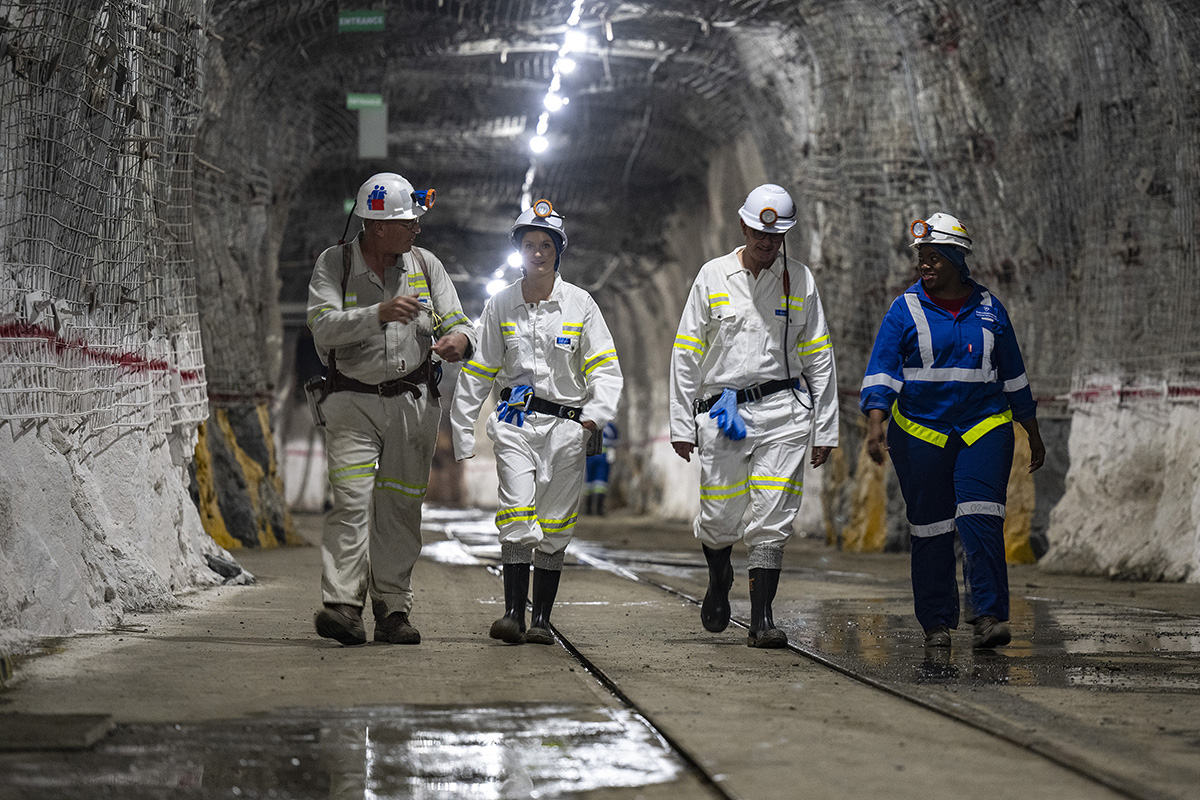
Petra Diamonds – Cullinan Diamond Mine – Boodles Site Visit
Boodles, the globally-renowned sixth generation family business, is pioneering sustainability in the diamond and jewellery industry, using technology to trace each diamond and working closely with their workers and the mines to ensure a healthy environment for both the community and the land. Here, Honour and Jody Wainwright, descendants of the founders of Boodles, speak to Samantha Welsh about the company’s values and commitment to sustainable practices
LUX: What are Boodles’ values that make you a leader among the ‘best of British’ luxury brands?
Honour Wainwright: and Jody Wainwright: Boodles’ principal point of difference is that we are a sixth-generation family business in operation since our founding in 1798. I am the sixth generation and my twin brother and two cousins also work for the business. We prioritise looking after our clients and host up to 250 events each year for them. Events give us an opportunity to entertain our loyal customers, allow the Directors to get to know them, to give them a lovely day out and to thank them in person for their loyalty. We also value design and currently have six in-house designers, two based in our flagship New Bond Street store, and four at Head Office in Liverpool. We launch a High Jewellery collection each year, this year’s concept being ‘A Family Journey: Around Europe in 10 Days’ inspired by a trip our Chairman, Nicholas Wainwright undertook to buy stones, meet suppliers and gain inspiration for the collection, in so doing replicating the trip taken by his father in 1962.
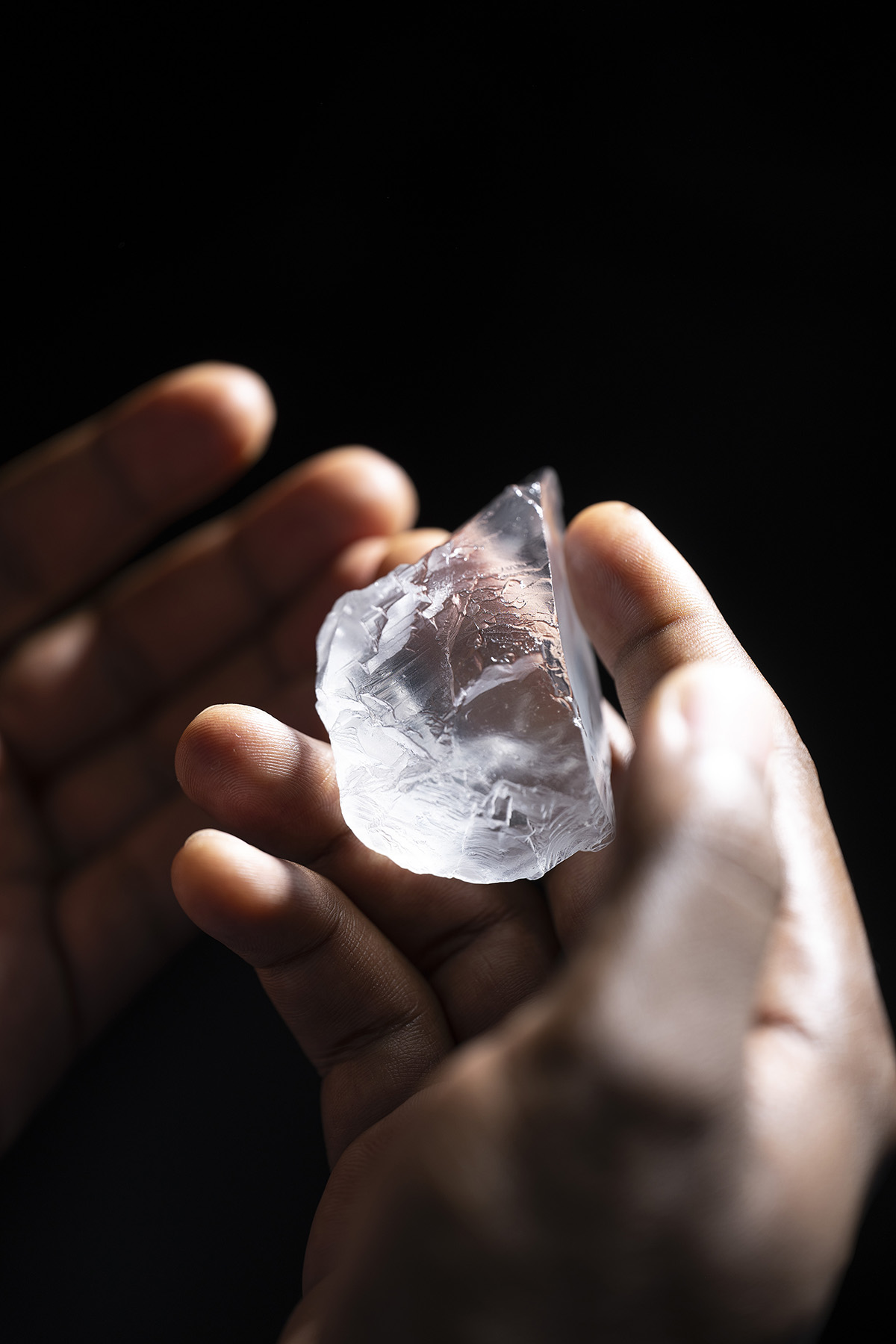
Craftsmanship is at the core of Boodles. All Boodles jewellery is designed and hand-finished in the UK at our London workshops. We also use Single Mine Origin gold in all of our jewellery, which comes from the Yanfolila mine in Mali. Boodles know that sustainability and traceability is extremely important. Inevitably, our younger customers value this more and we therefore regard it as something that is essential for our own peace of mind, but also an investment in the future of our business. We also launched a high jewellery collection called ‘Peace of Mined’ featuring diamonds from the Cullinan Mine extracted only weeks before the collection launched.
LUX: You share Boodles’ passion and reputation for offering inimitable stones; what are the primary considerations when selecting a stone?
HW & JW: Boodles are unique as when sourcing stones we usually buy the rough diamonds direct from the mine. At Boodles we are looking for exceptional gemstones, Jody Wainwright, our Director of Precious Gemstones and Diamonds, says a stone has to ‘talk’ to him.

© Ben Phillips
LUX: What is your ‘mine-to-market’ process that transforms a rough mineral into a personal treasure?
HW & JW: At Boodles, this process begins with our directors hand-picking and sourcing stones from mines and suppliers, whom we have been dealing with for many generations. They are then taken to our London workshop where they are cut by Boodles’ master diamond cutter, Clive, who we call our ‘5th C’ extending the traditional 4Cs grading system. The stones are skilfully polished, set by our in-house designers, and transported onward to our UK showrooms for display
LUX: How has the Boodles approach to partnerships succeeded in creating an influential U/HNW ecosystem?
HW & JW: From gallery exhibitions to horse racing, Boodles is known for the sheer variety of its events and their number, – we hosted 250 events last year. After a fantastic inaugural year in 2022, our partnership as lead sponsor for the Boodles Cheltenham Gold Cup was renewed in 2023. At the home of Jump Racing, the Boodles pink logo was omnipresent throughout the Festival’s ITV broadcast. This year’s partnership was launched through a photo shoot with 2022’s Gold Cup Winner Rachael Blackmore on London’s iconic ‘Bond Street with previous Gold Cup Winner, Native River. As the first female jockey to win the Gold Cup and BBC’s World Sport Star of the Year in 2021, Rachael is the perfect embodiment of a Boodles Brand Ambassador. It is no surprise that Boodles will be partnering with the Gold Cup again in 2024 to celebrate its highly anticipated centenary. It provides a special day out for our clients and an opportunity for them to attend a world-renowned sporting event whilst allowing the Boodles team to really get to know their clients and their families.
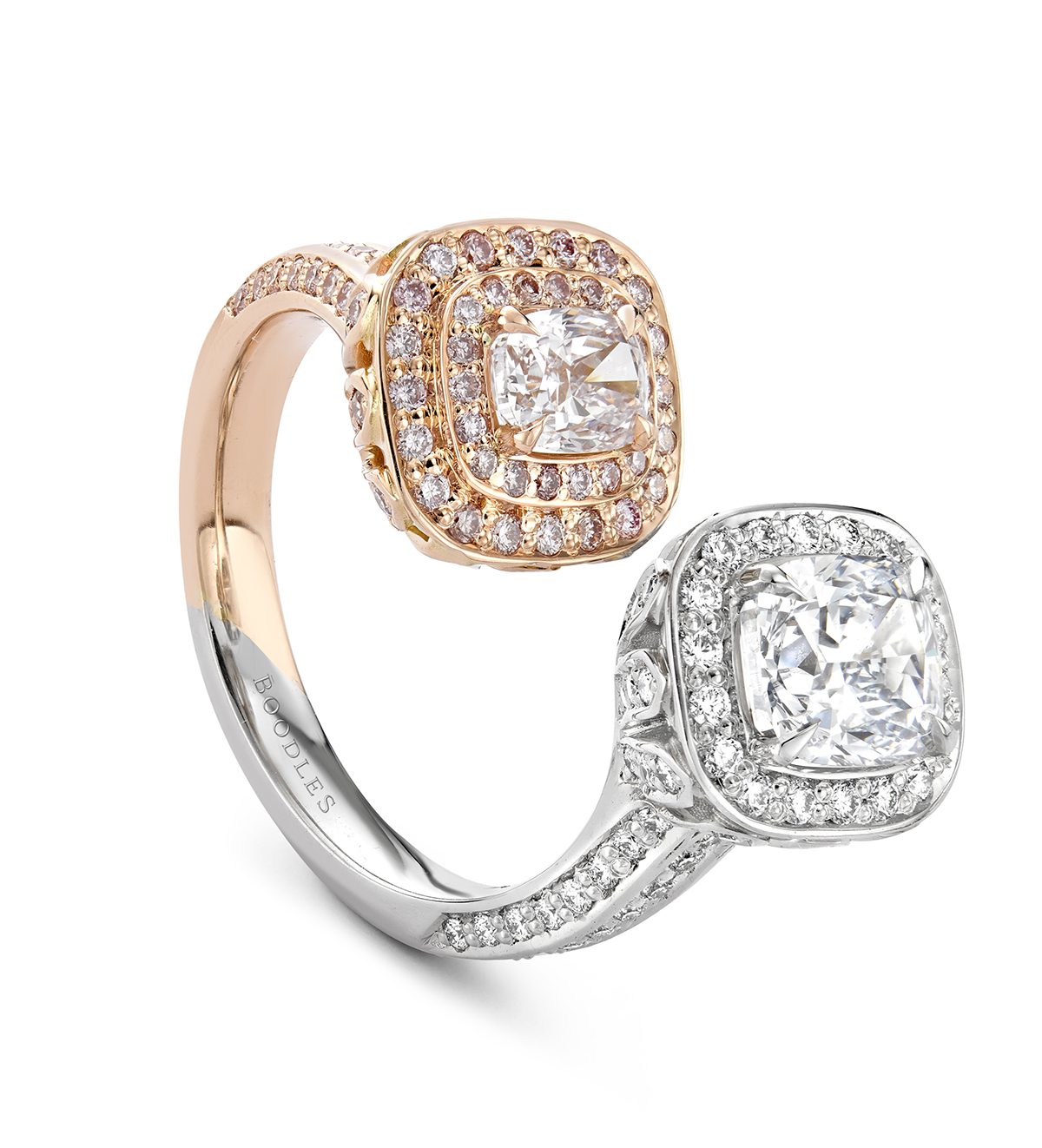
2023 also saw Boodles present our third garden at the Chelsea Flower Show, in collaboration with esteemed British garden designer, Tom Hoblyn. ‘The Boodles Best of British Garden’ was awarded a Silver-Gilt medal. Post-Covid, sports events resumed: Boodles’ warm-up for Wimbledon concluded its 19th edition within genteel surroundings at Stoke Park, we had a successful pop-up tournament at Quinta do Lago Resort in the Algarve, and The Boodles Boxing Ball returned, raising more money than ever for charity, and the list goes on.
LUX: How did the partnership between Boodles and the Cullinan Mine begin?
HW & JW: The Cullinan mine is very special to Boodles. It was visited by my great uncle, the late Anthony Wainwright, during one of his many expeditions overseas in search of fine stones. He found it magical, laden with mysteries — and shared tales of the jewels in its depths with his grandson, my cousin. When Jody was just a small boy, Anthony died and his son Nicholas followed on in his footsteps, visiting the mine in the mid-1990s. He returned equally enchanted — and his experience of the Cullinan Mine inspired Jody with a new suite of legends.
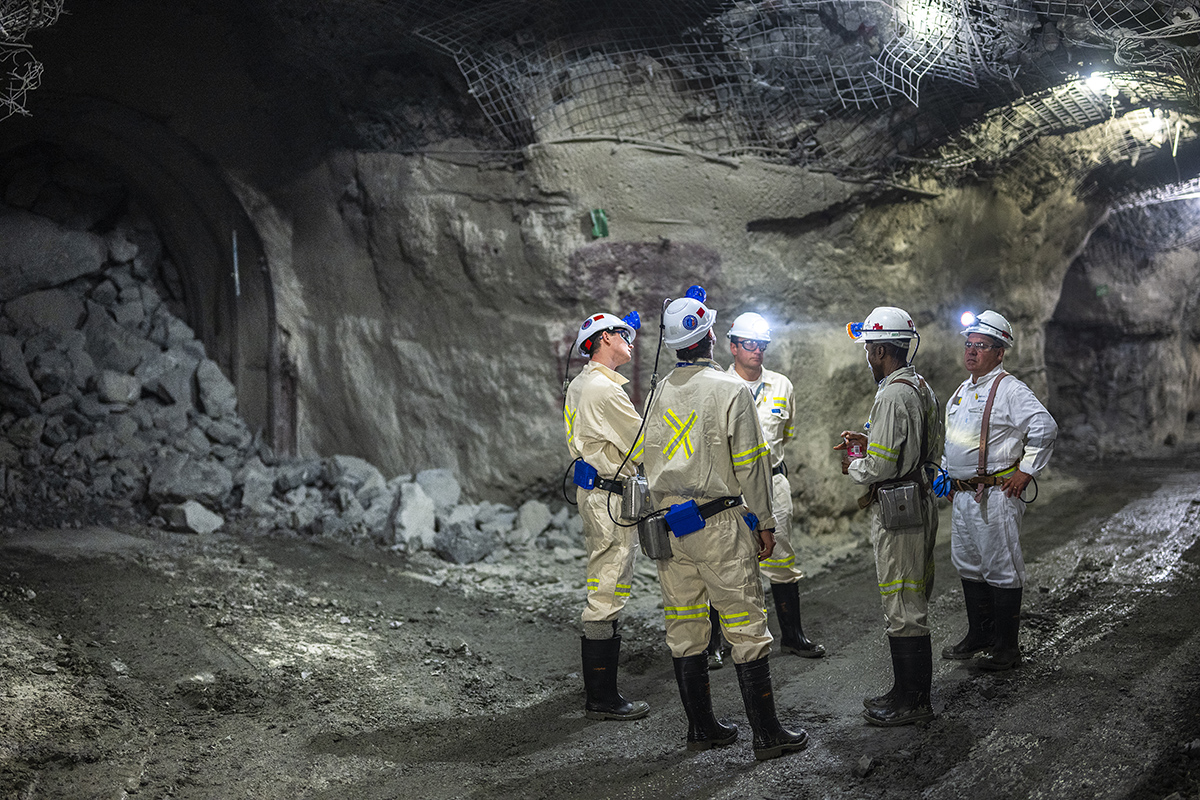
Petra Diamonds – Cullinan Diamond Mine – Boodles Site Visit
I went down the Cullinan Mine with my parents last February and had an amazing experience. They don’t open the mine to anyone other than principal shareholders. My twin brother and cousins have also recently visited the mine and seeing the process of mining a Cullinan diamond has been fascinating.
The story is fantastic and Boodles have a passion for these stones. Each stone is securely helicoptered to the Johannesburg Head Office, then onward to our London diamond cutters, then into our shops, so there is a total chain of custody.
We find that customers love to know that their Boodles piece featuring a Cullinan diamond was mined only 6 months ago. We create a lovely book charting the progress of the stone through all the stages of refinement into the final finished piece of jewellery.
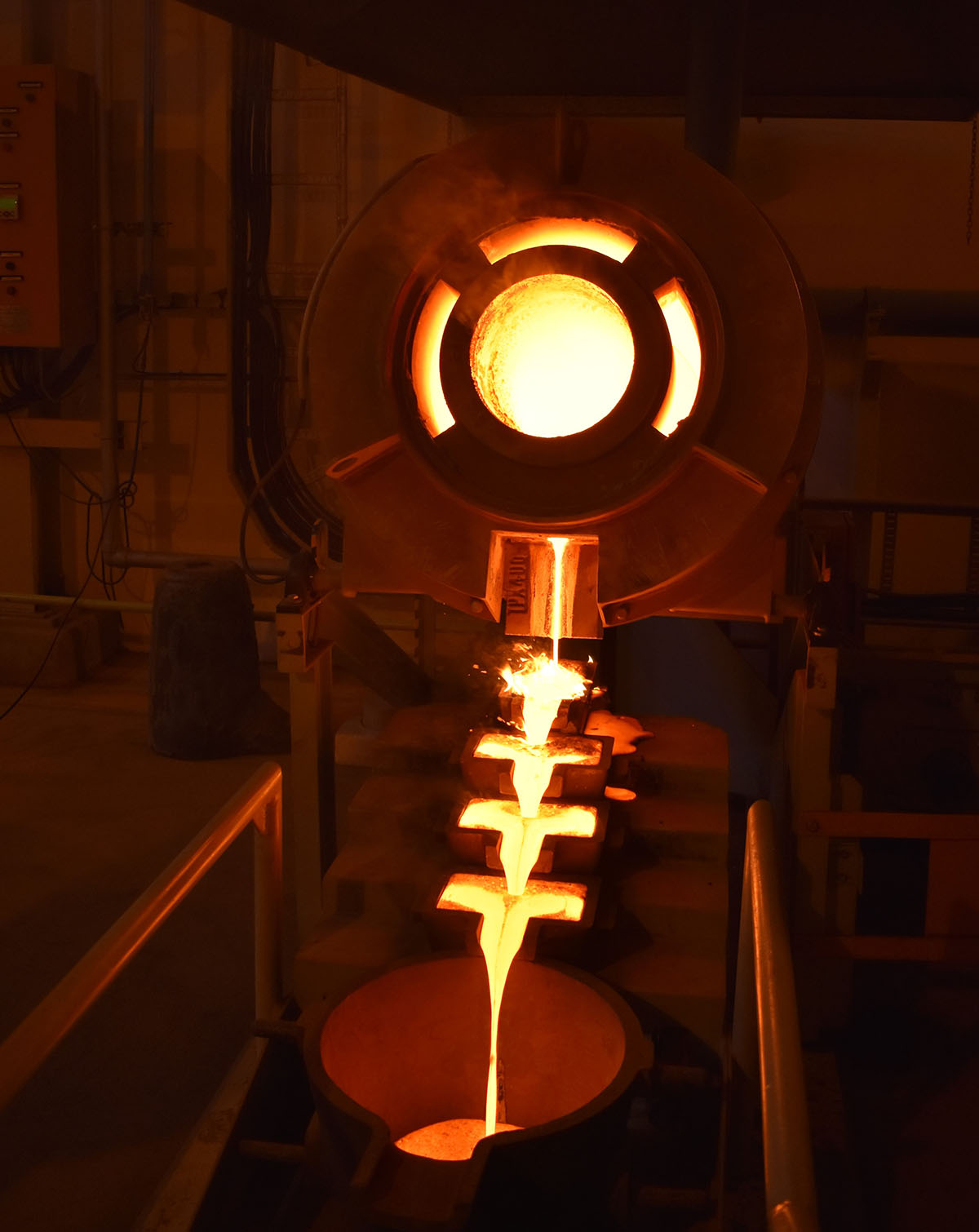
LUX: What can you share about upcoming developments?
HW & JW: We have discussed opportunities for potential international event partnerships in Florida, Texas, Bermuda and Barbados. We are partnering with a third gold mine which opens up in Guinea in Q4, and Jody will attend the official launch. This, together with Yanfolila Mine mentioned earlier in Mali, and Ity Mine in Côte d’Ivoire have each received independent certification to an internationally recognised responsibility standard, so that every ounce of Single Mine Origin (SMO) gold comes with a fully auditable QR code that traces its origins and journey. We are working towards all our diamonds being fully traceable and currently we have a large selection from the Cullinan Mine in South Africa. A number of our larger diamonds now also come from mines such as the Kao Mine in Lesotho, South Africa, and the Gahcho Kué Diamond Mine in Canada. We are also beginning to look at some new mines that uphold high sustainability standards and share their efforts through their respective websites.
Find out more: boodles.com

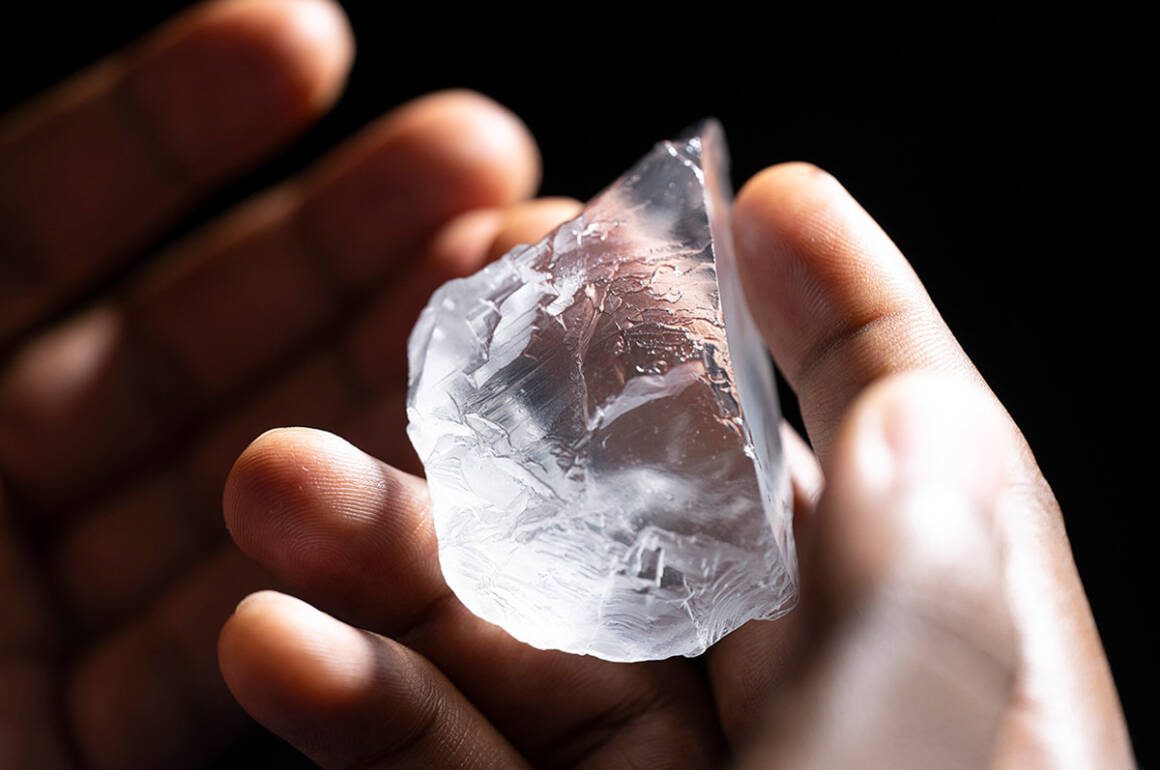

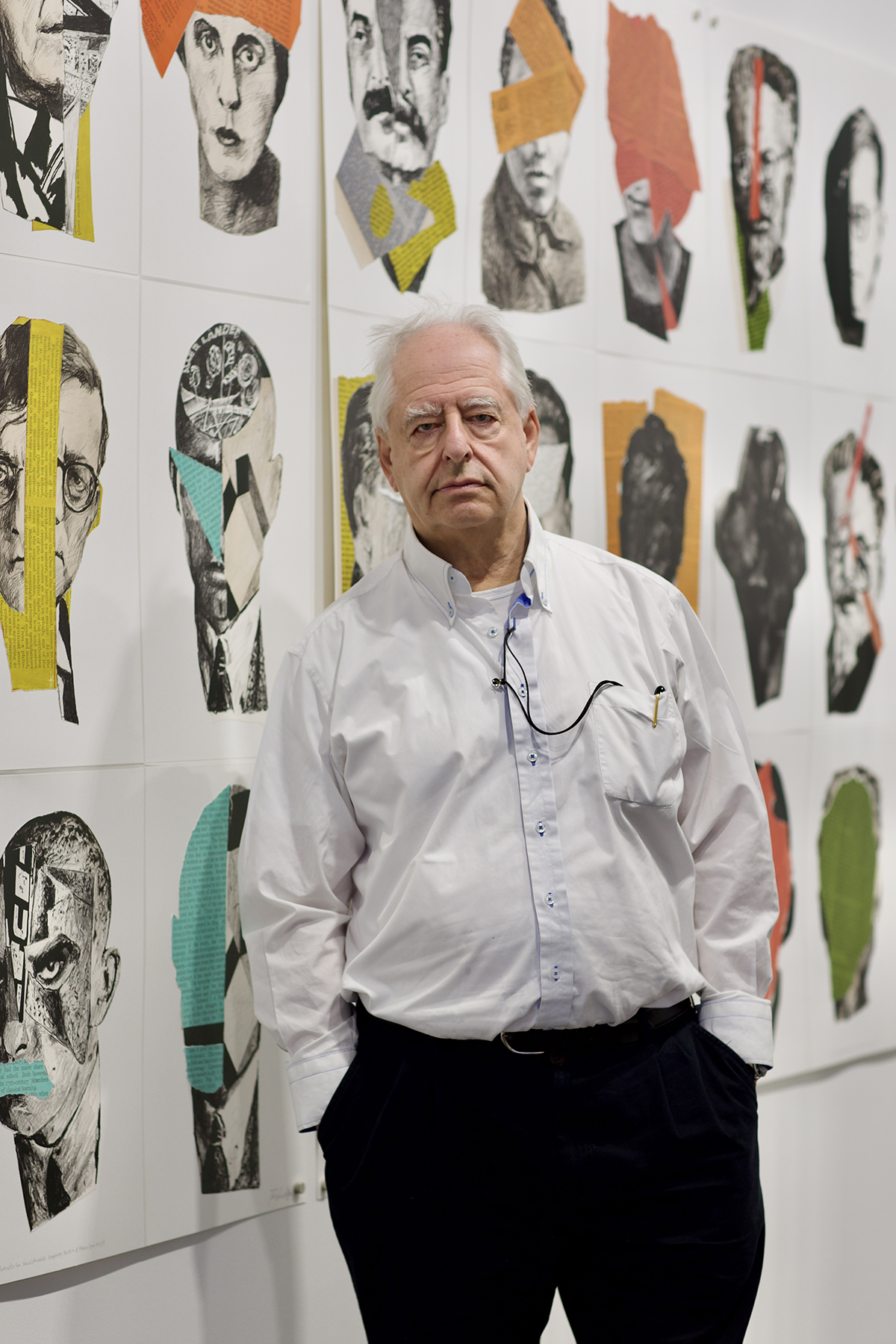
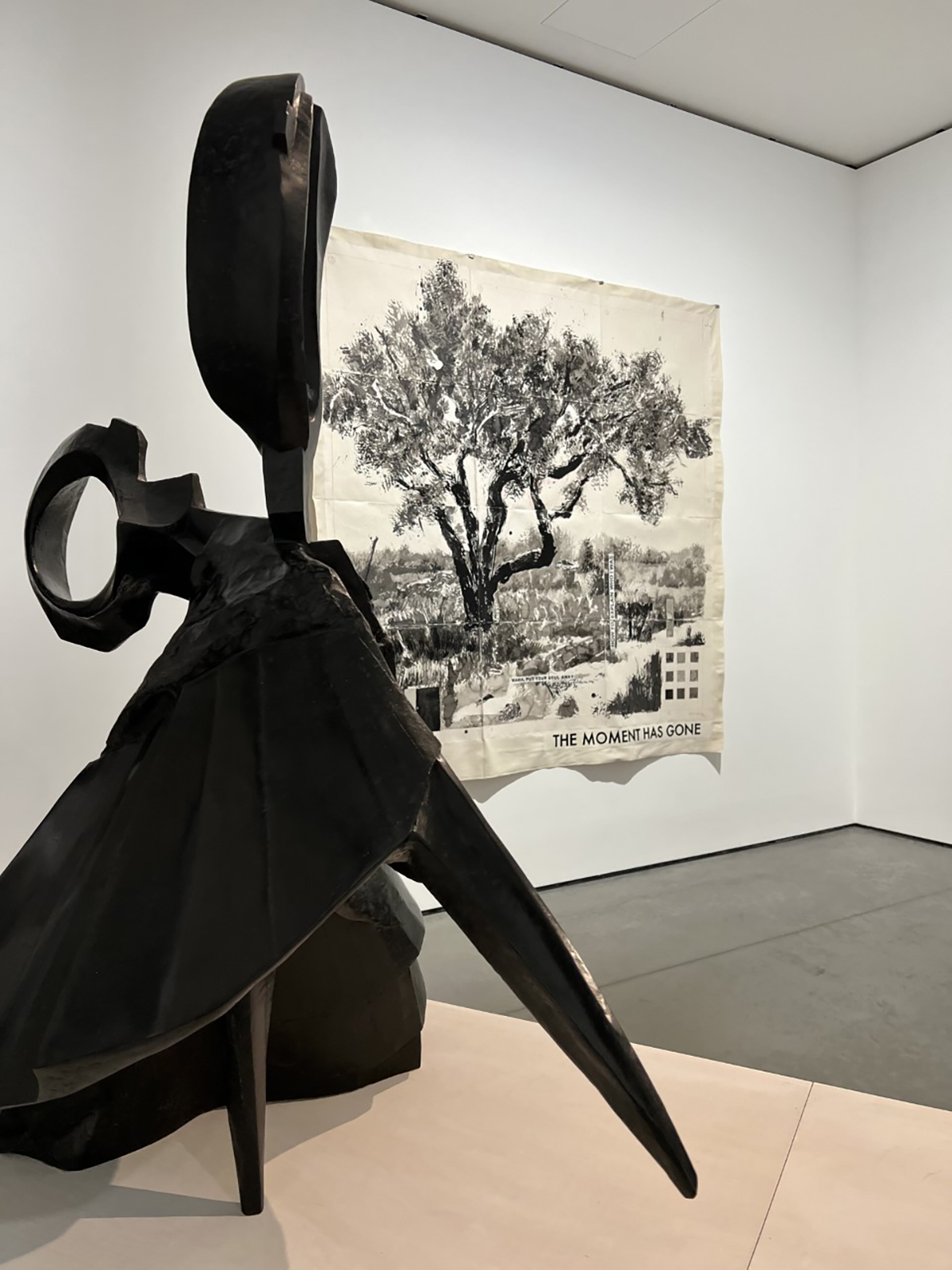
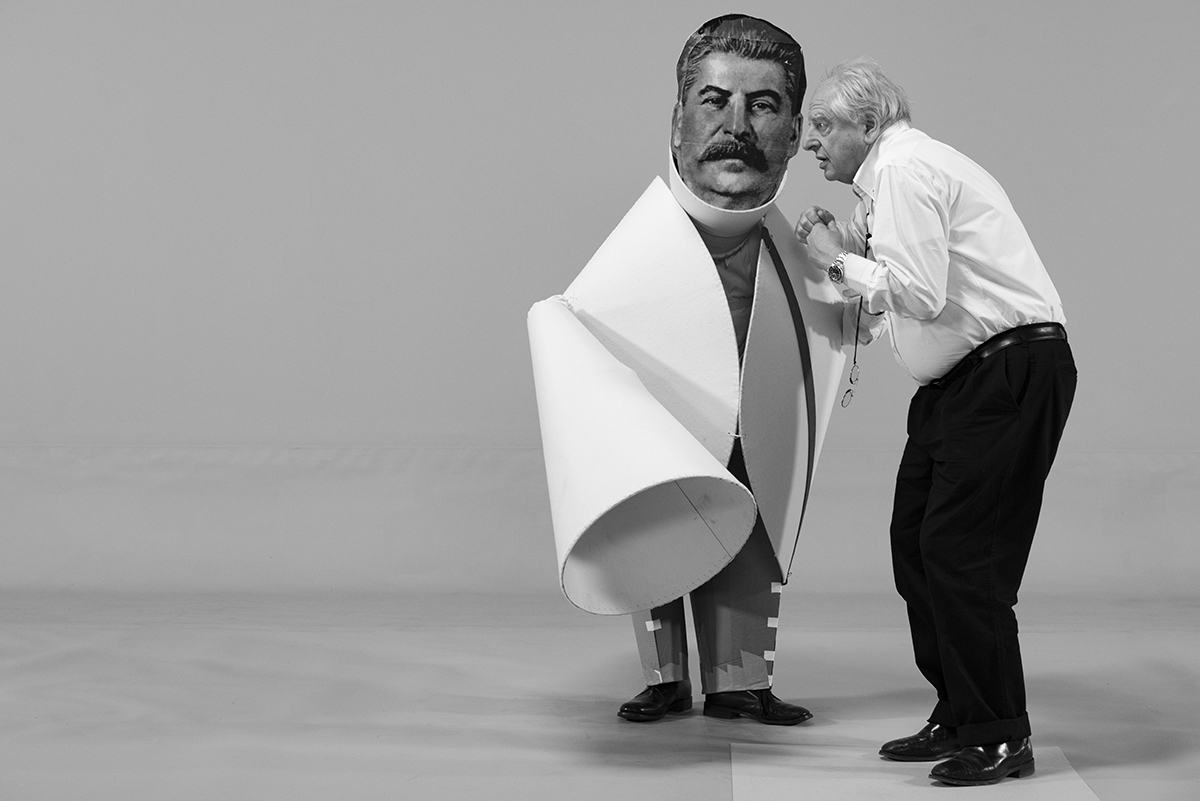
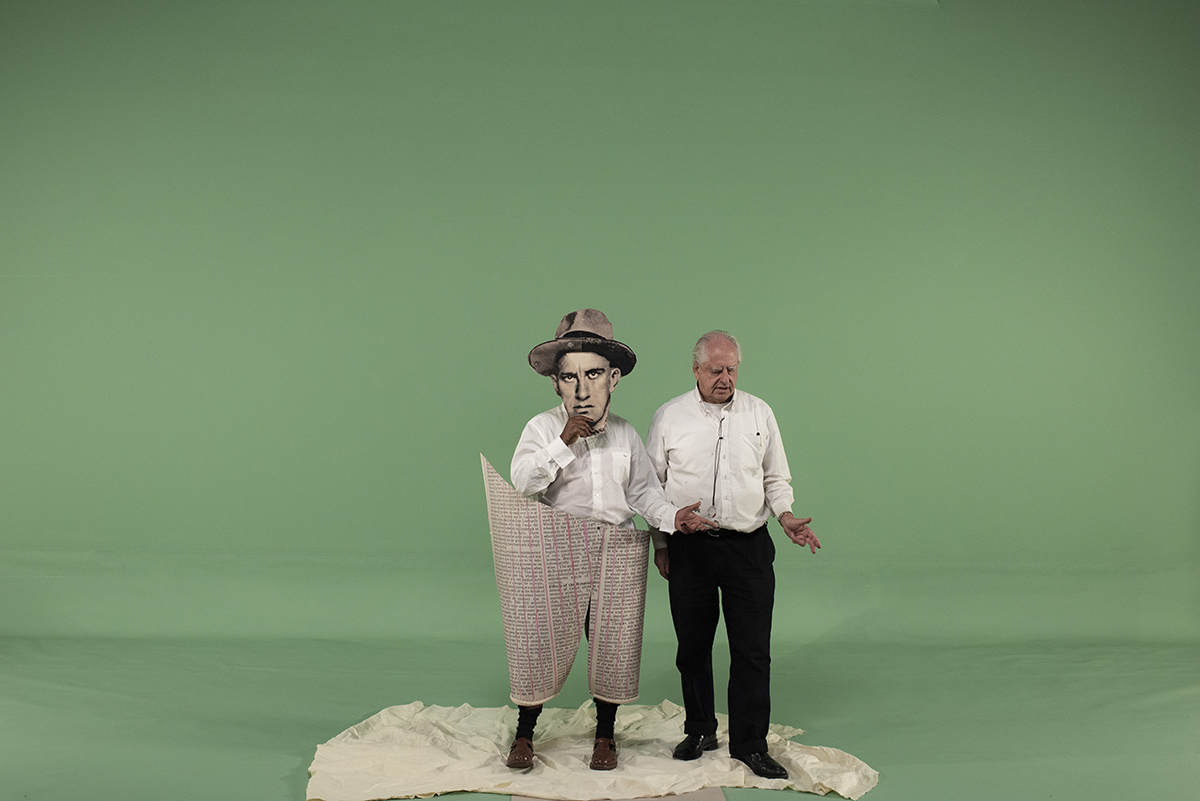
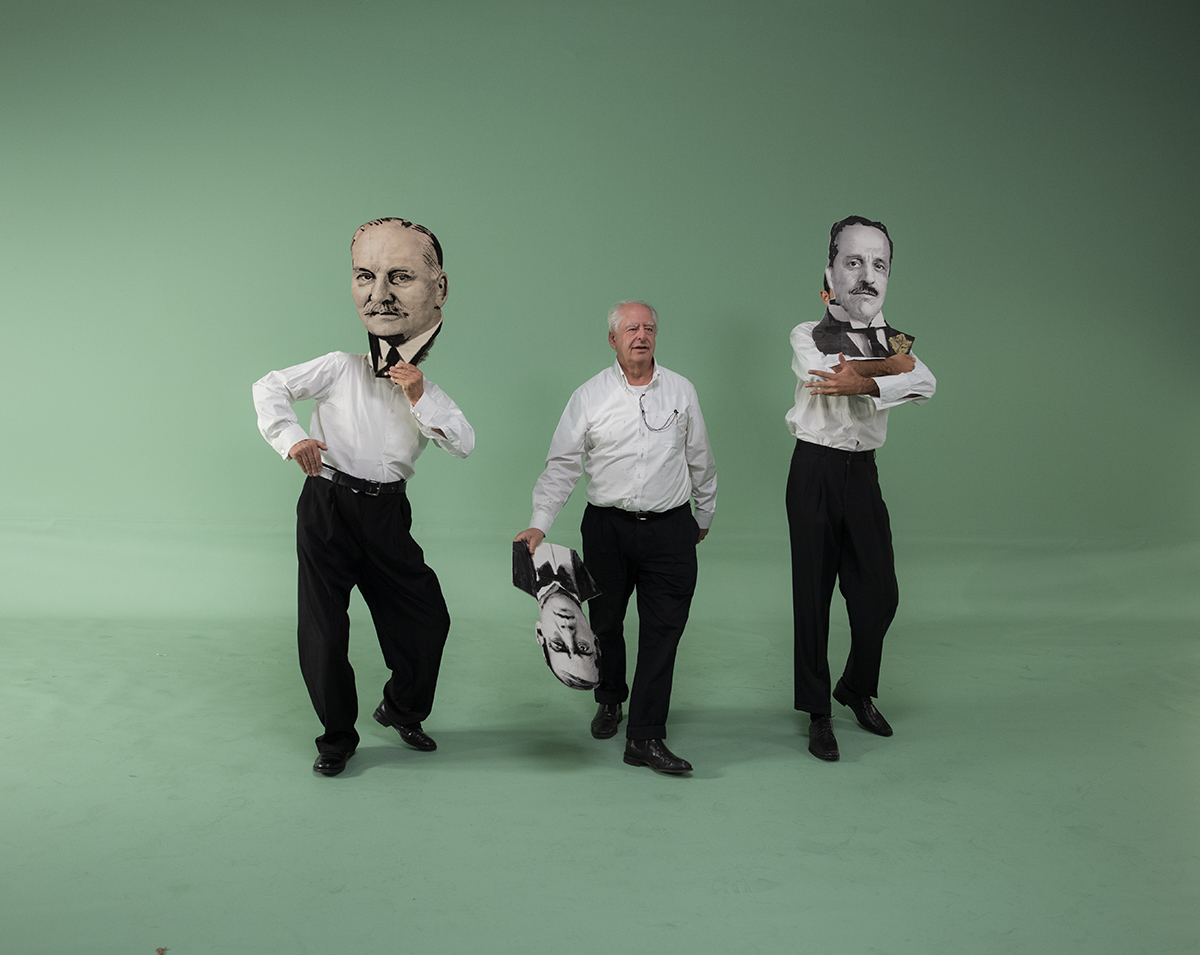
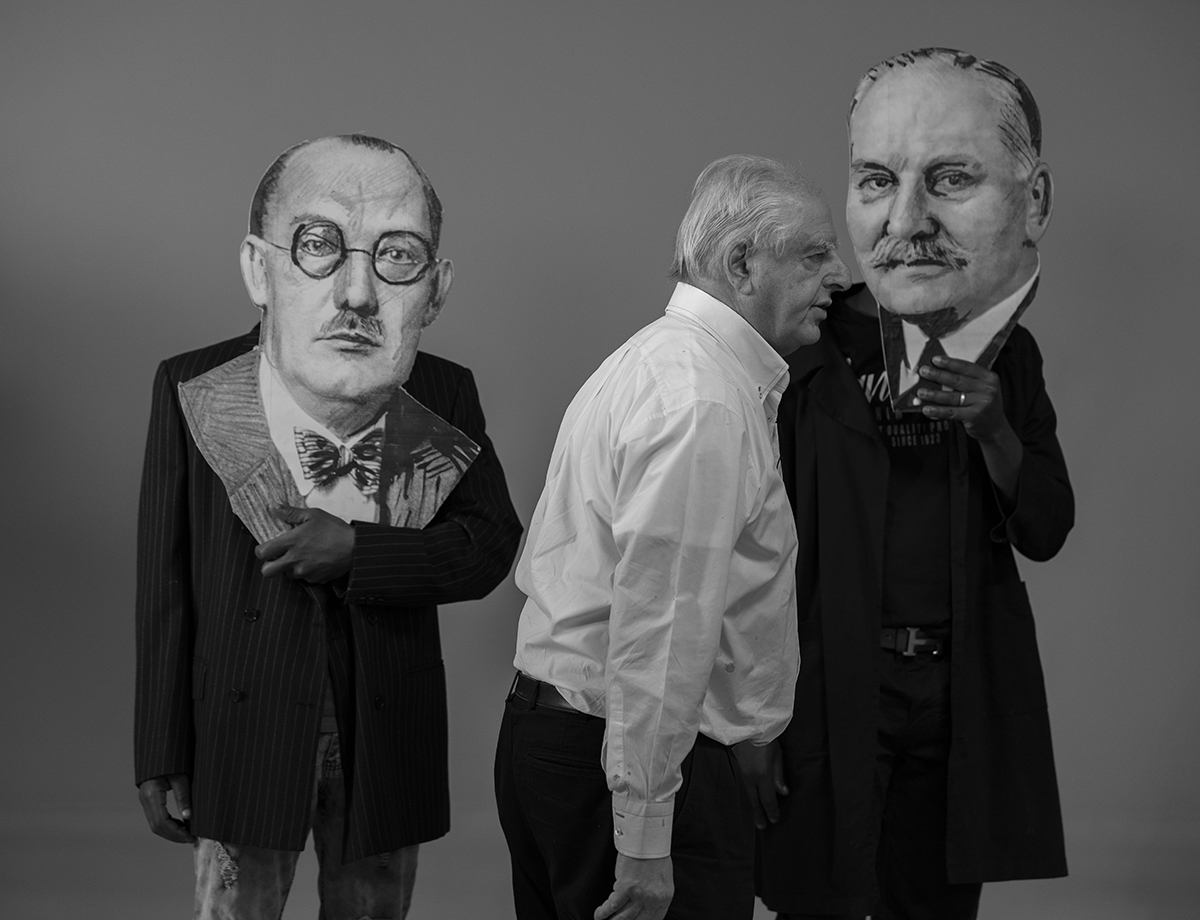
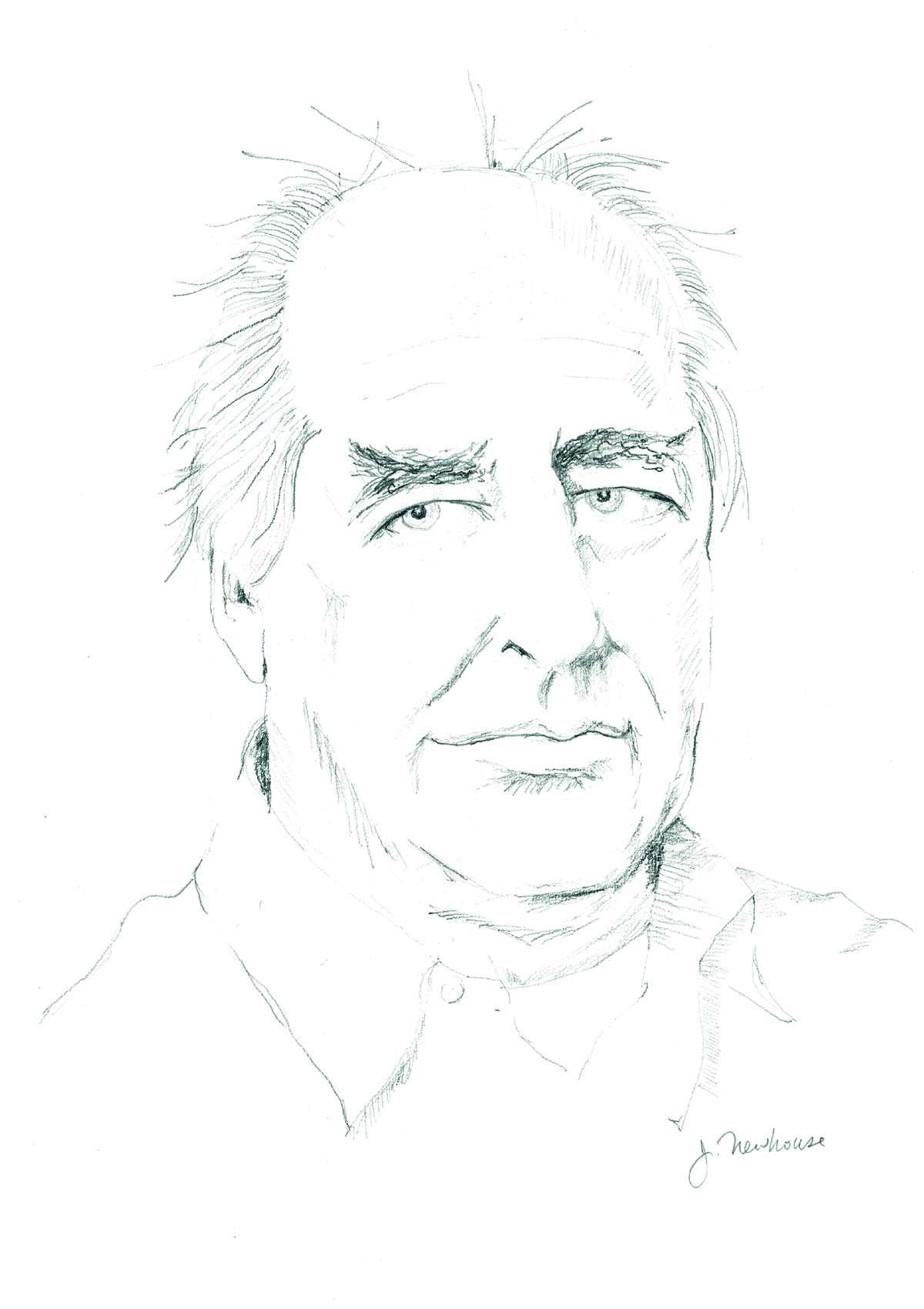
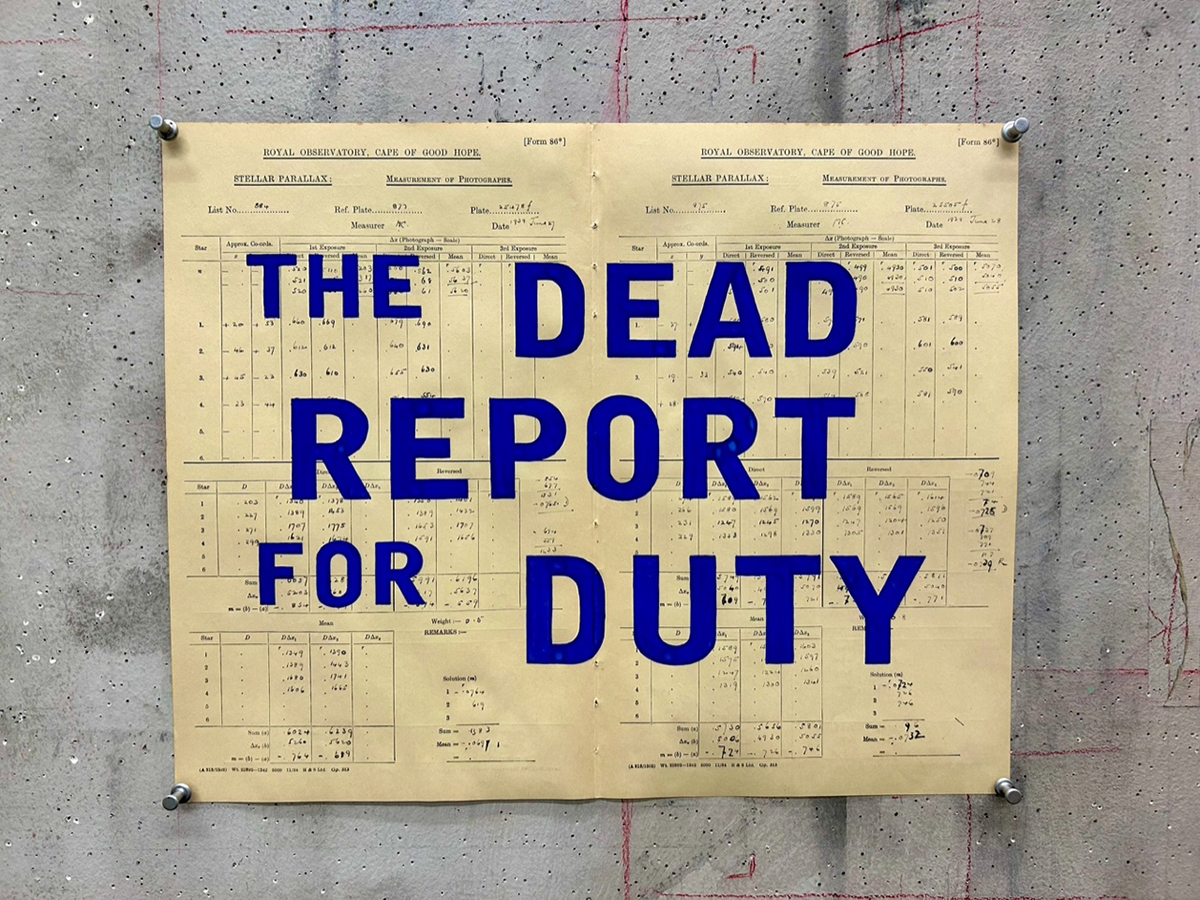
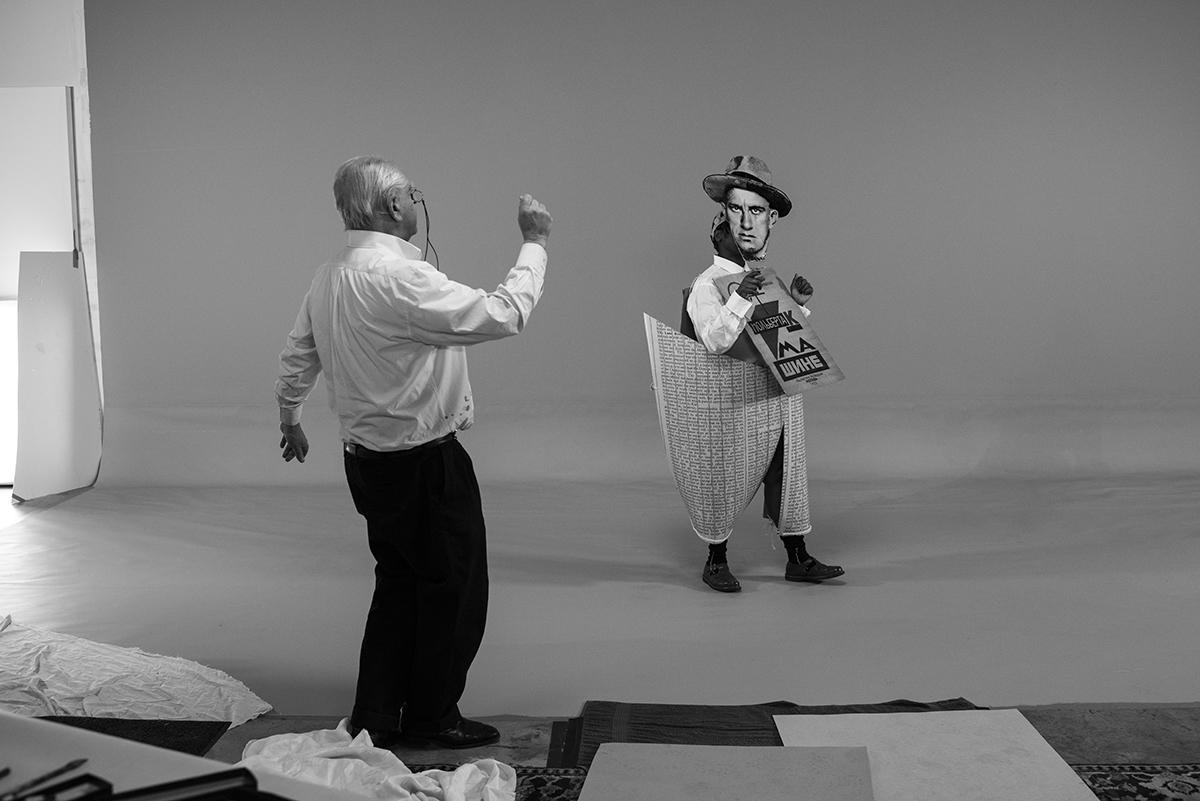
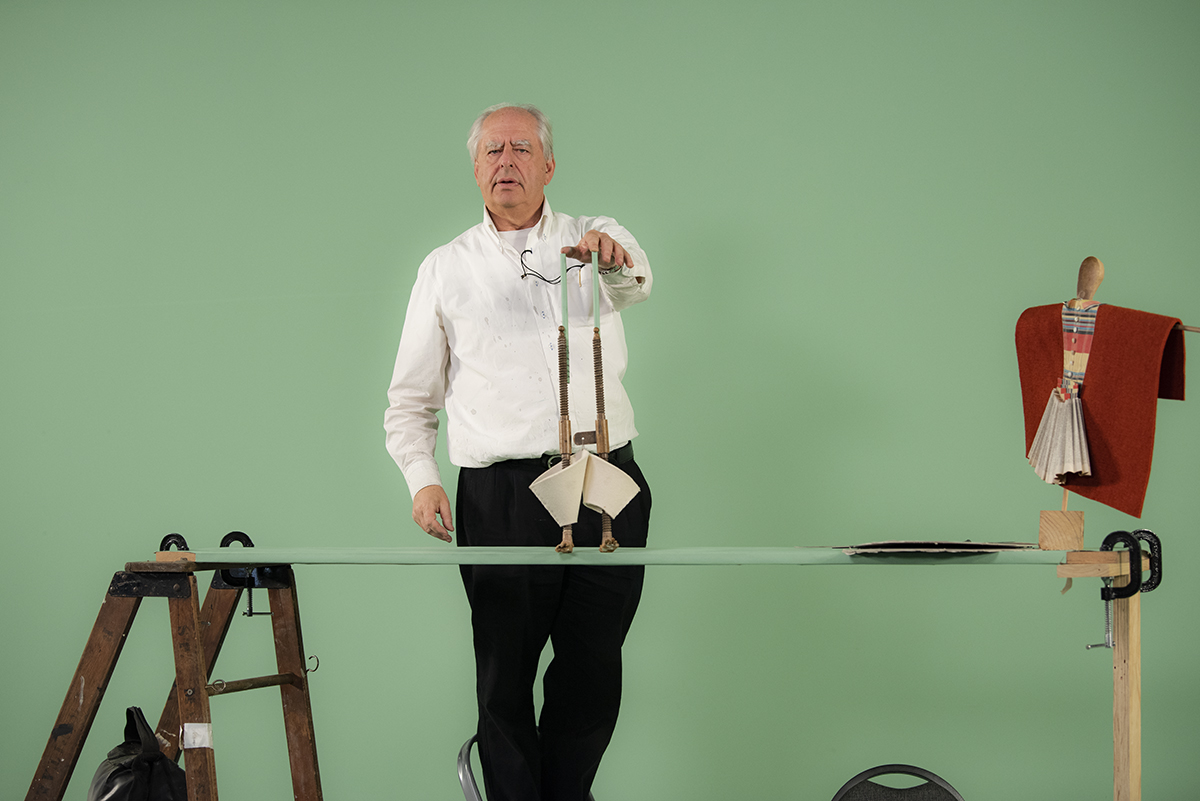
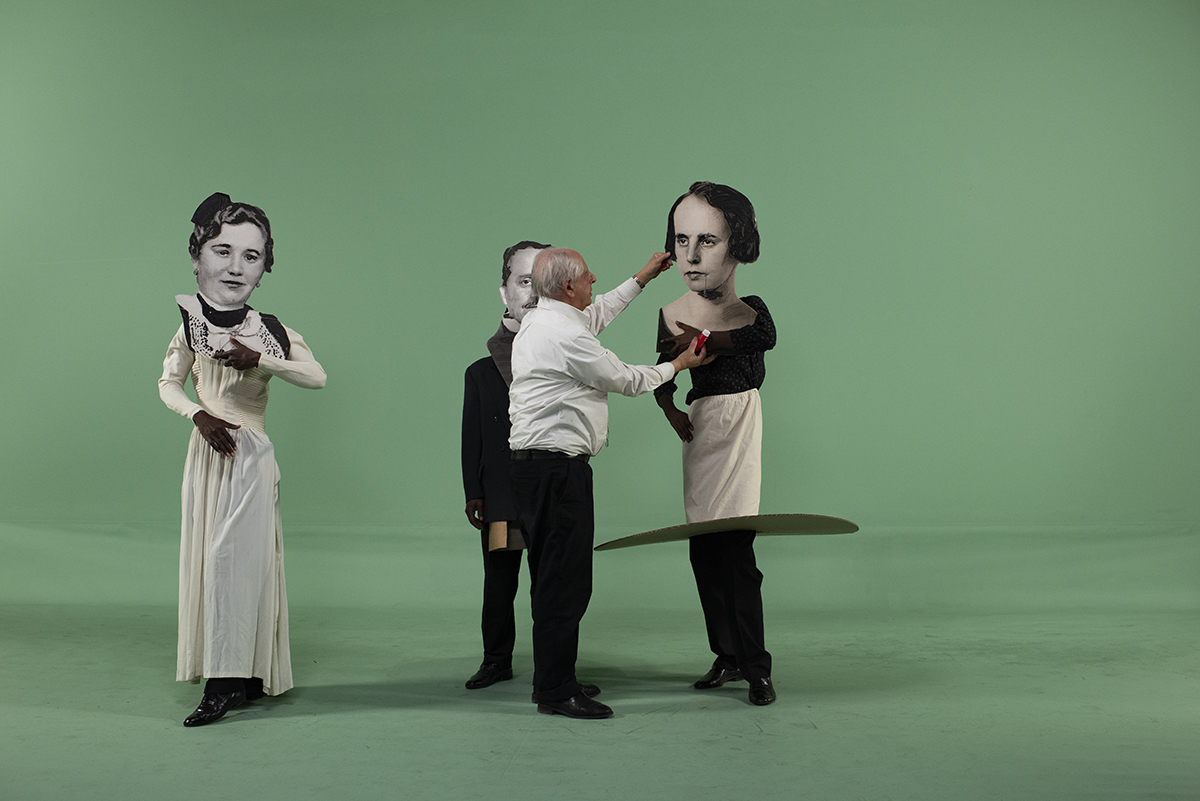
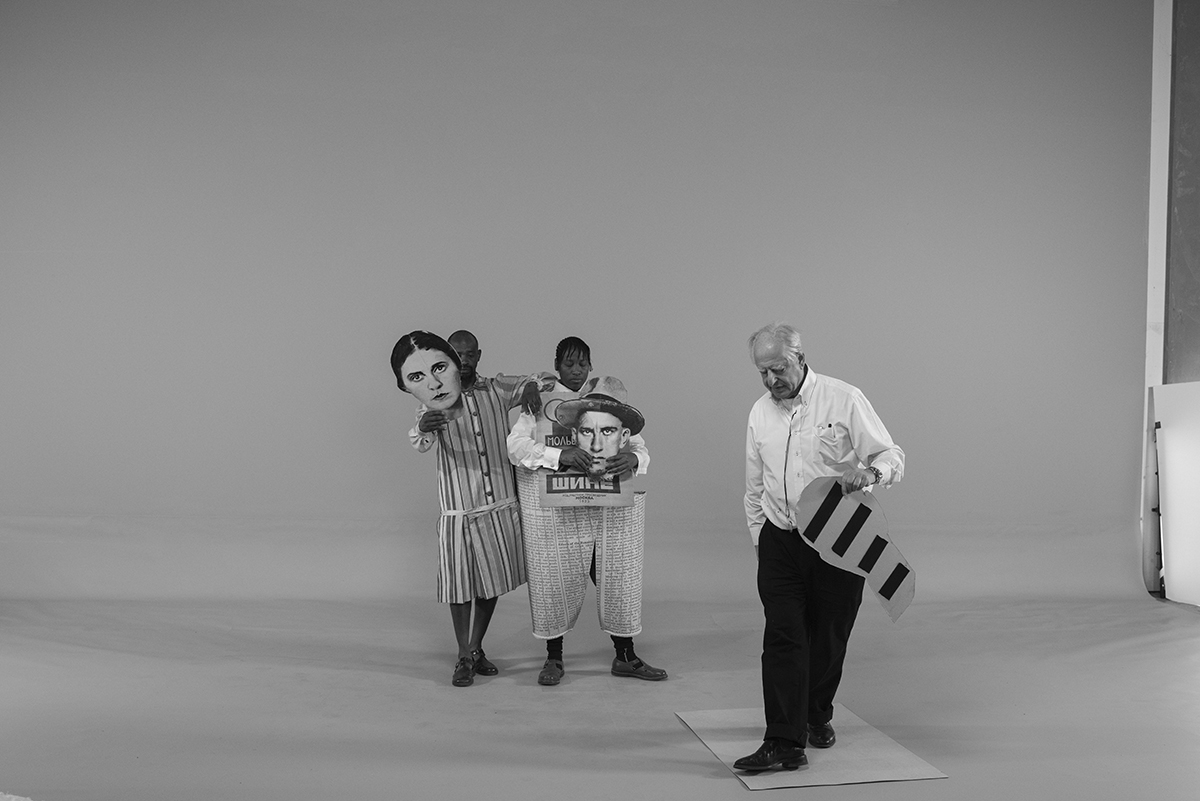
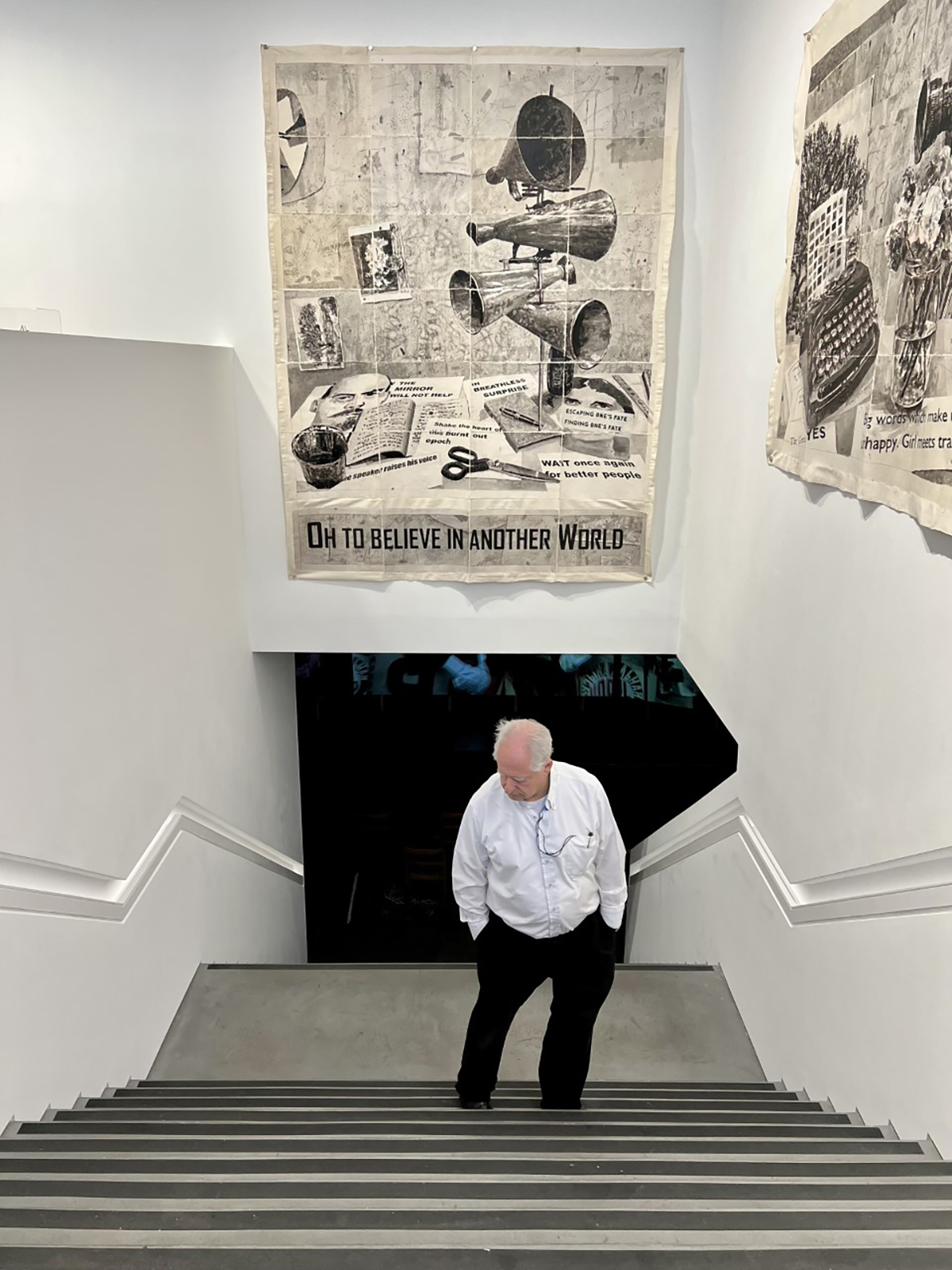

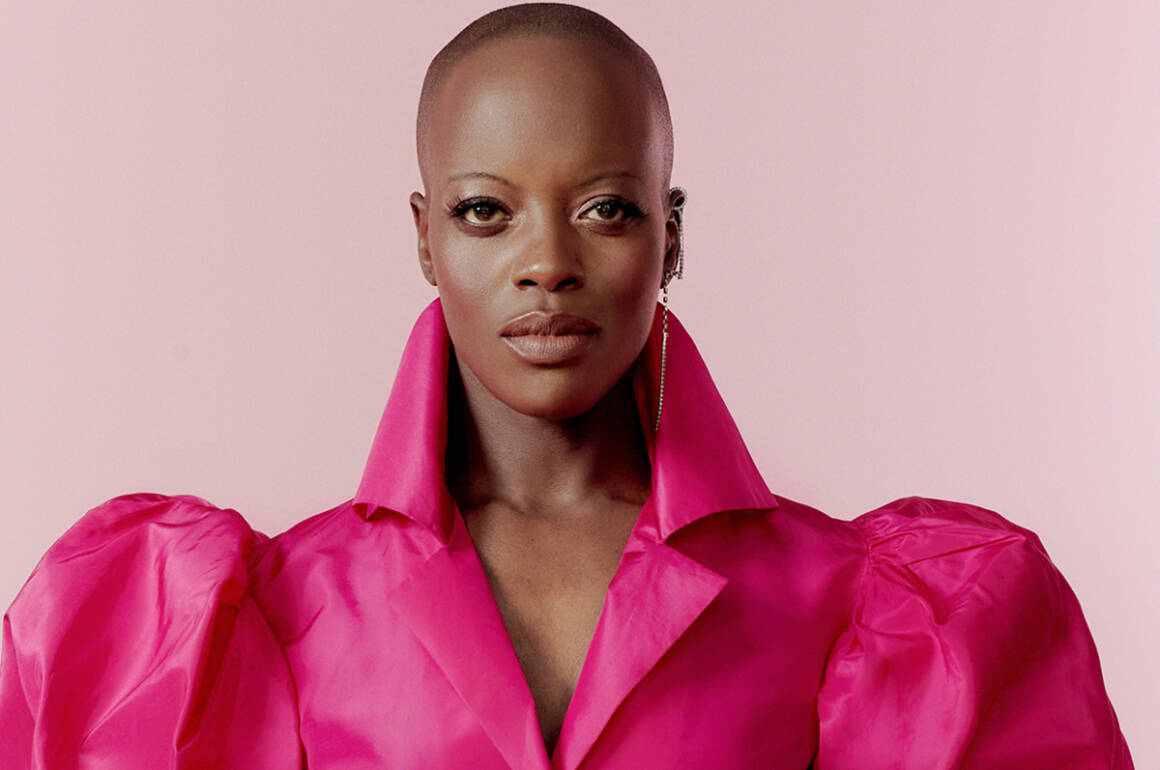
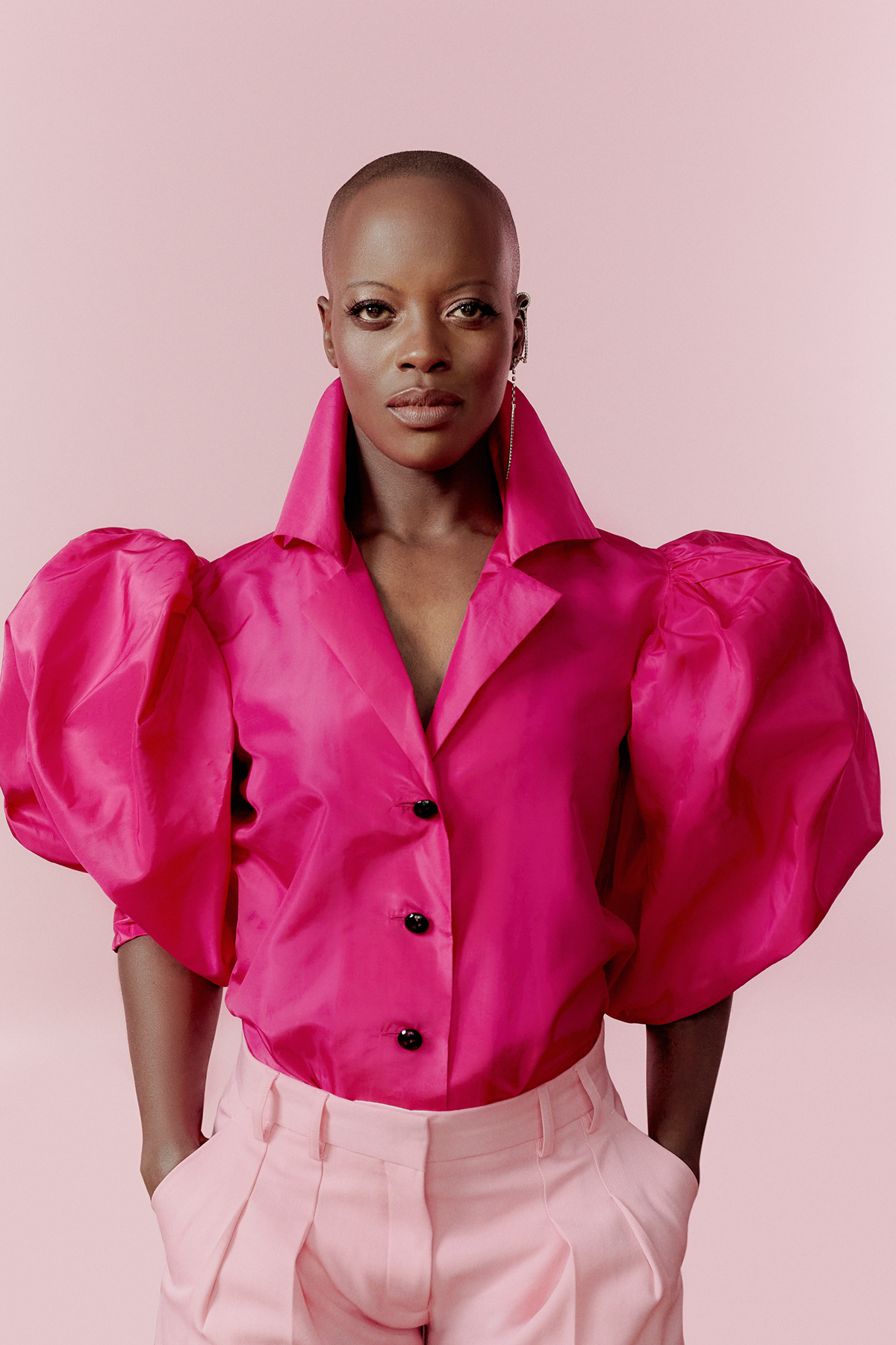
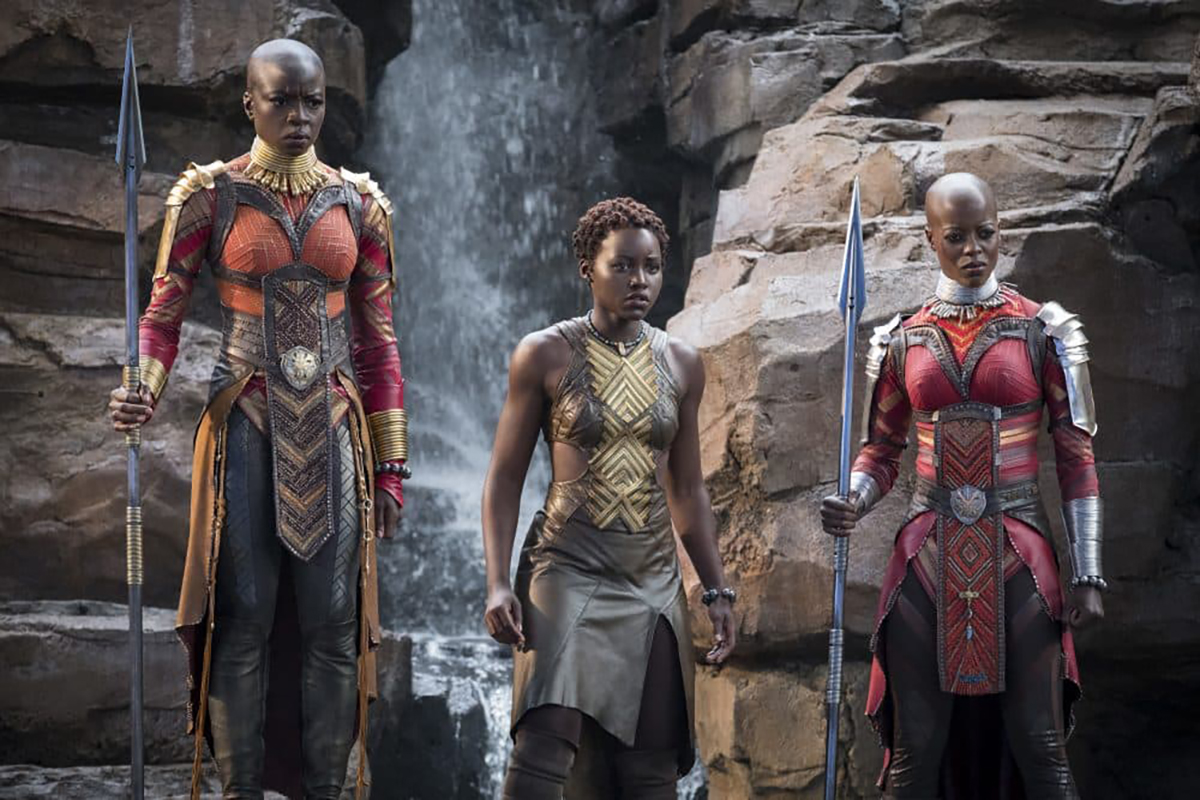
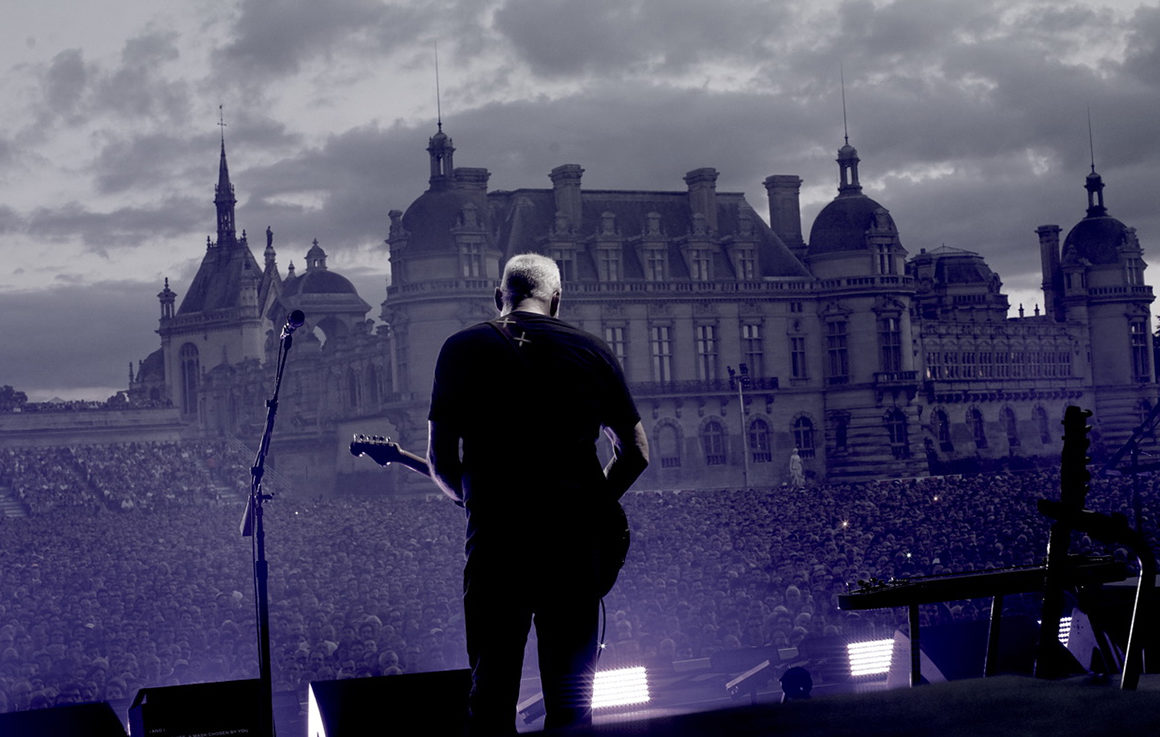
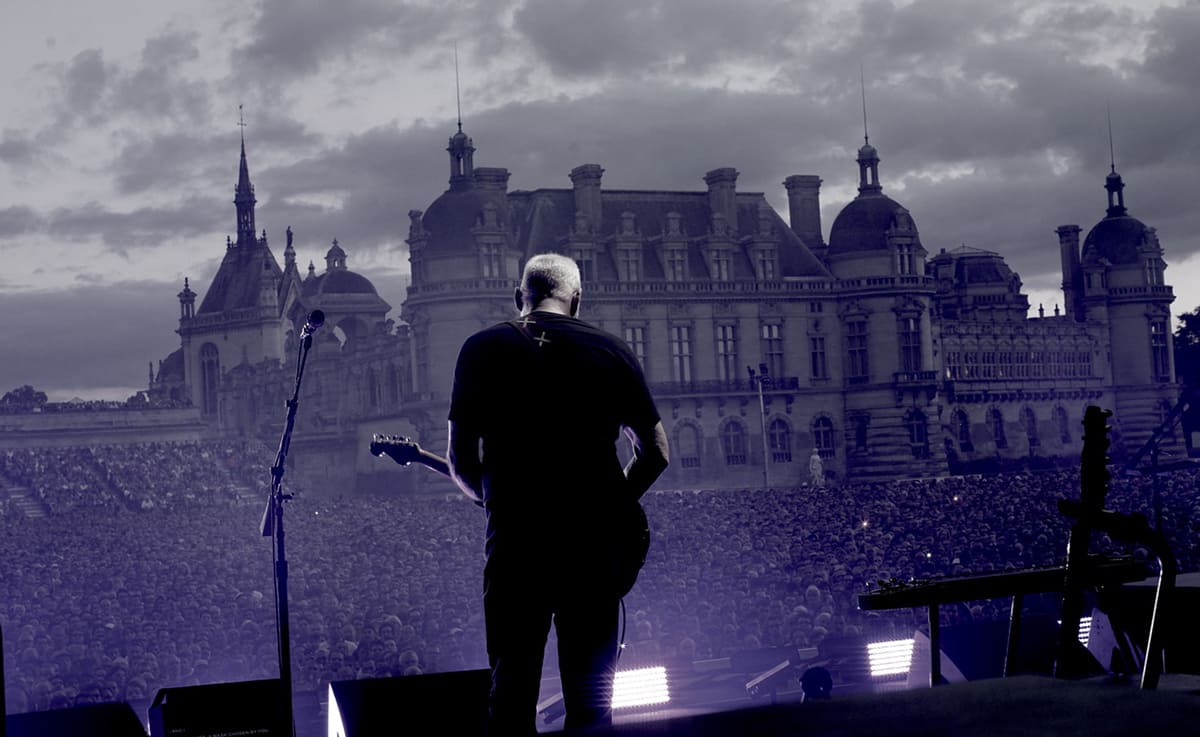
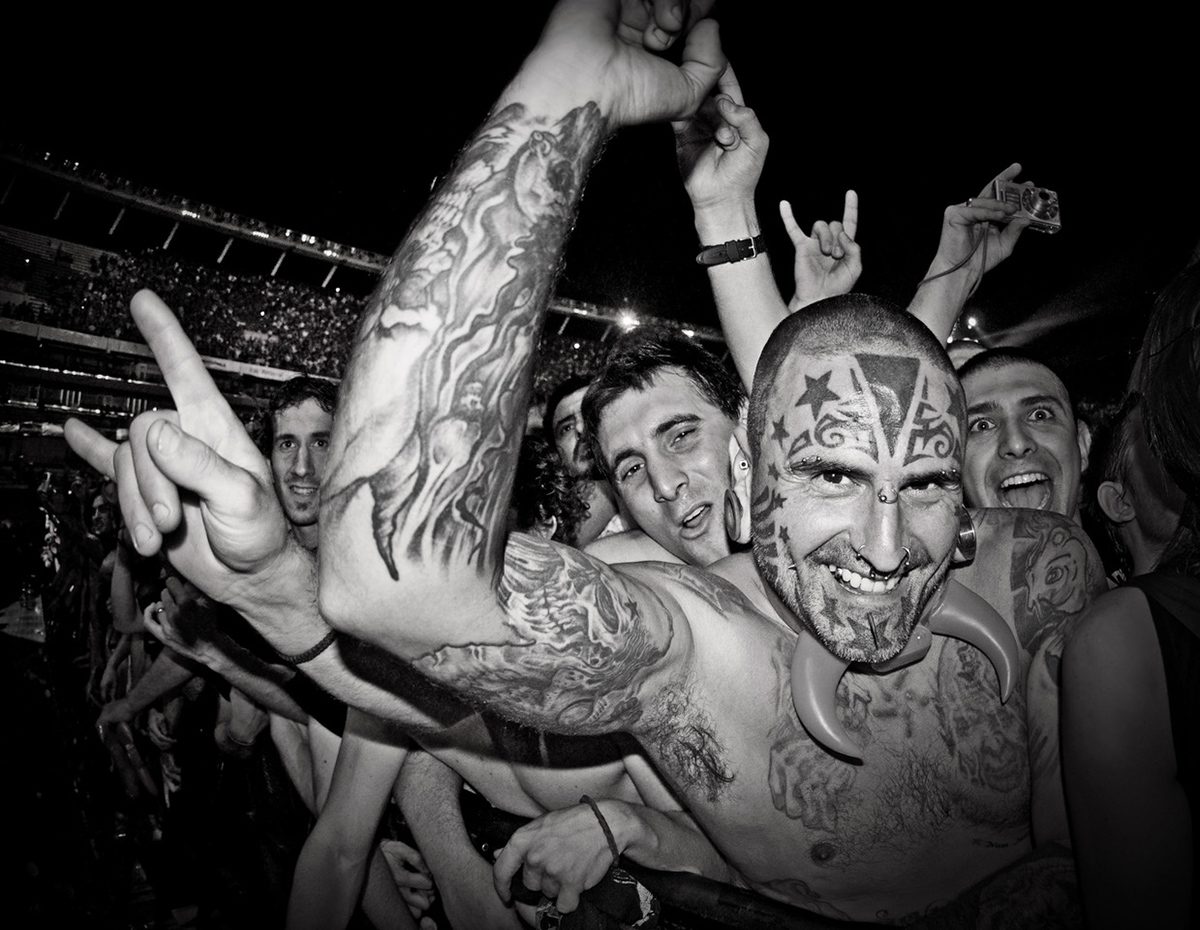
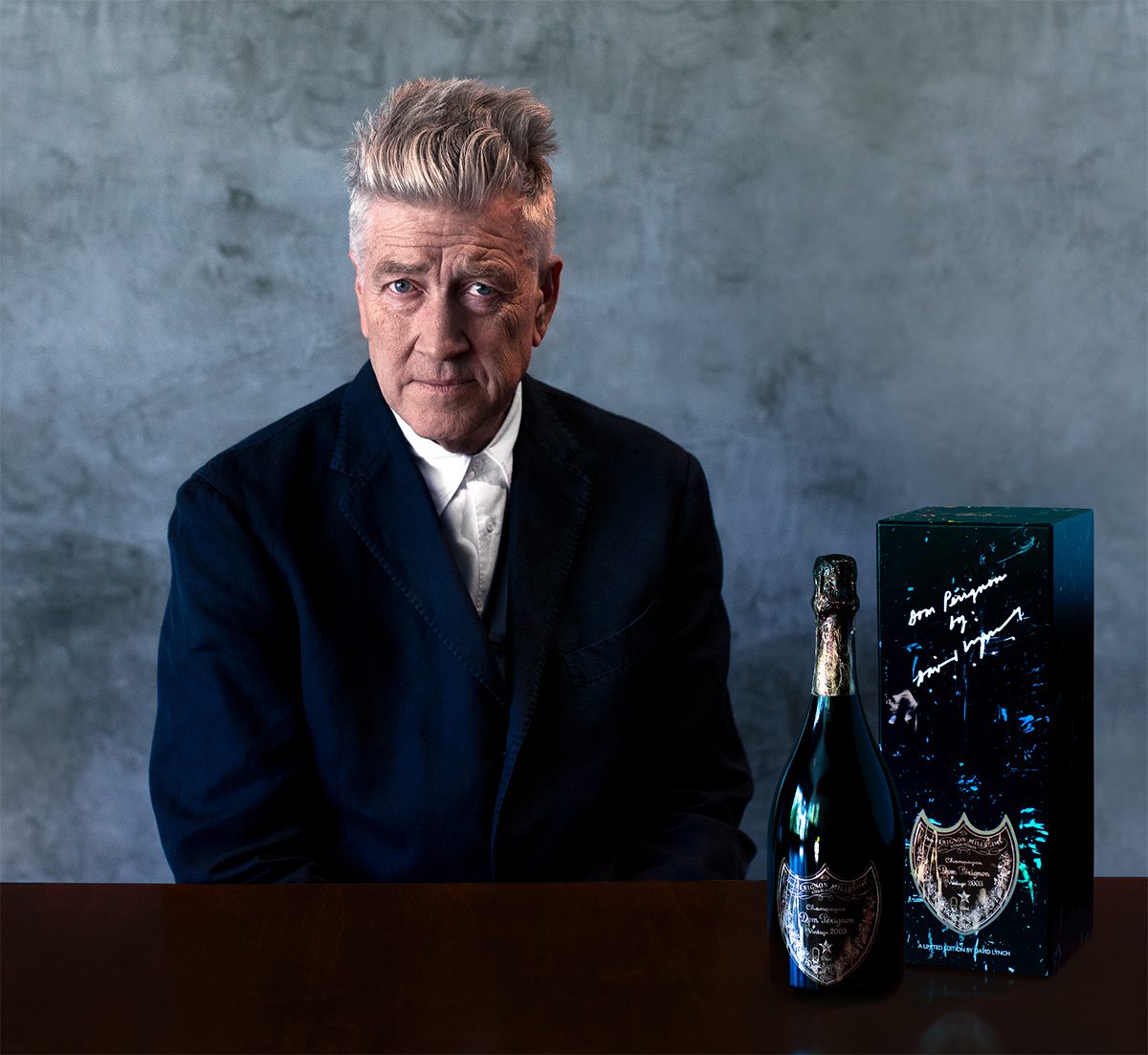
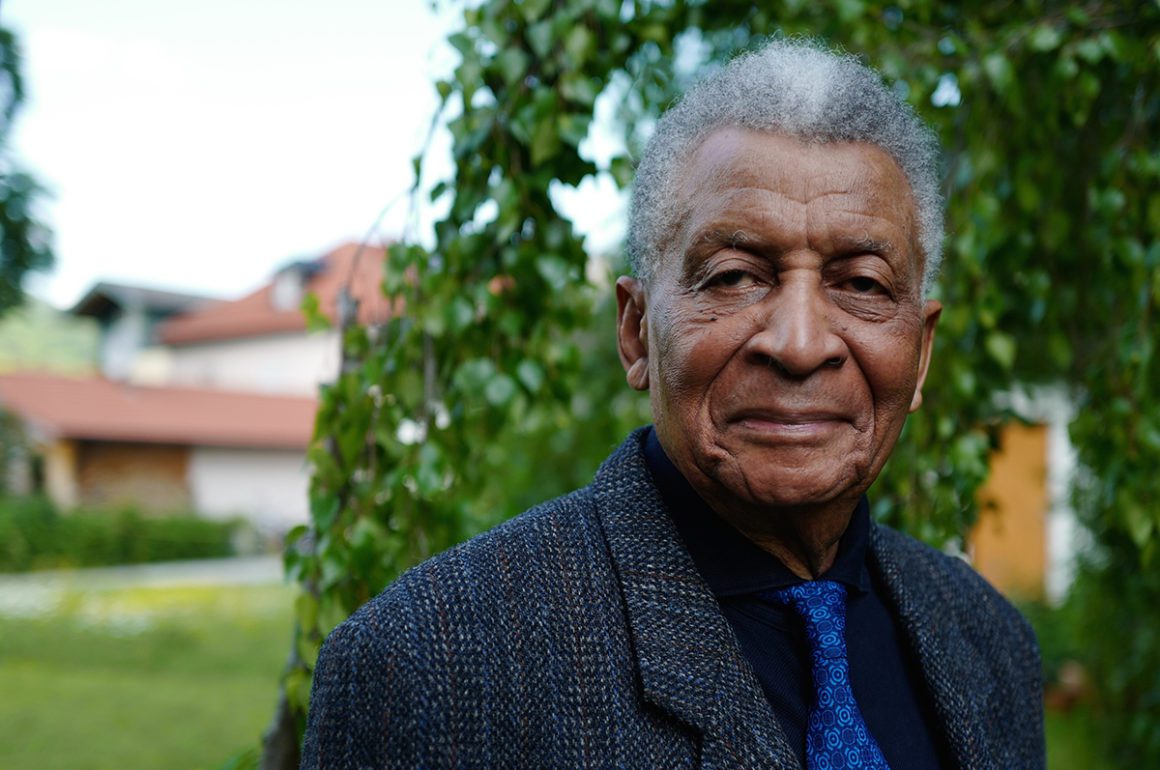
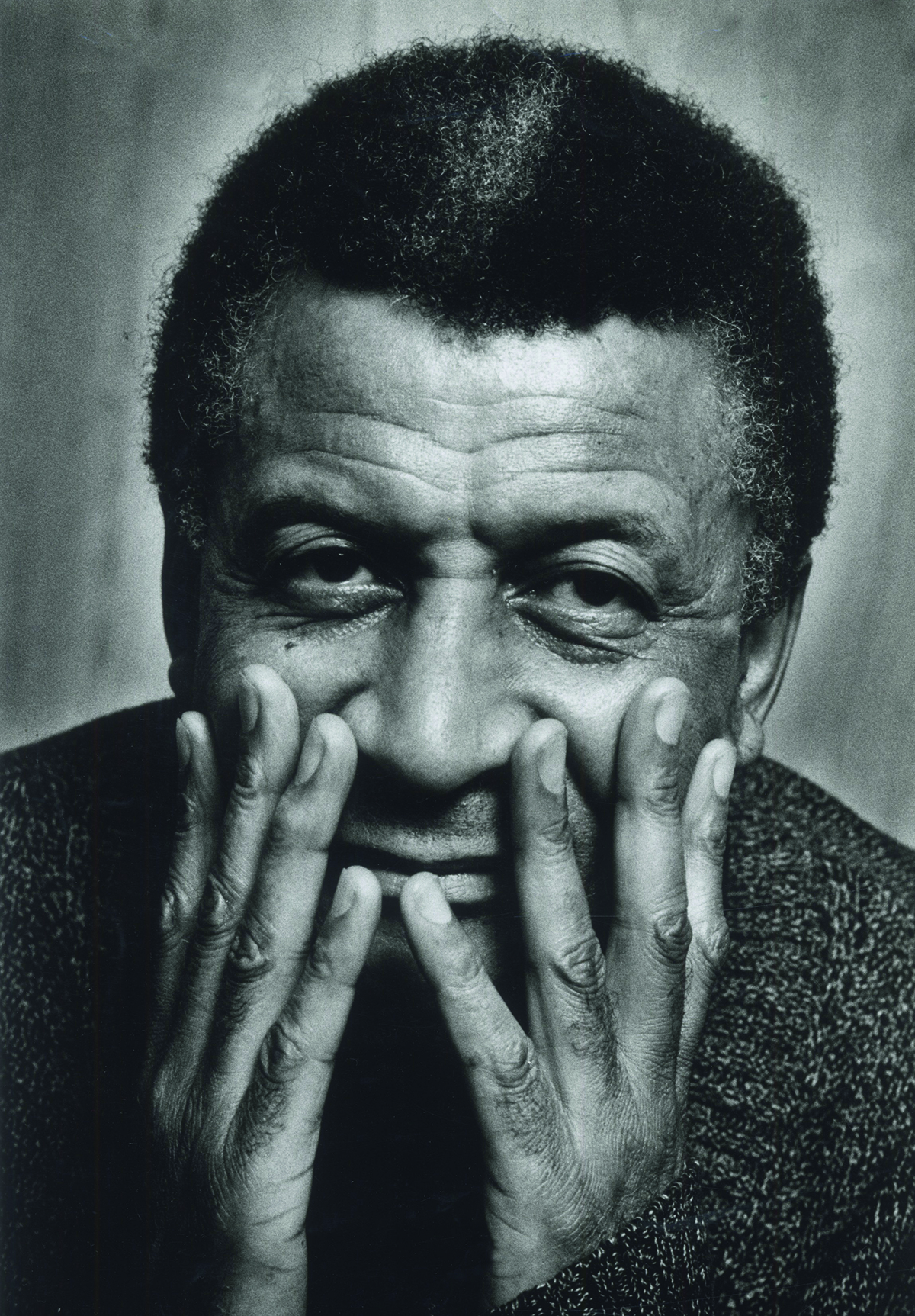
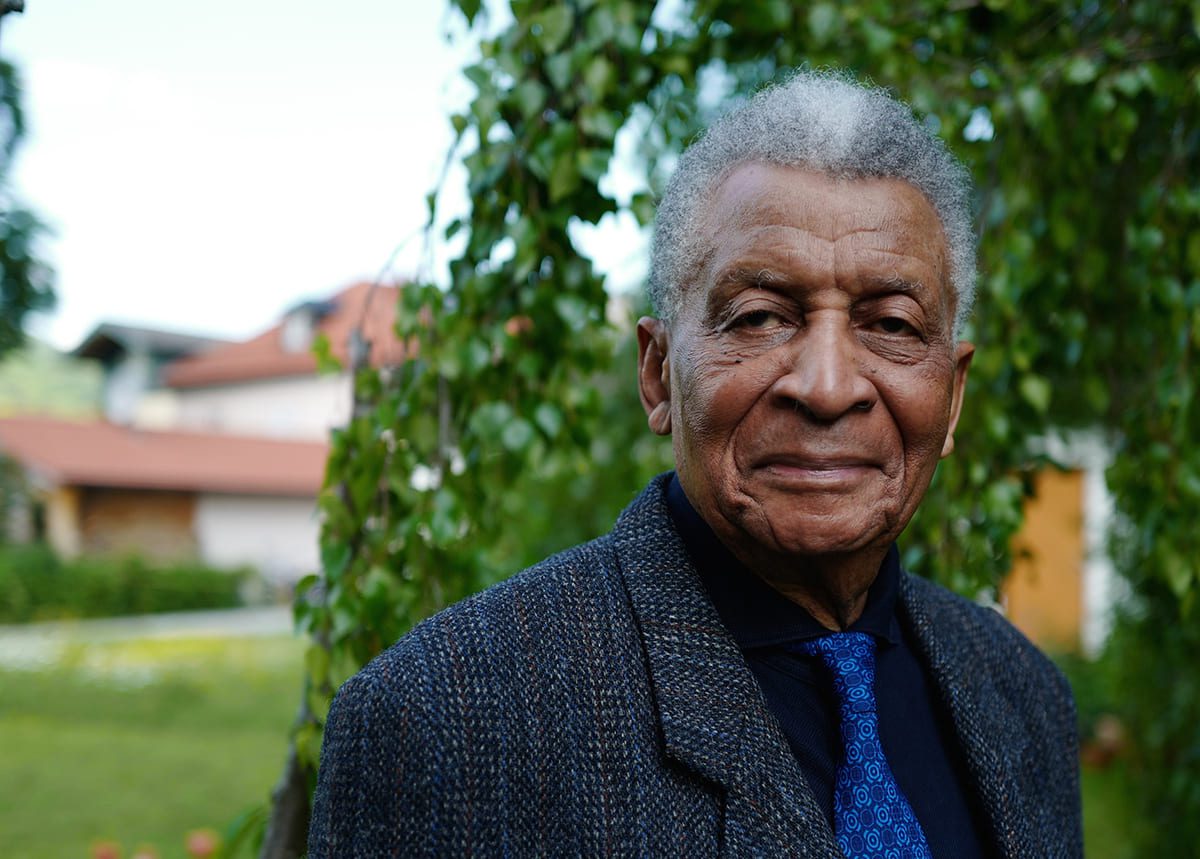
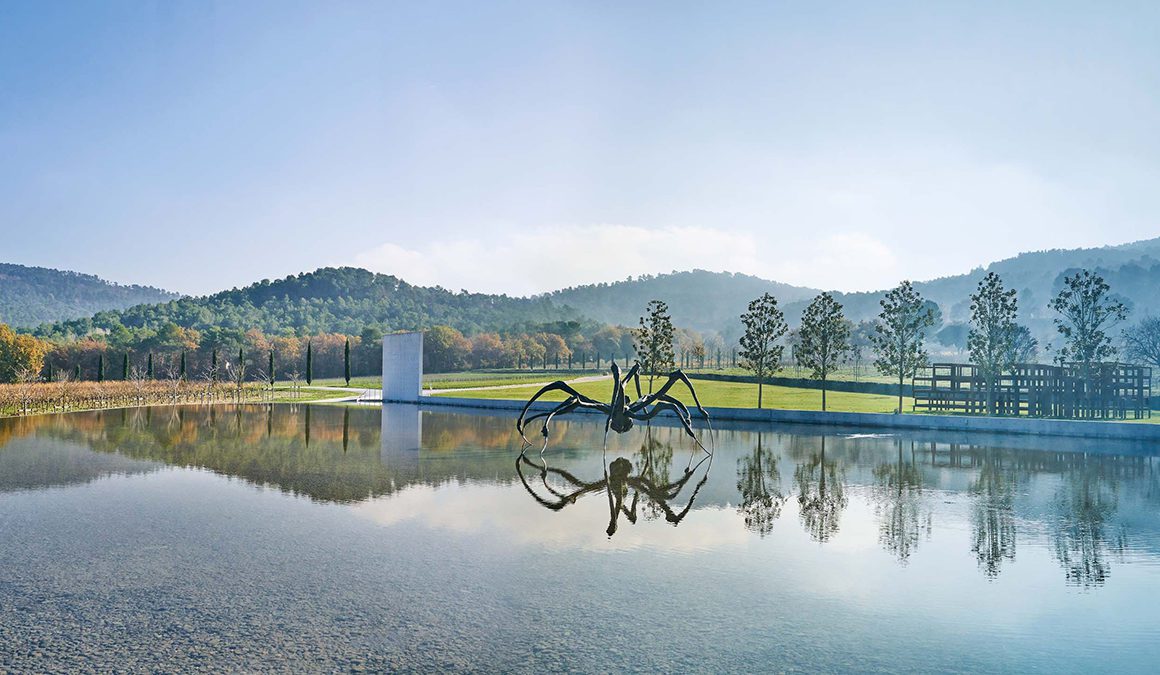
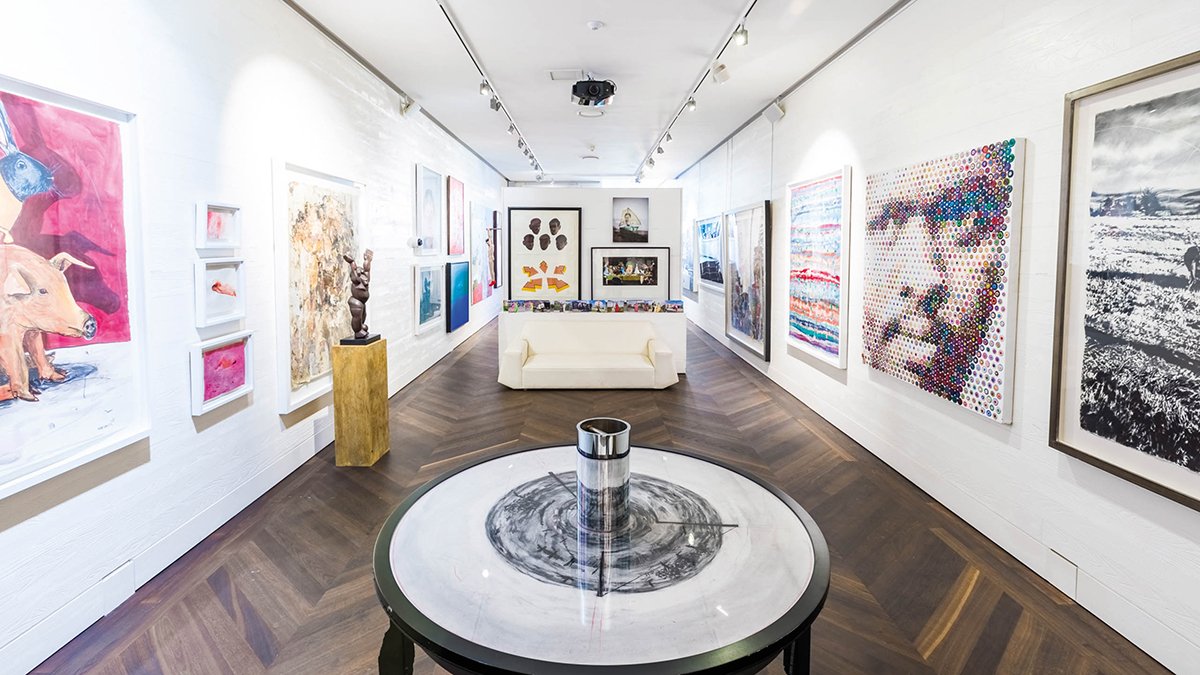
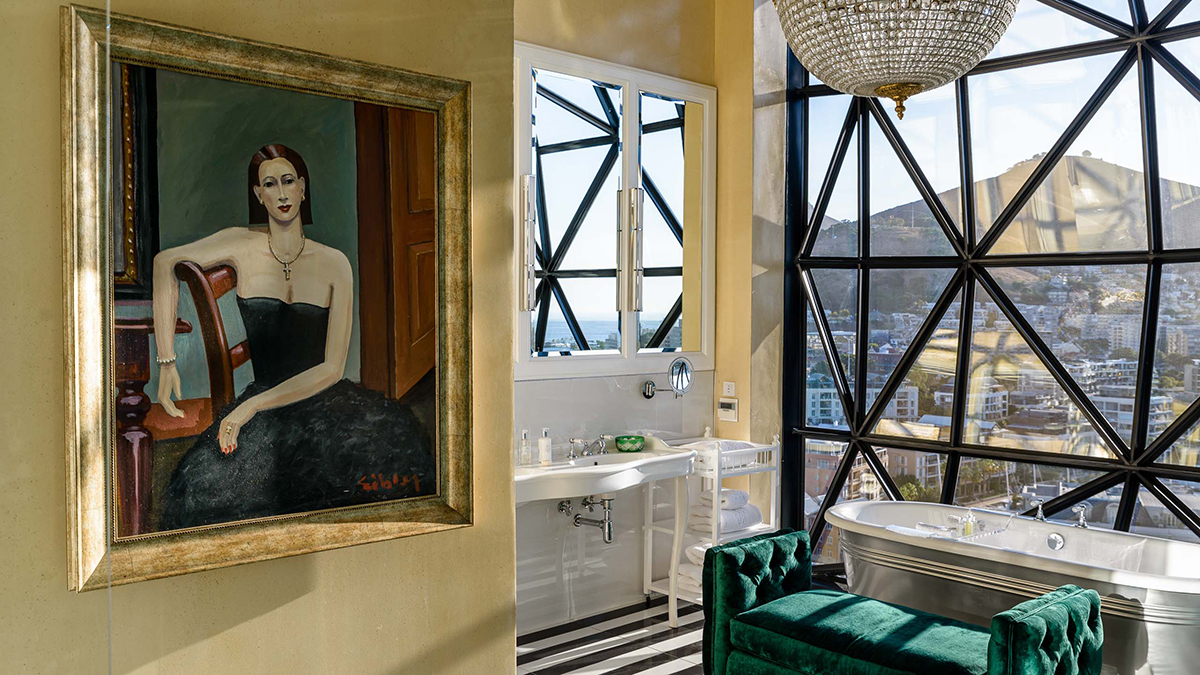
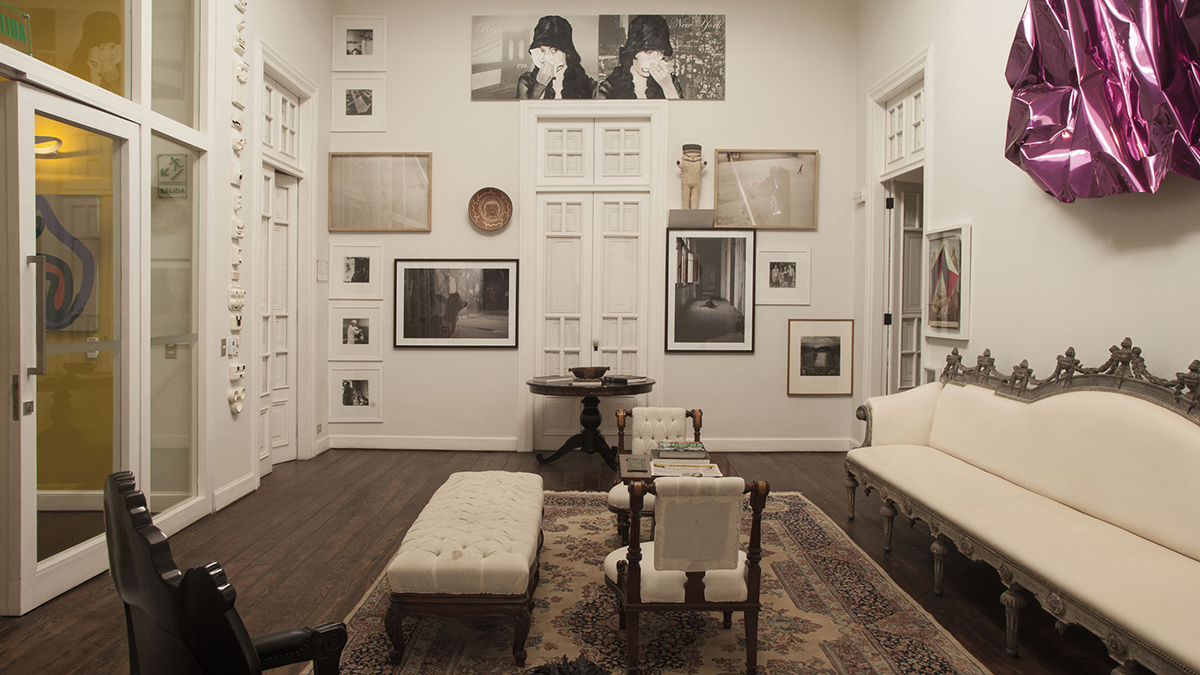
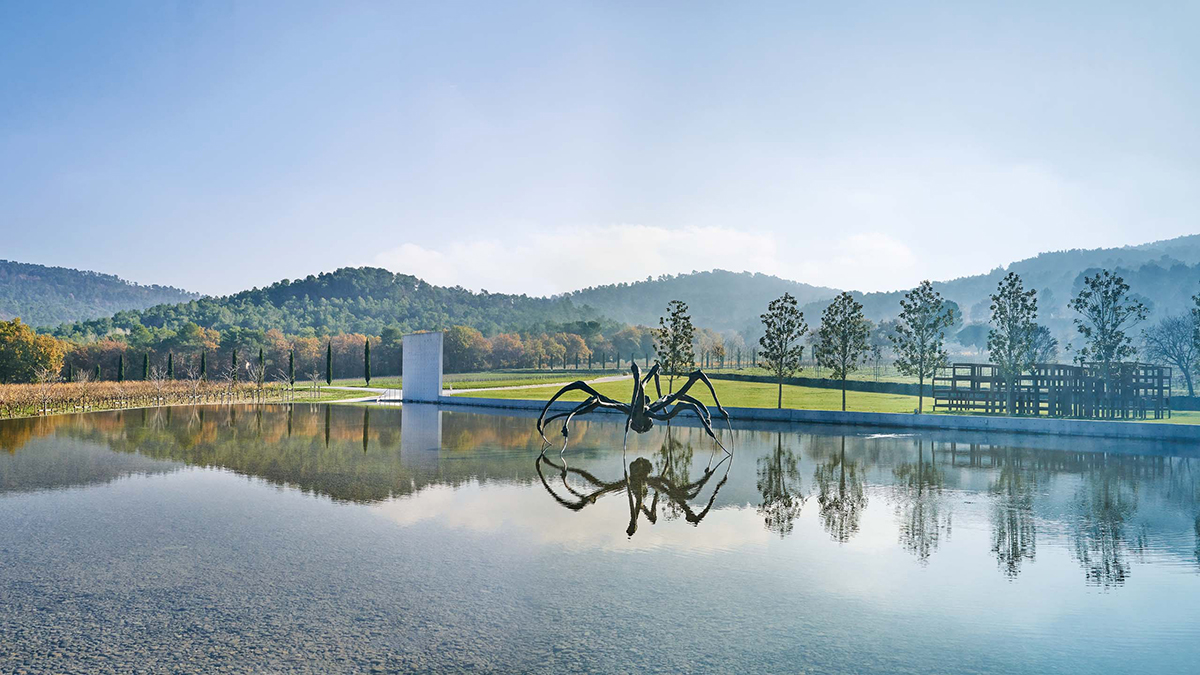
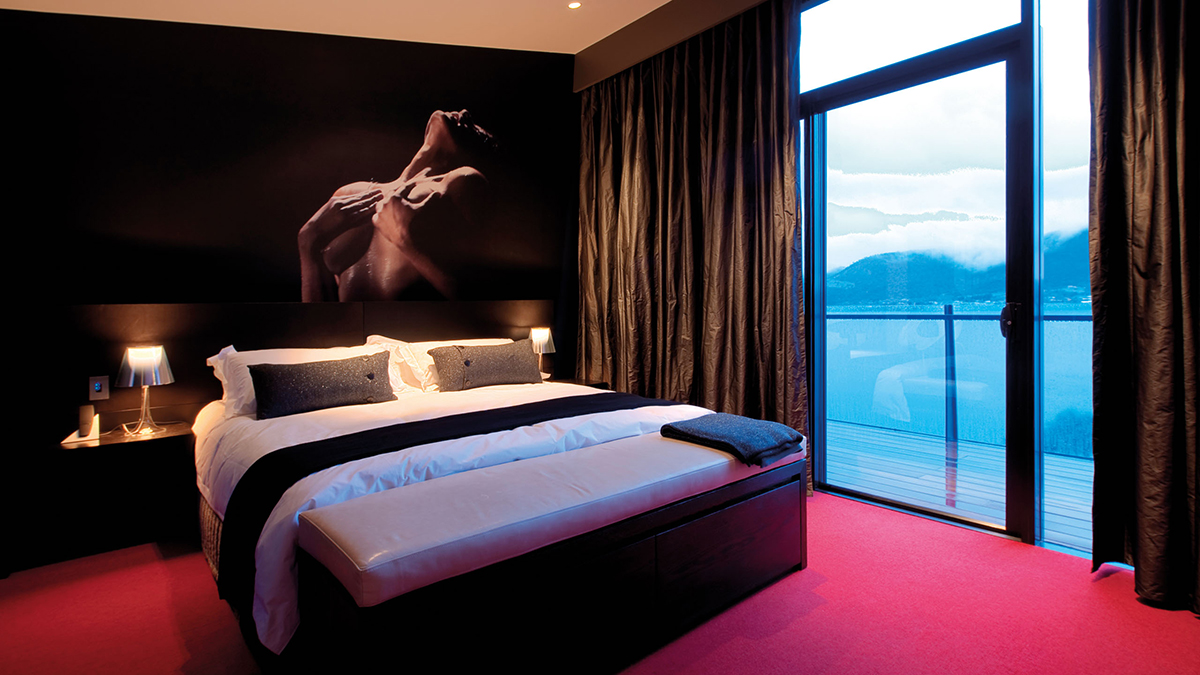
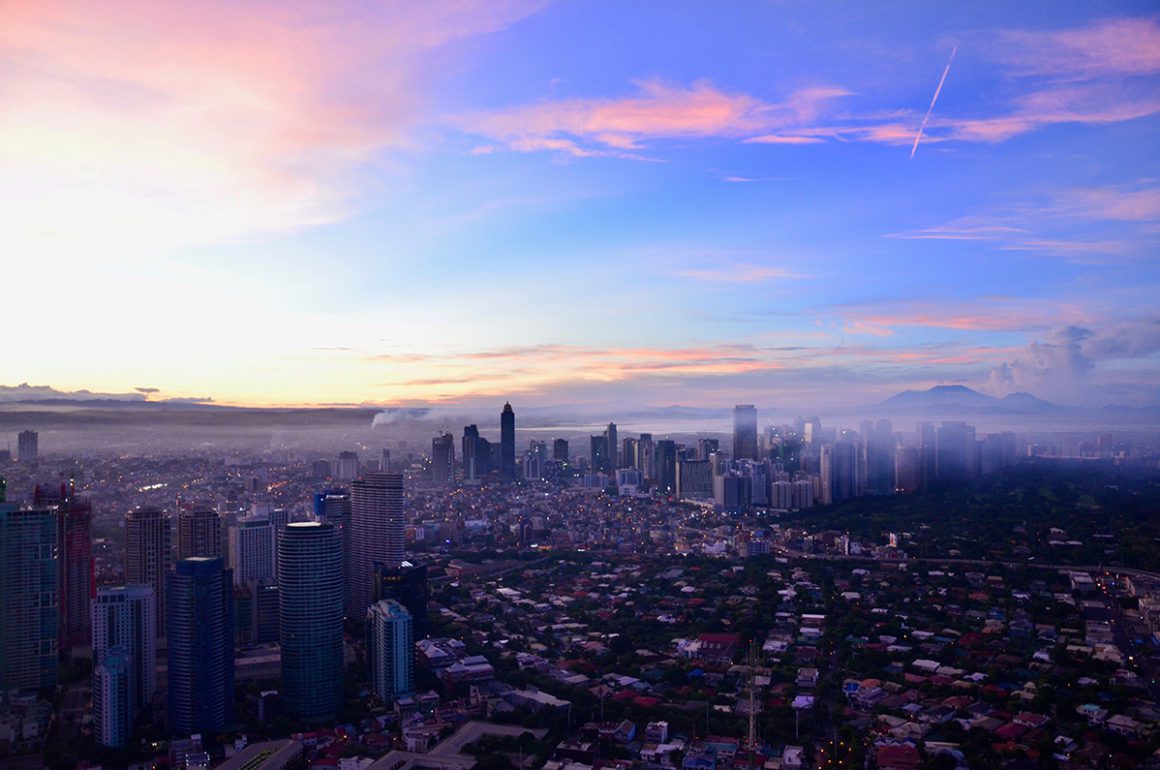
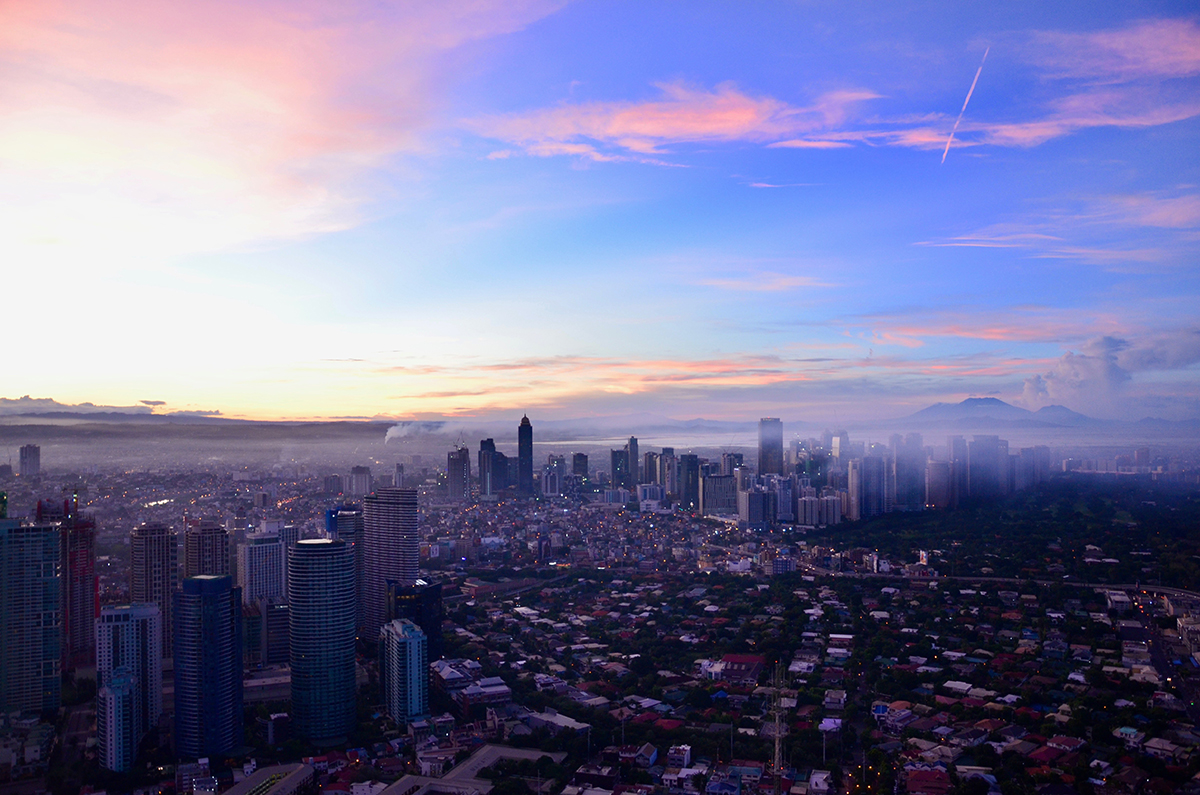
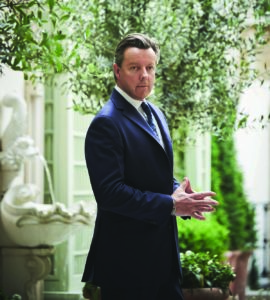
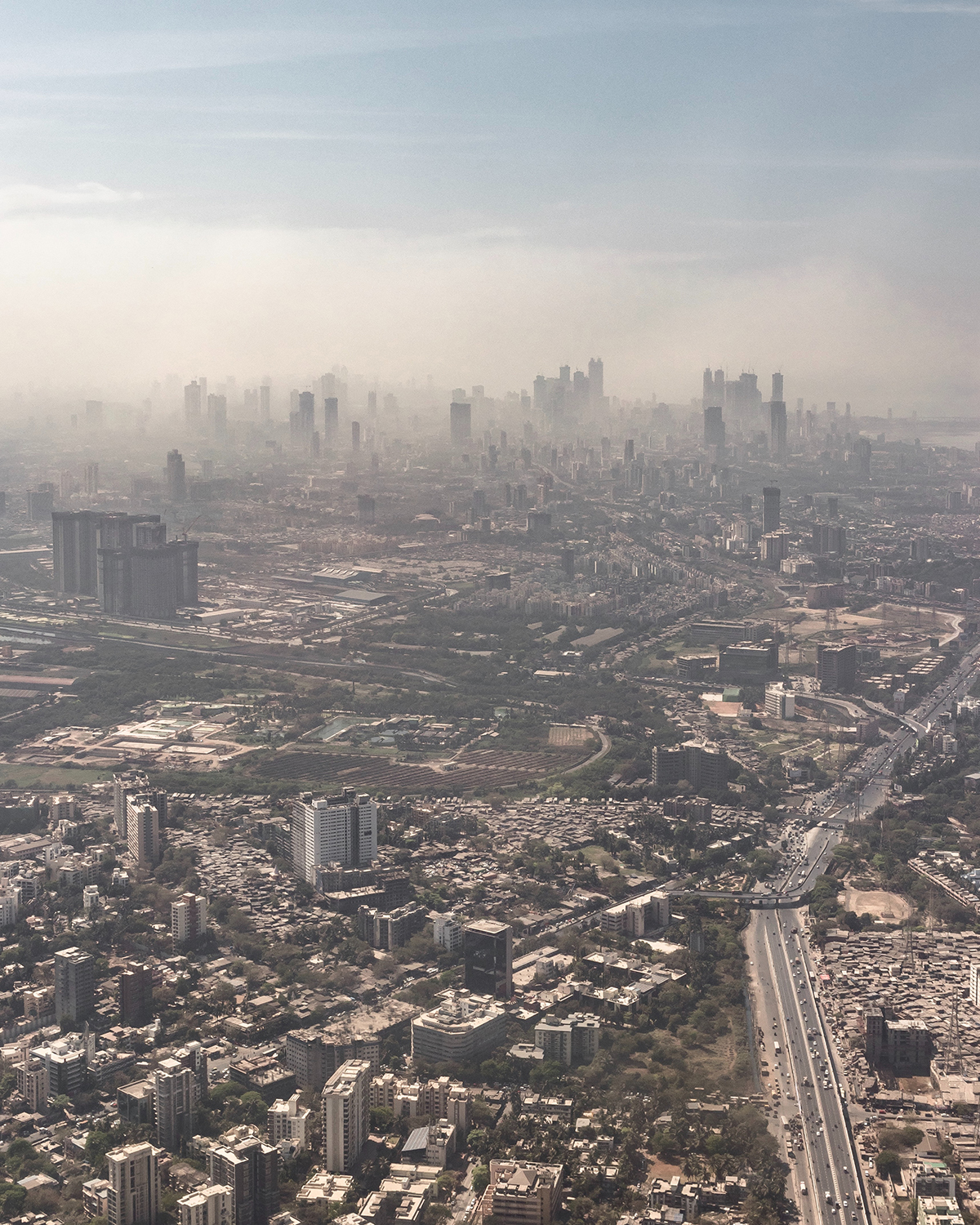
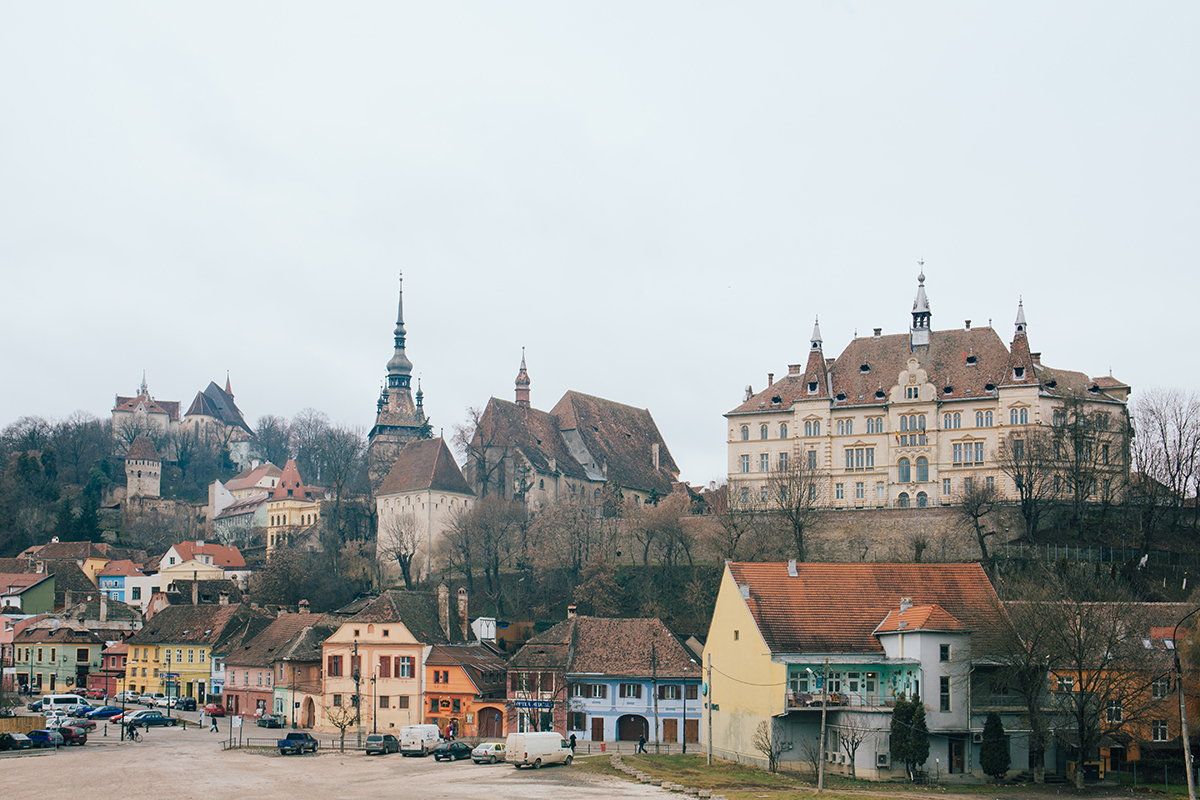
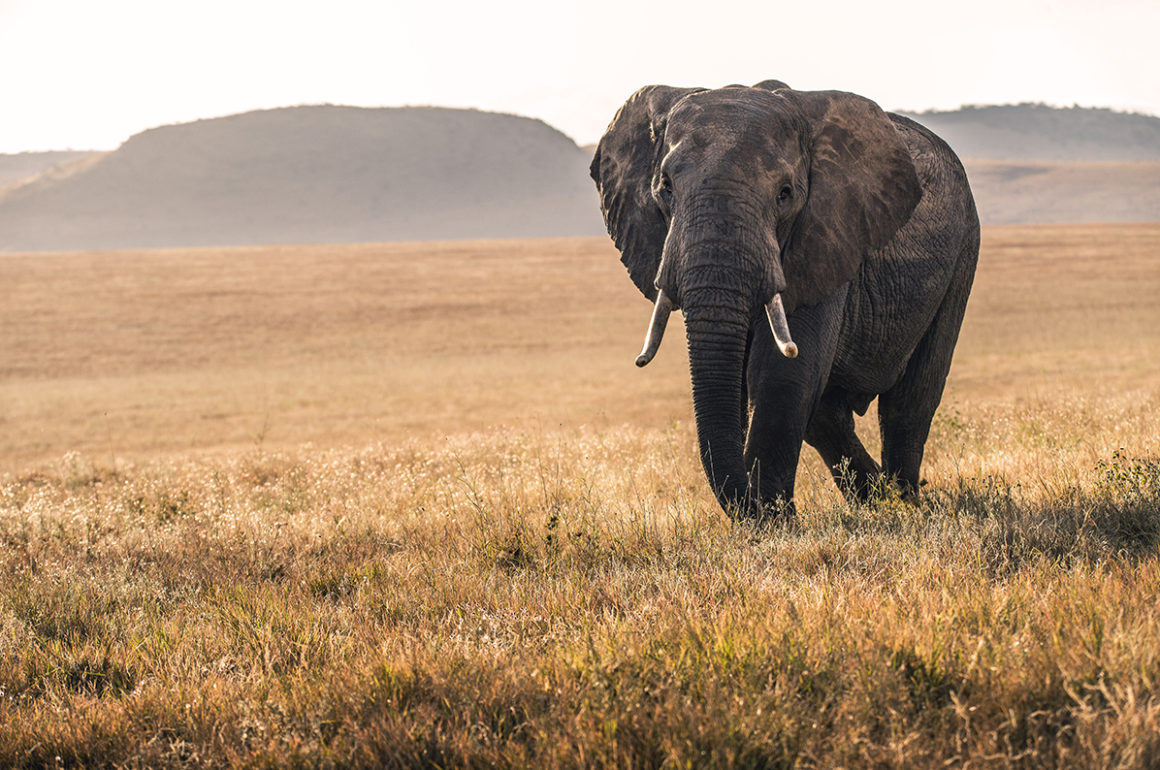
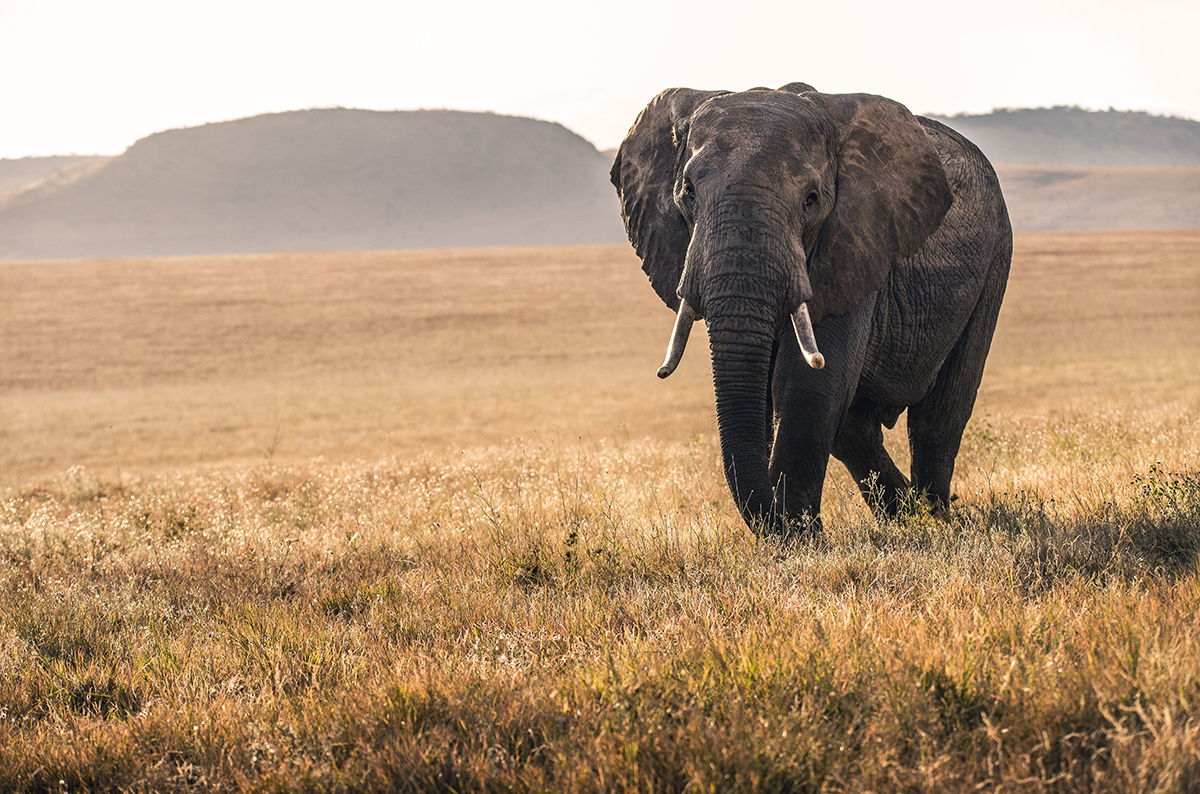

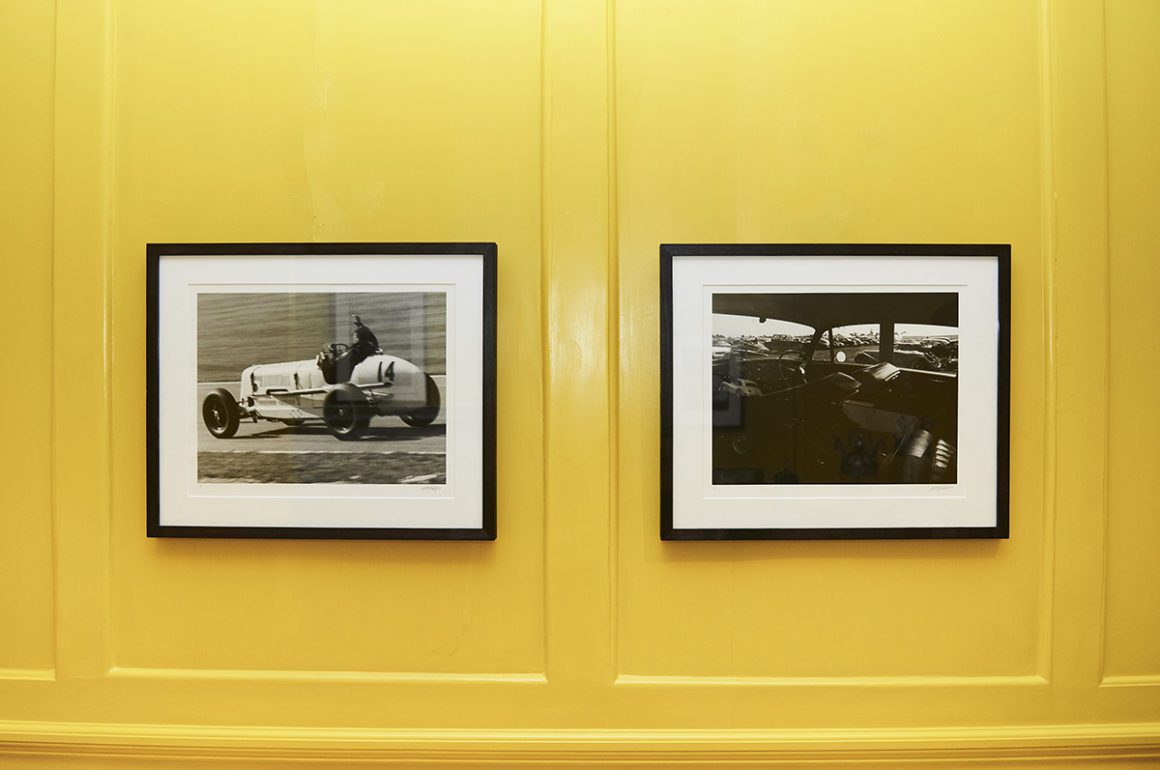
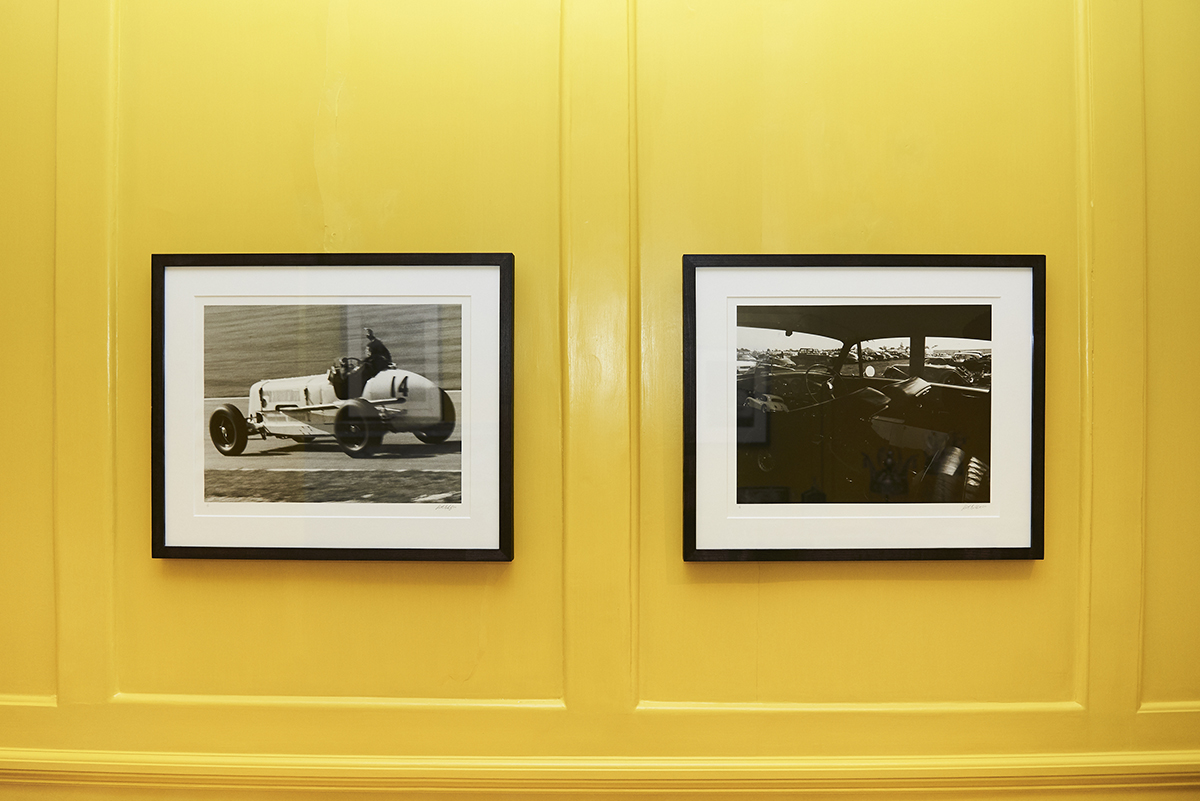
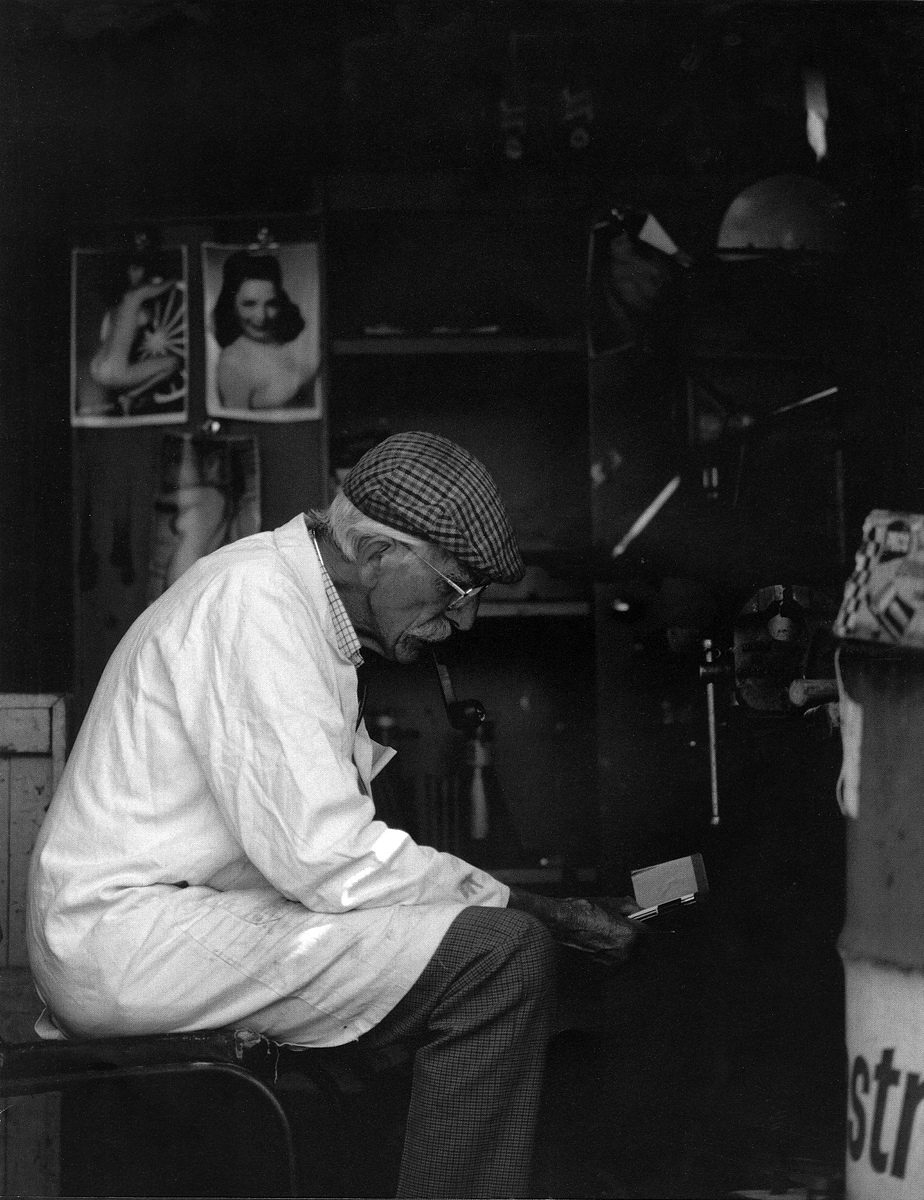
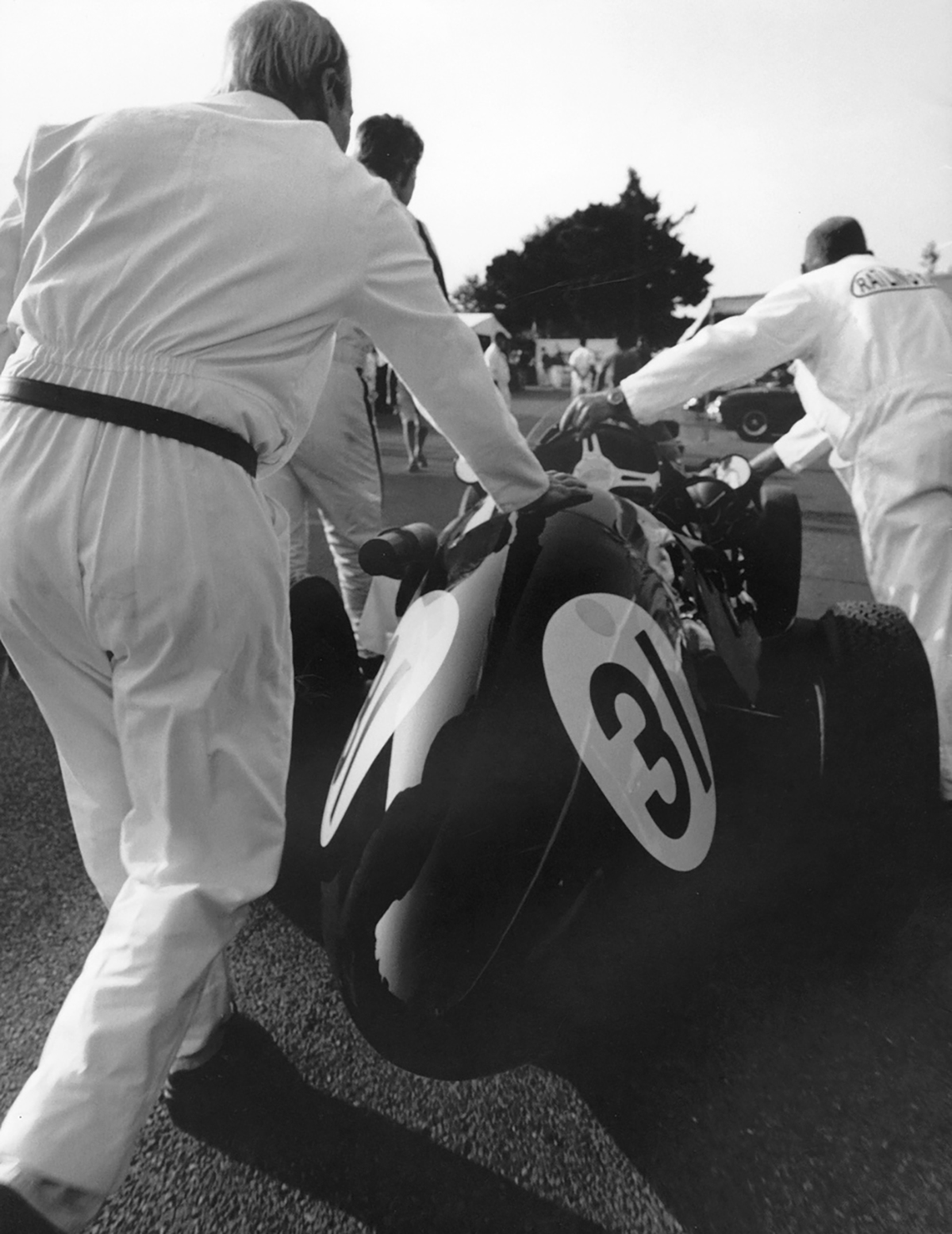
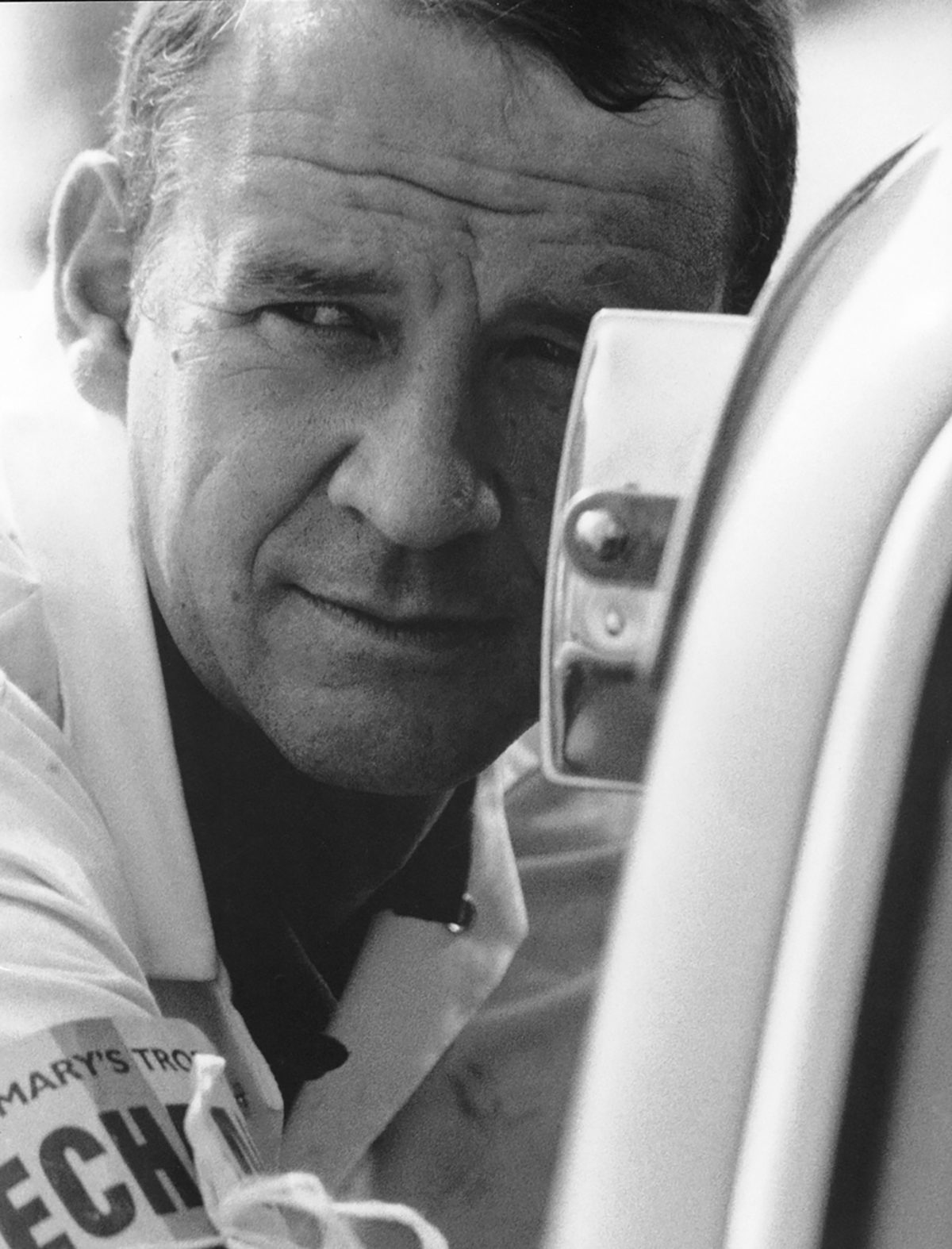
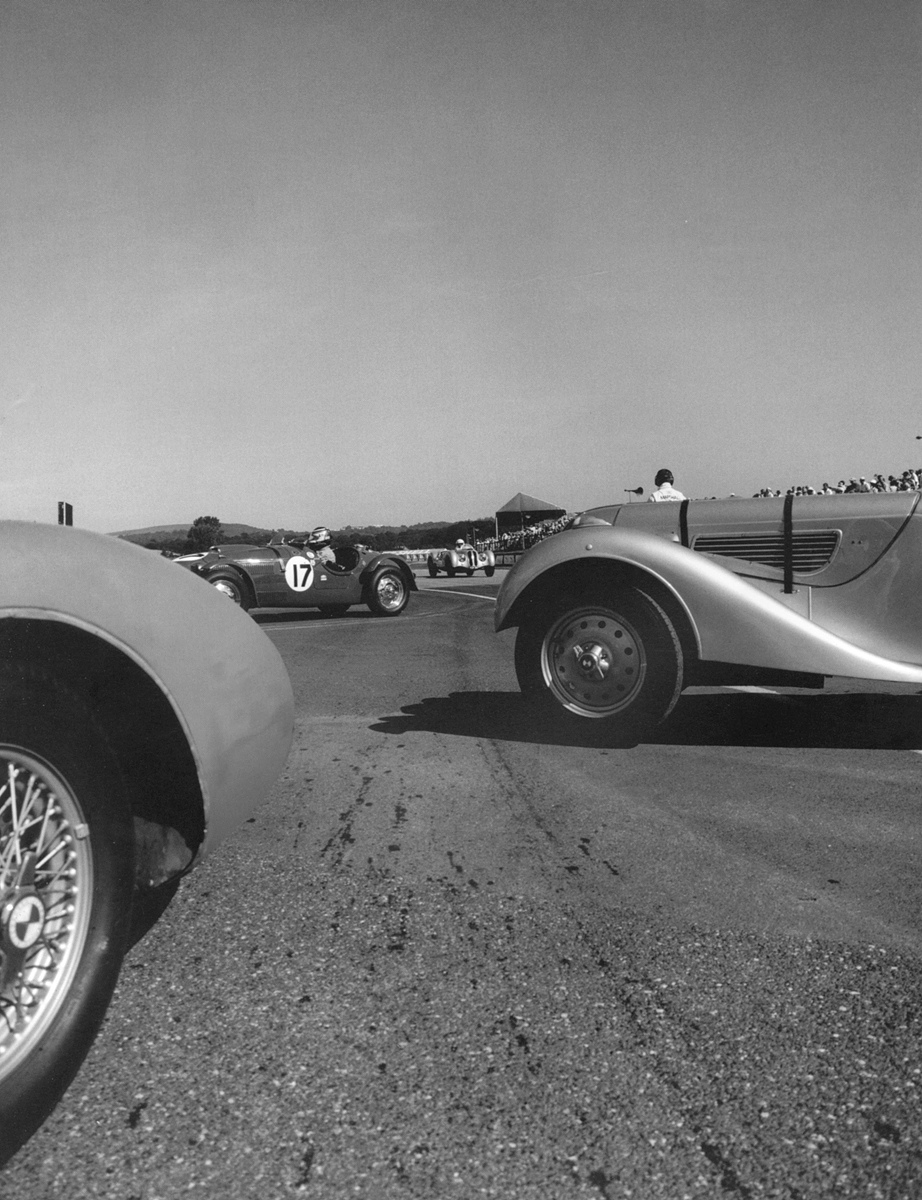
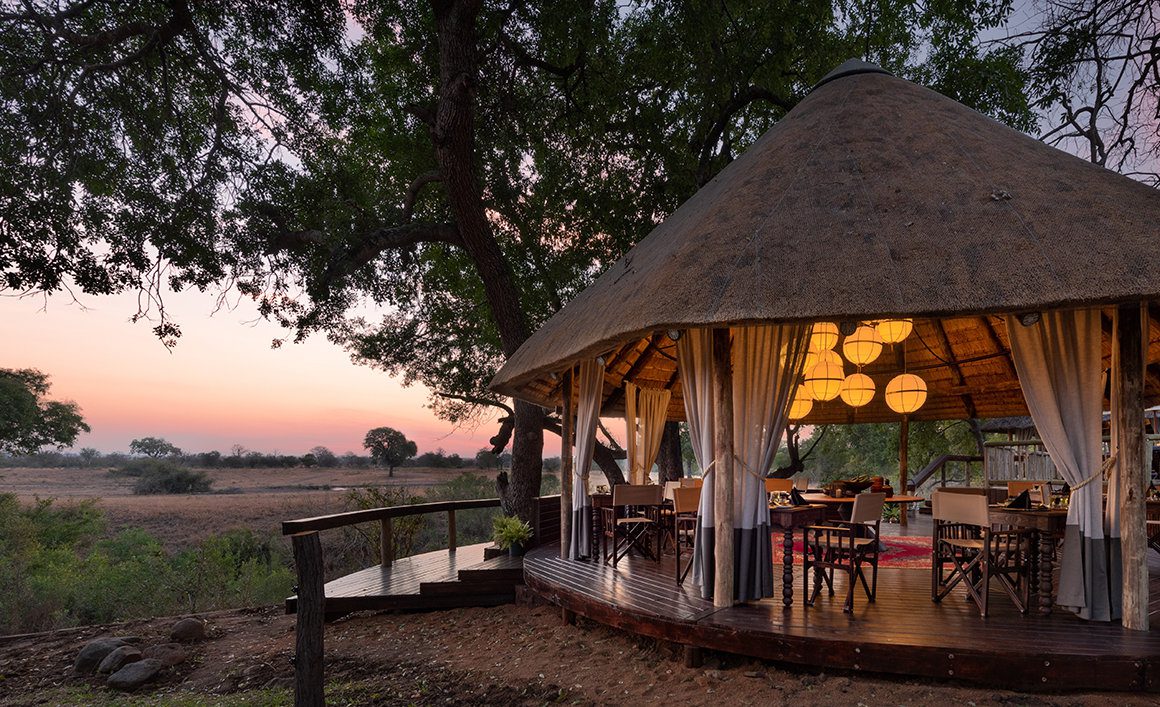
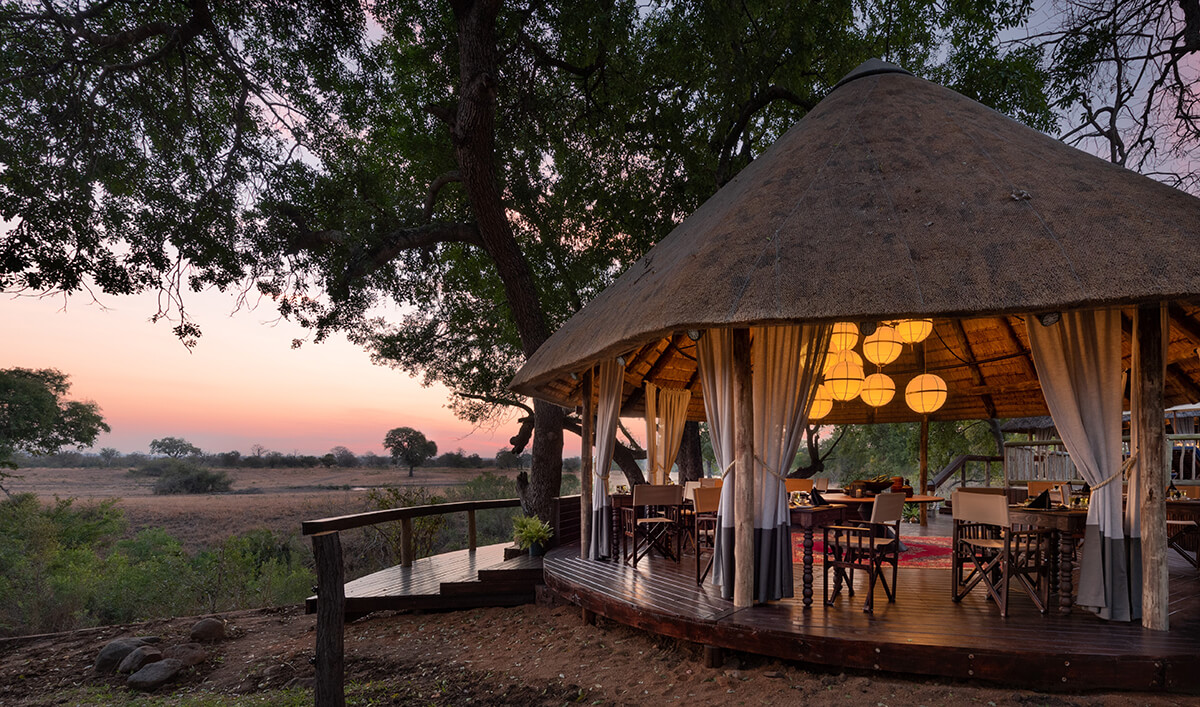
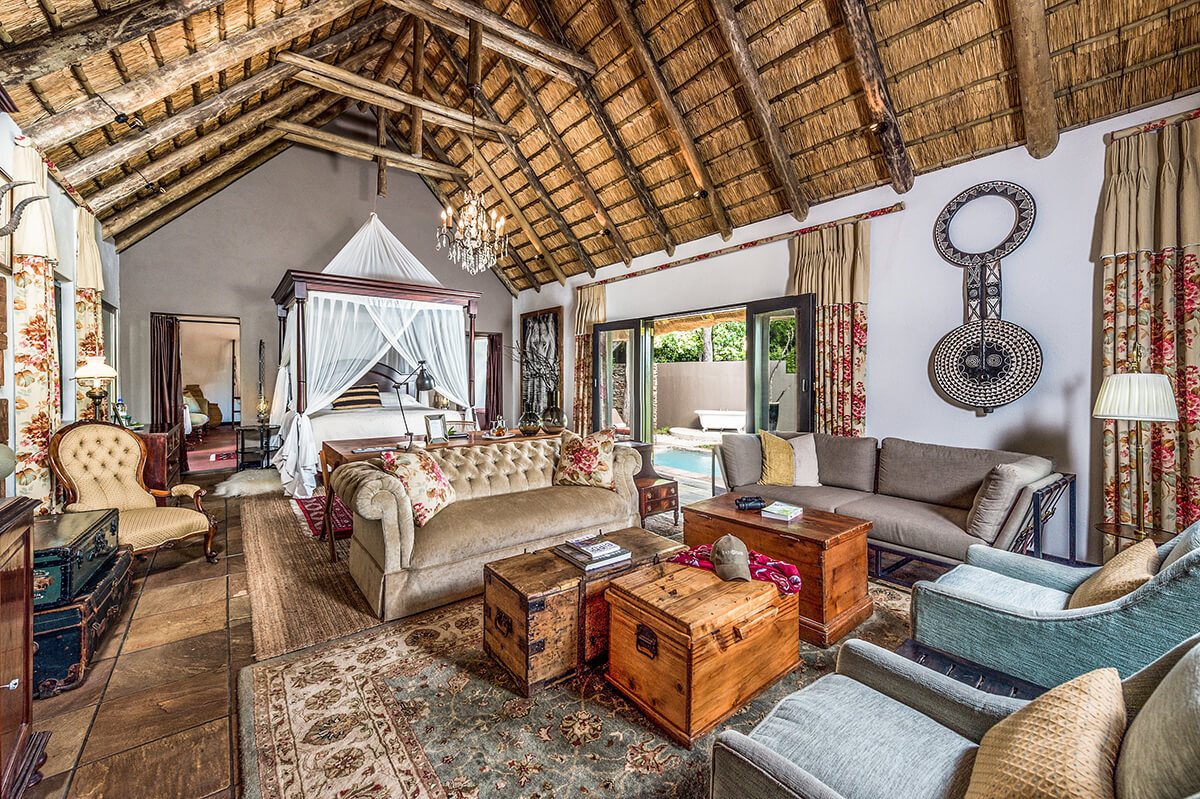
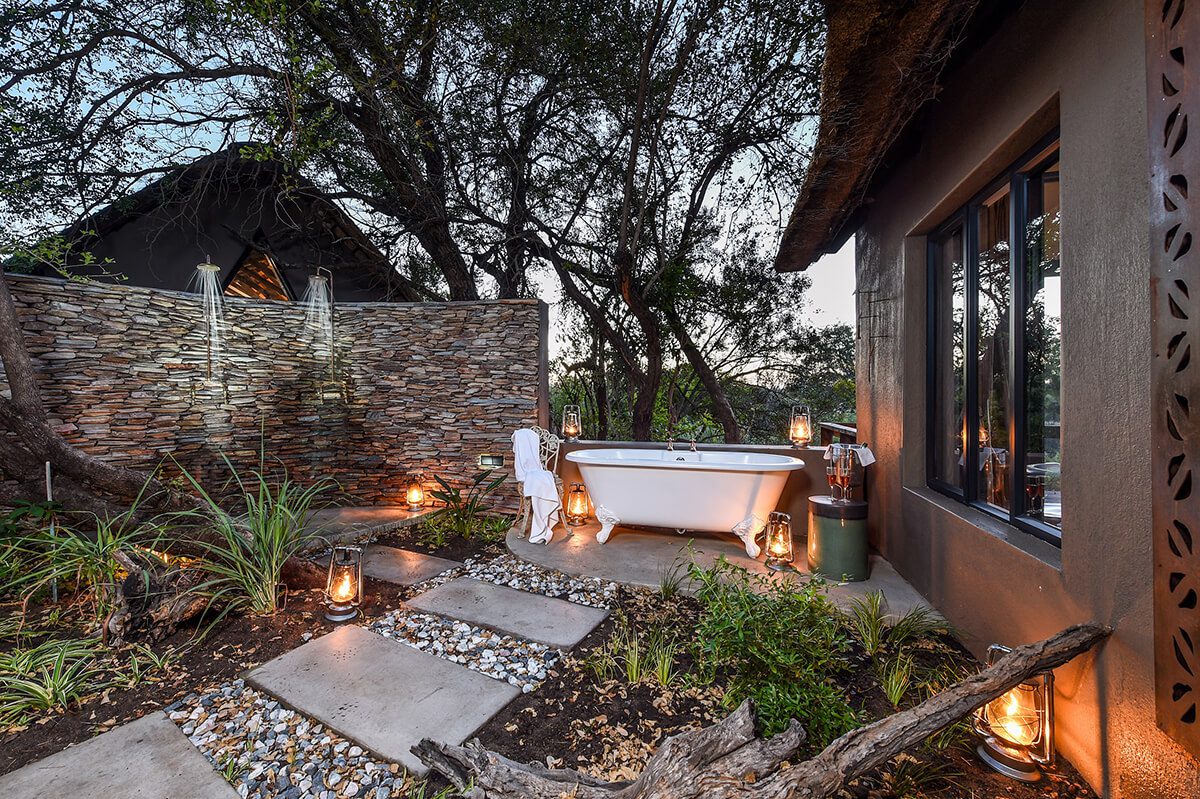

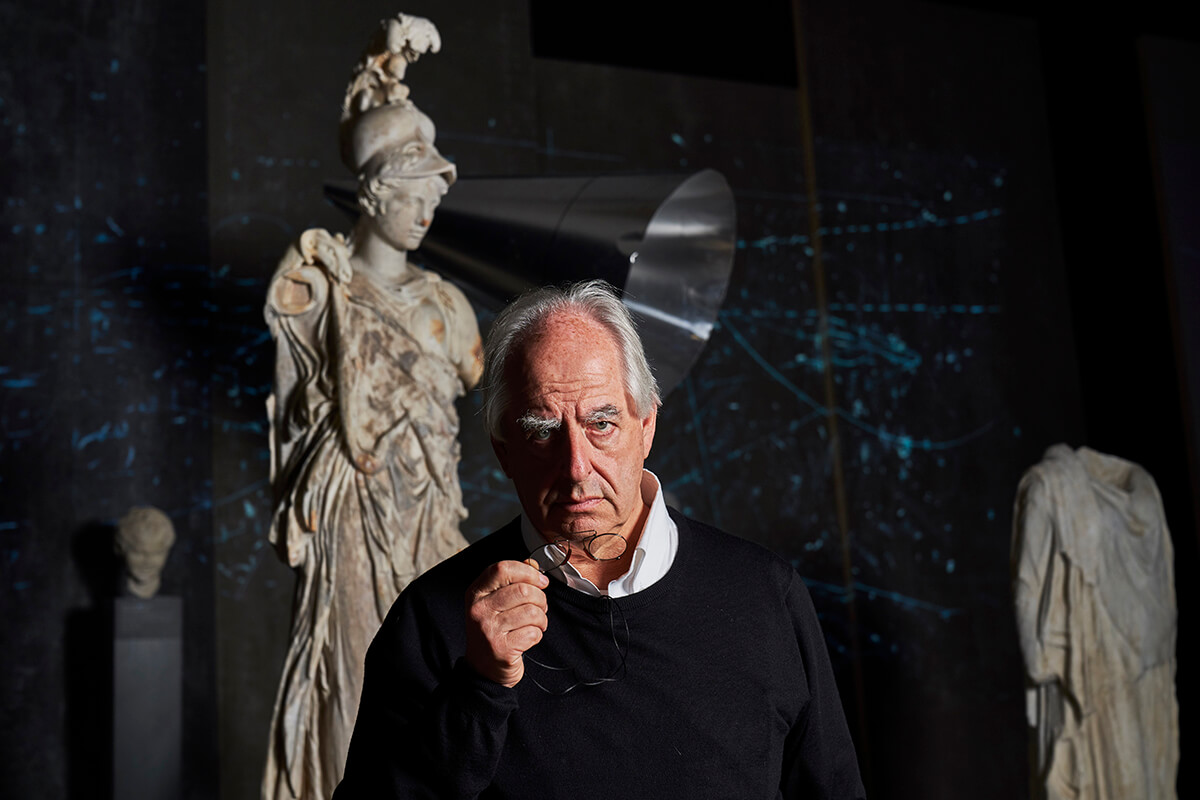
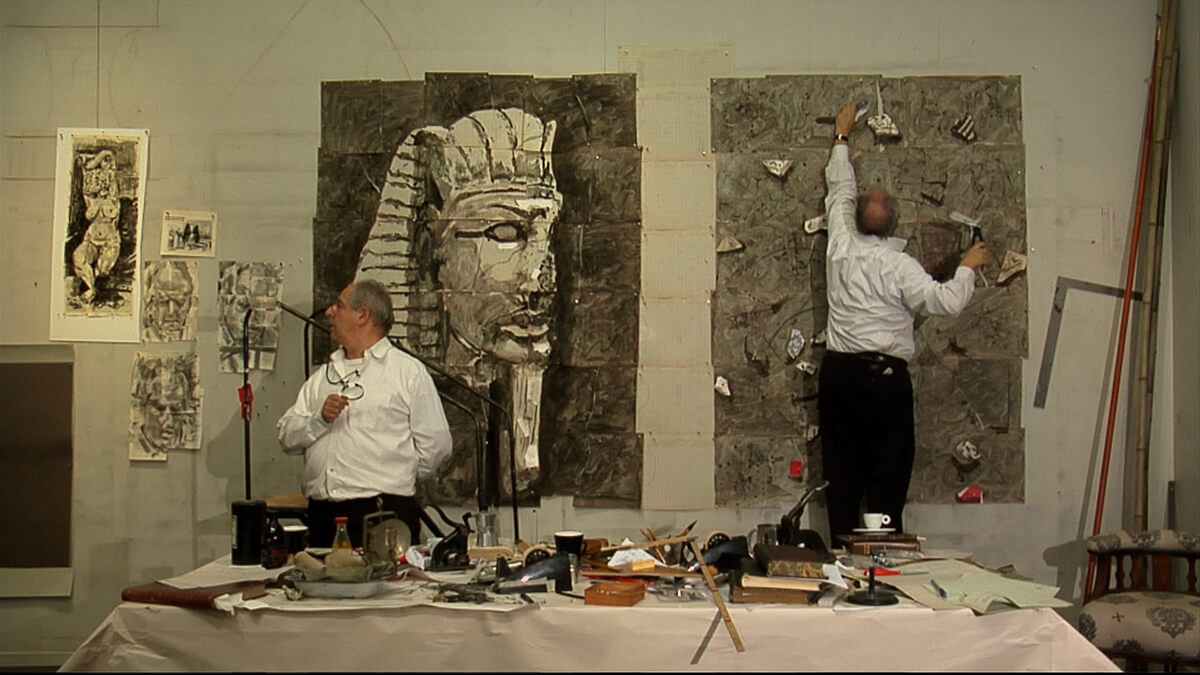
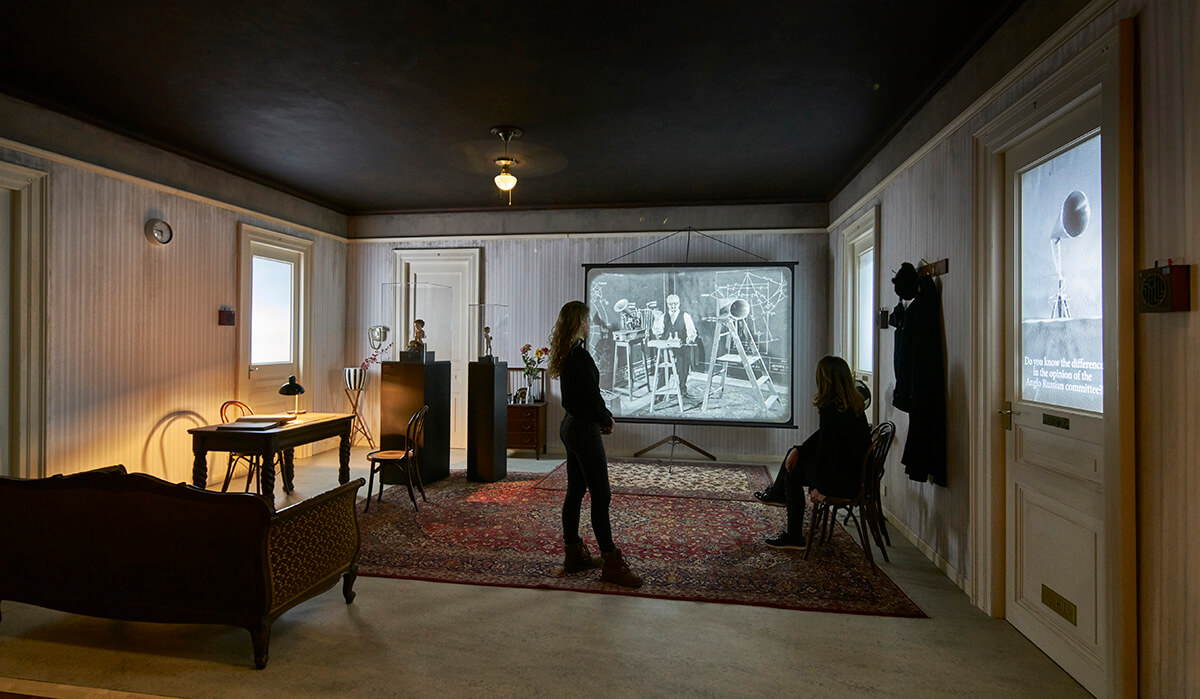
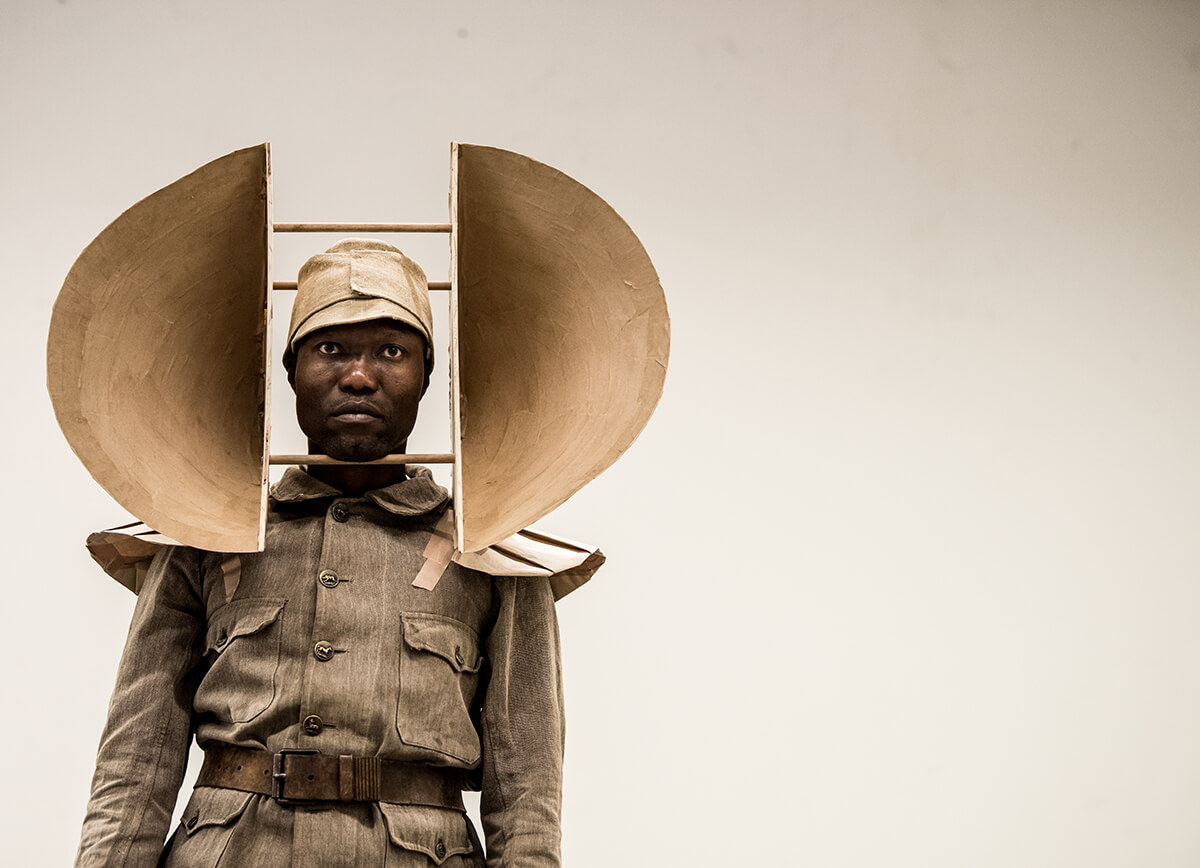
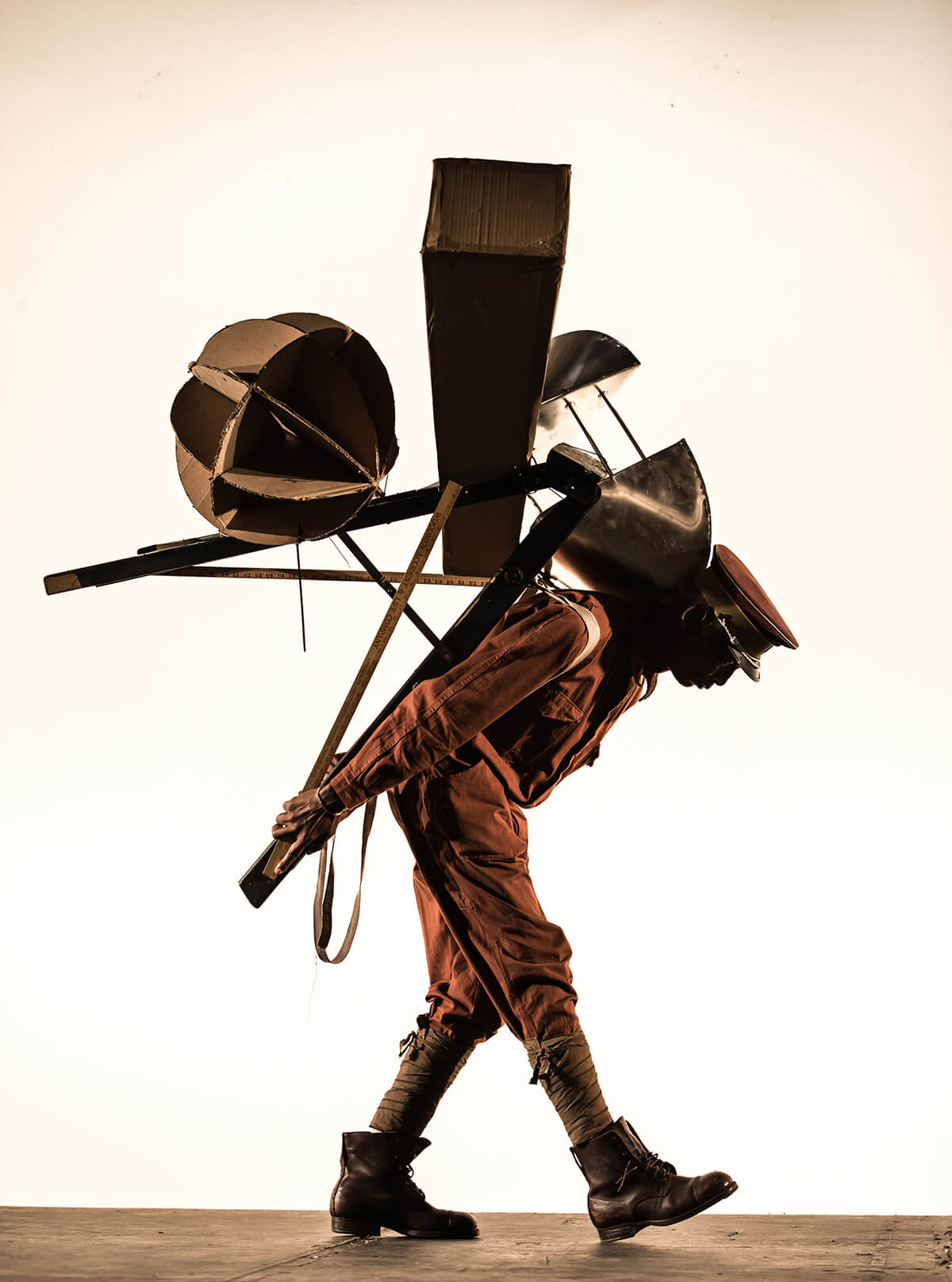

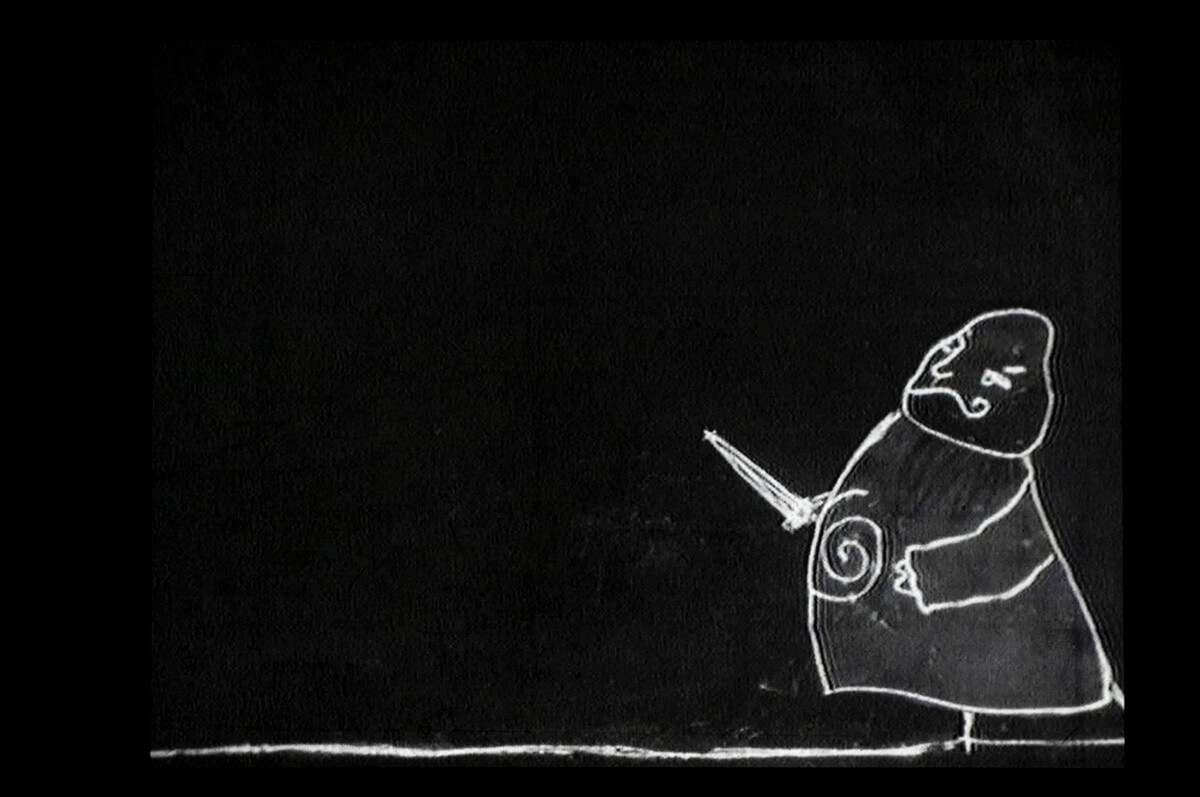
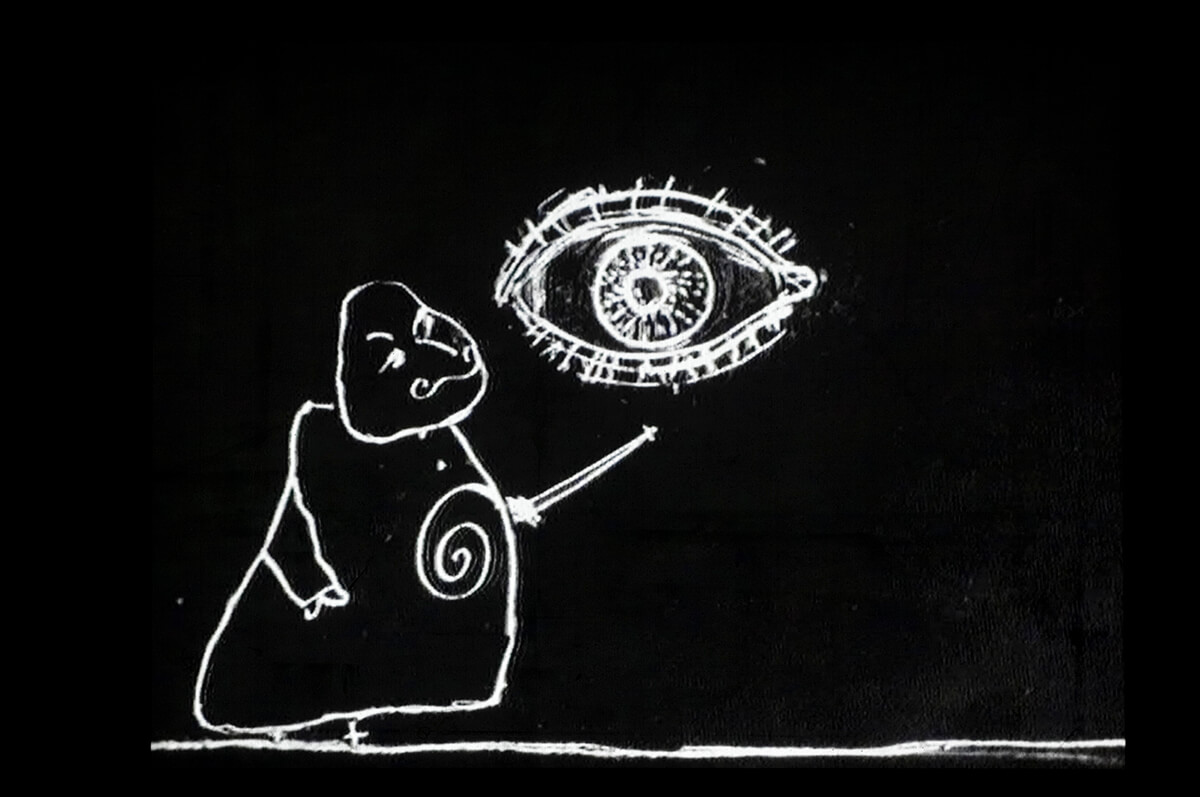
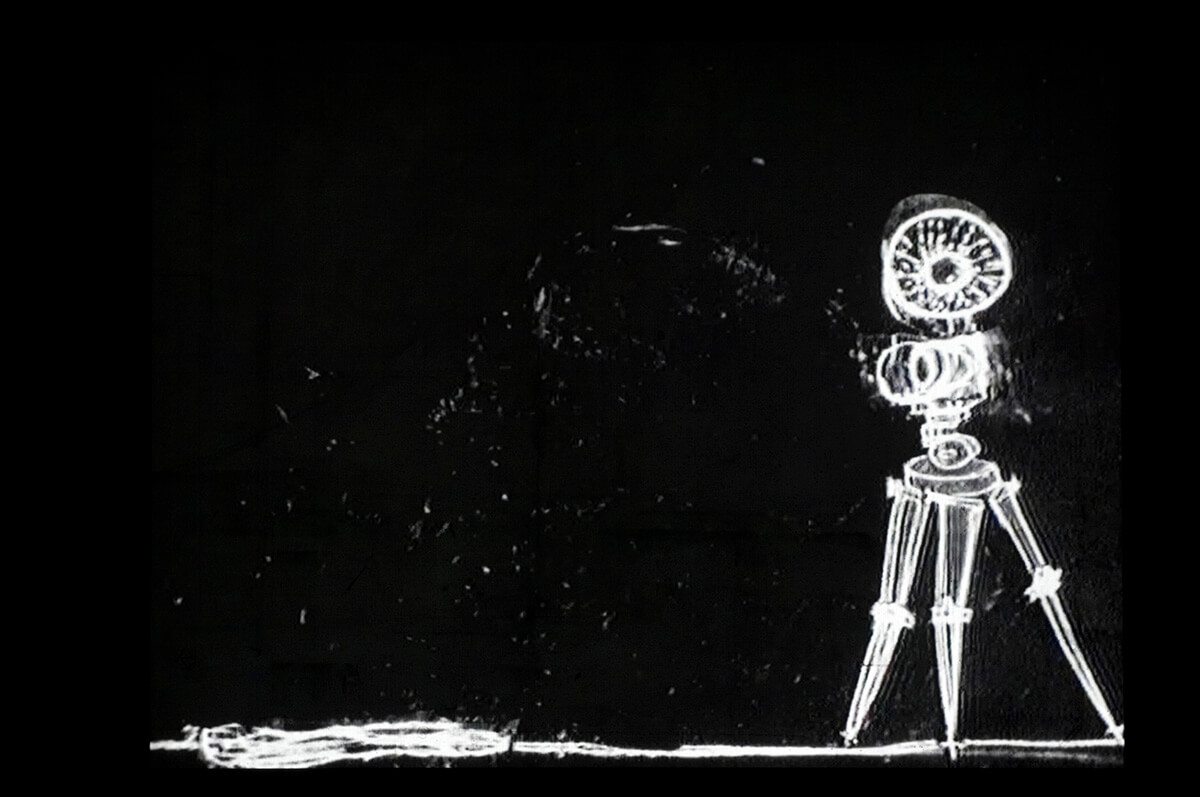
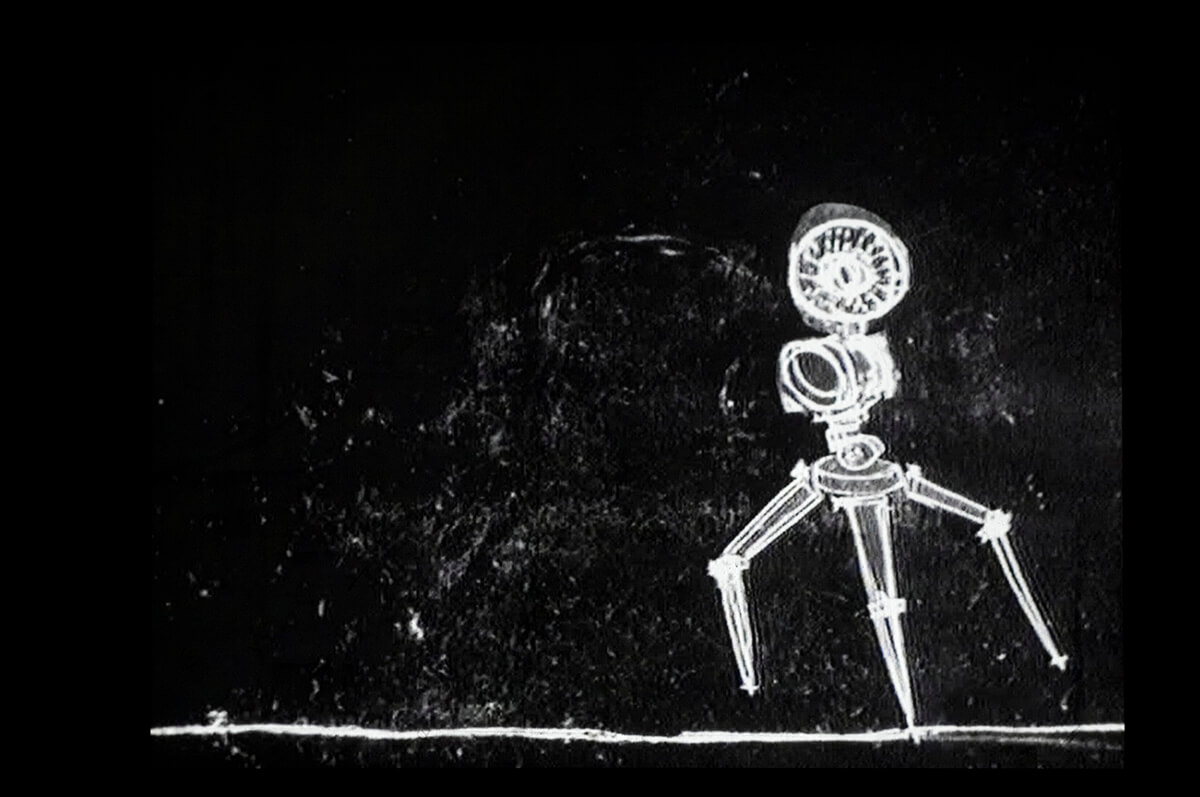
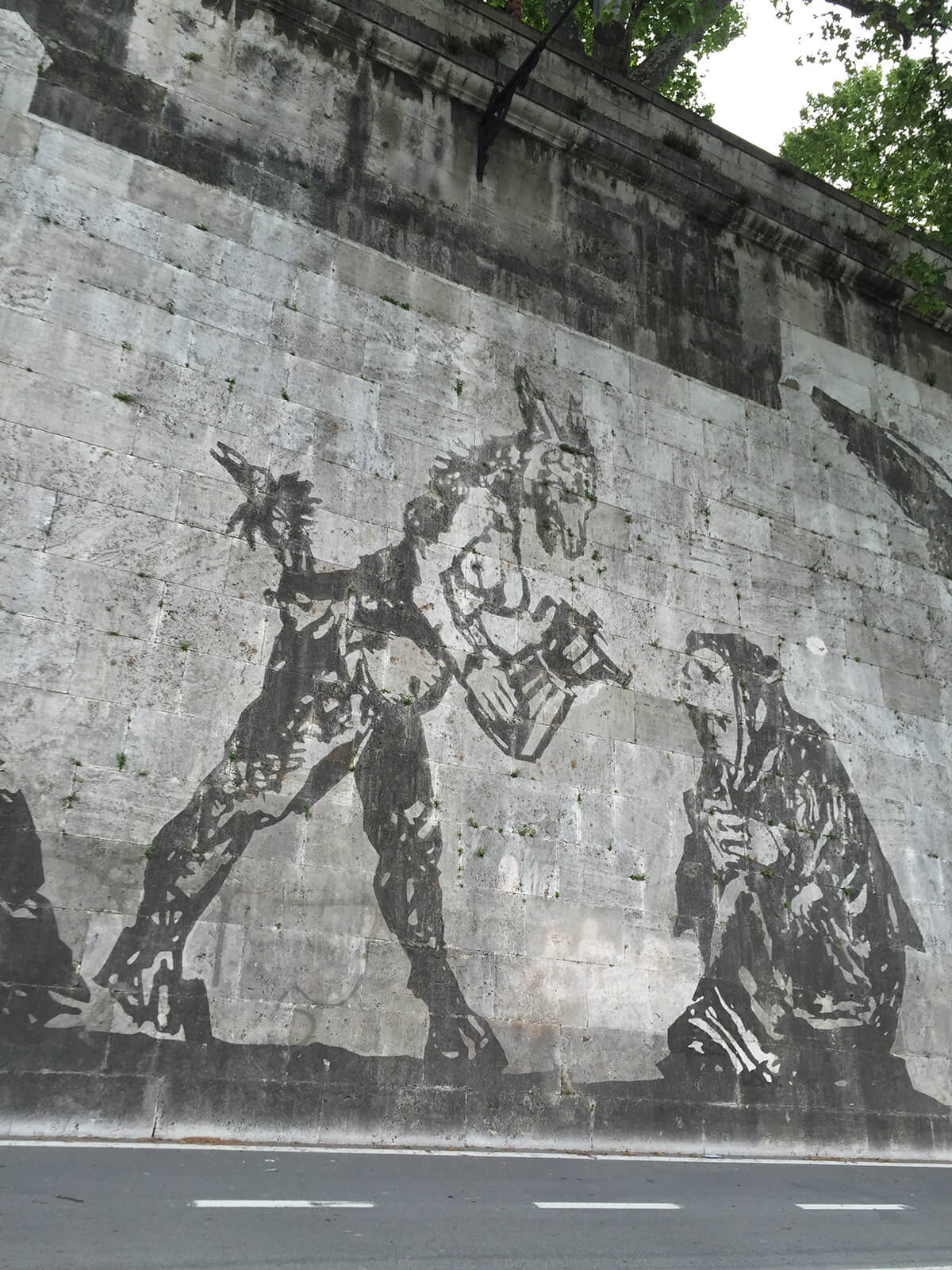

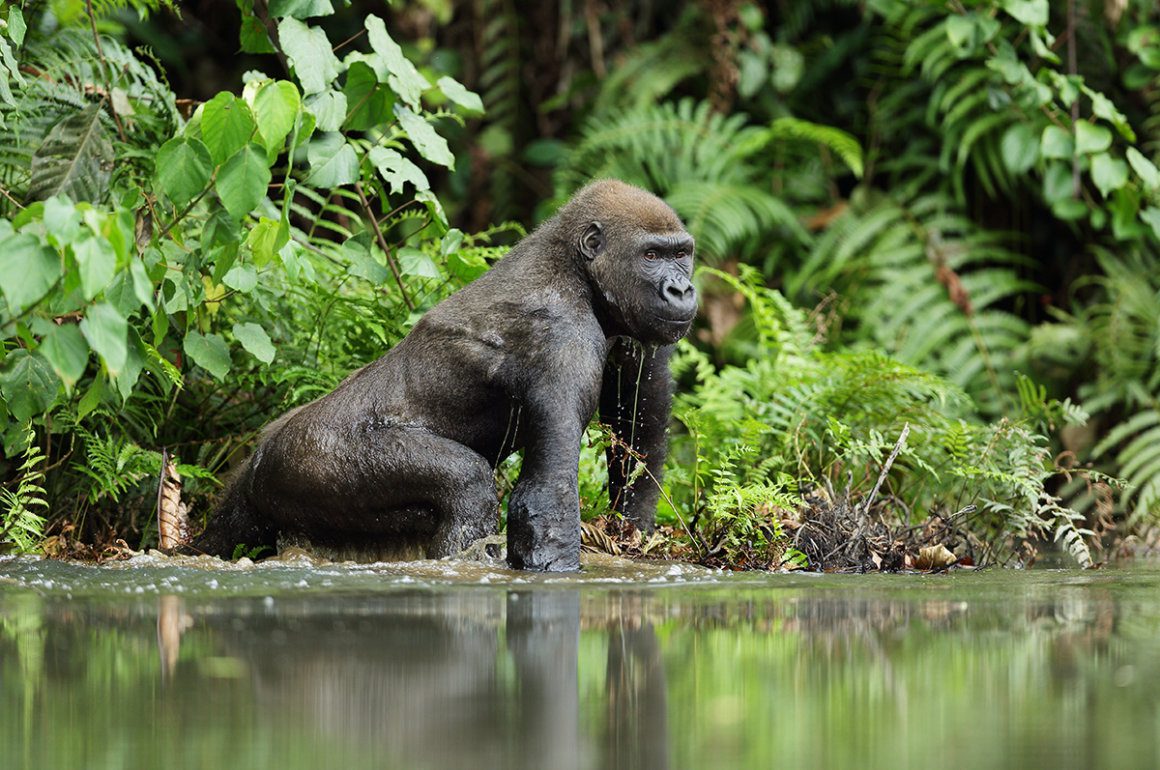

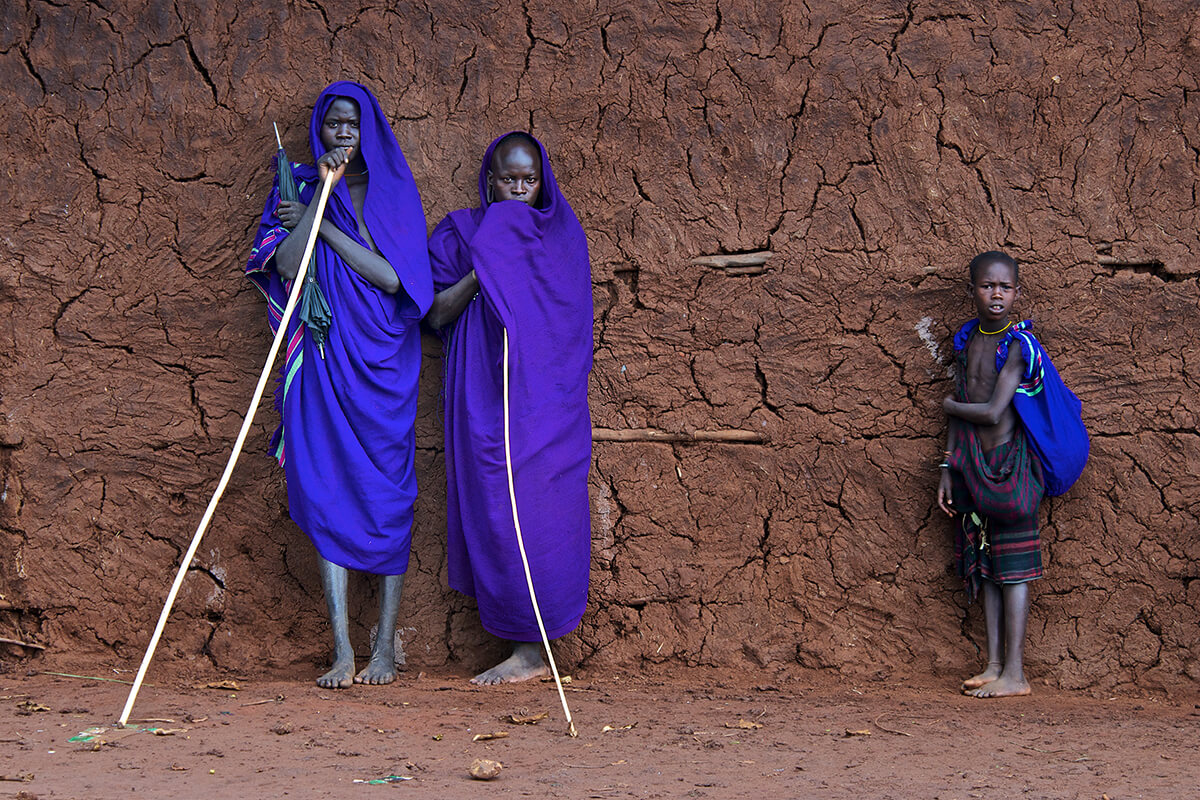
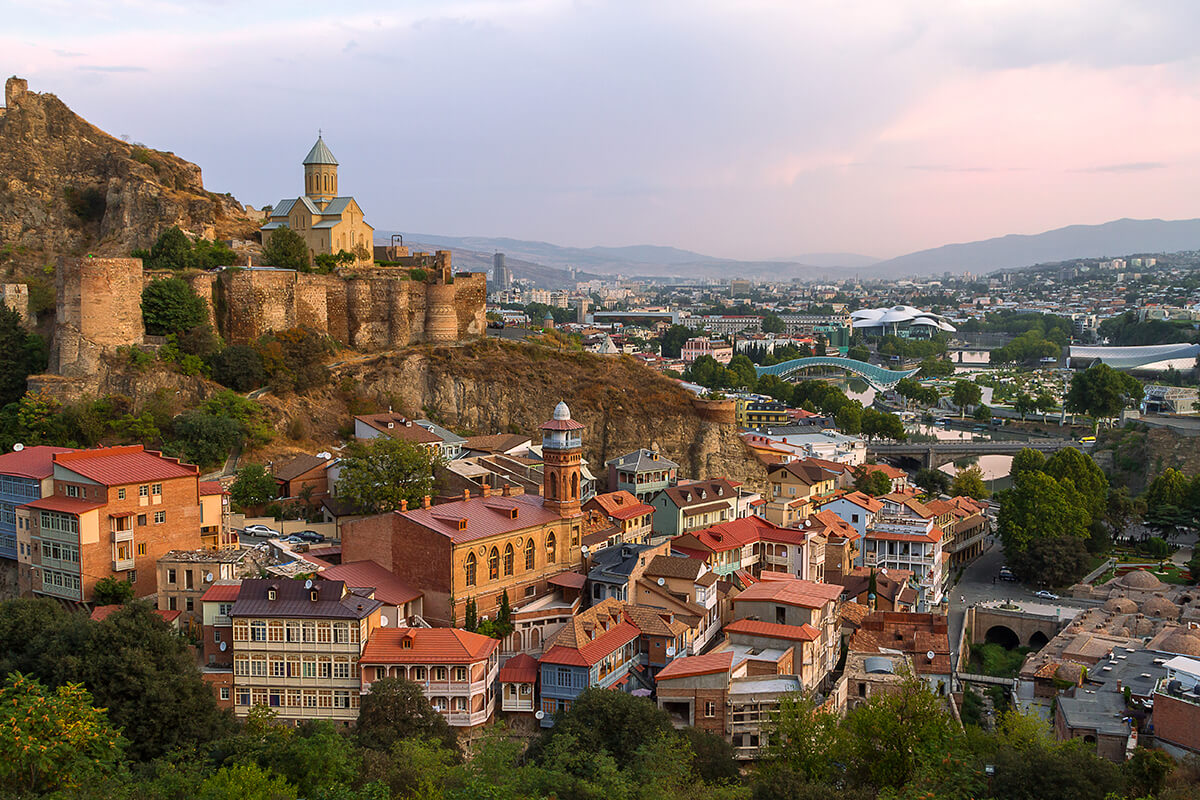
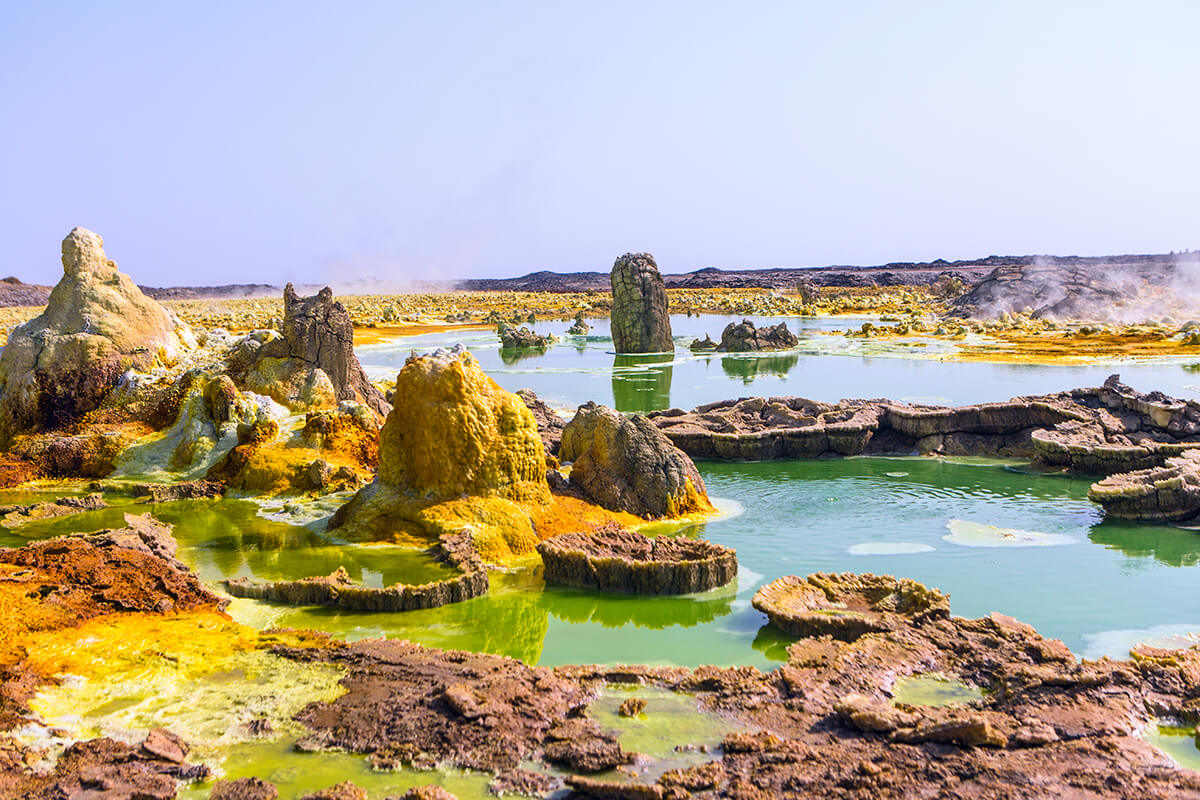
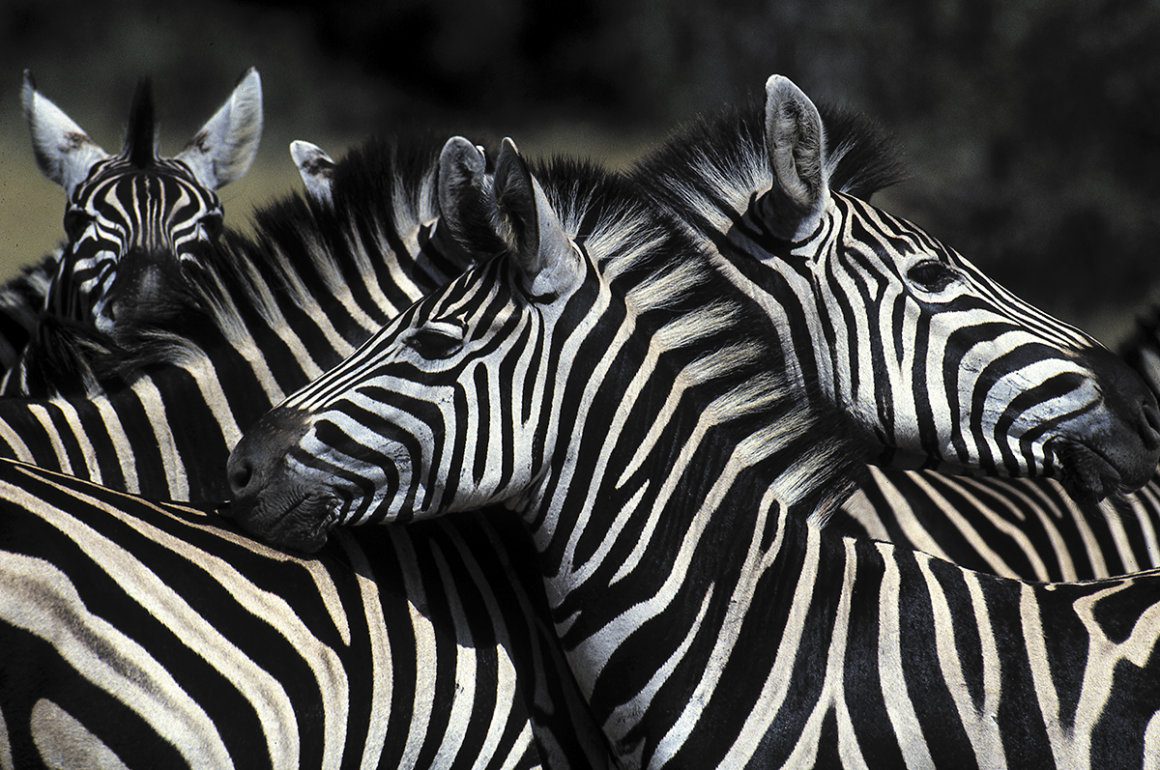
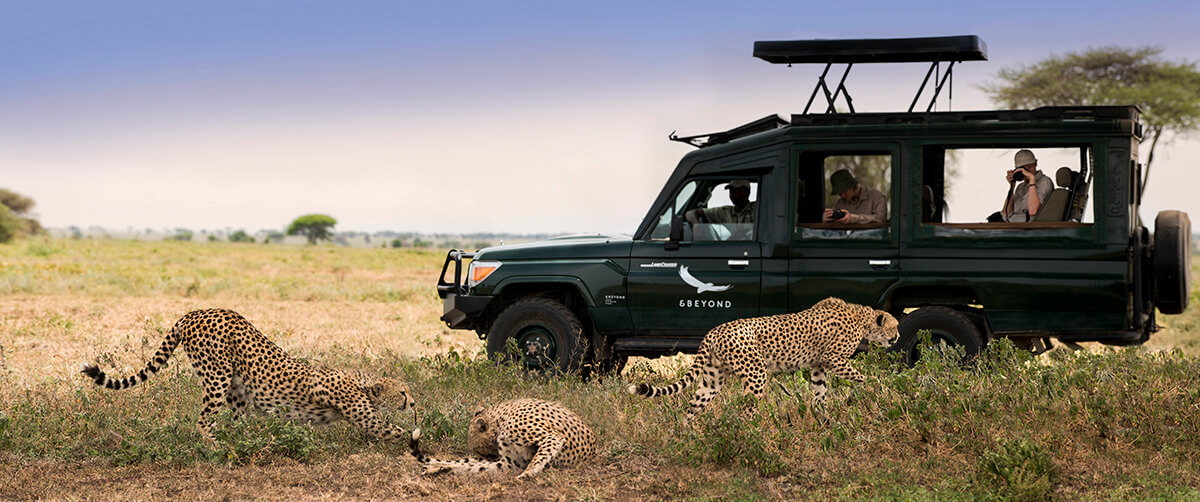
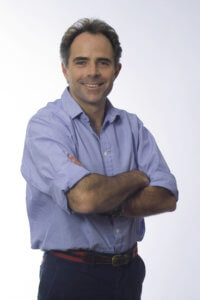
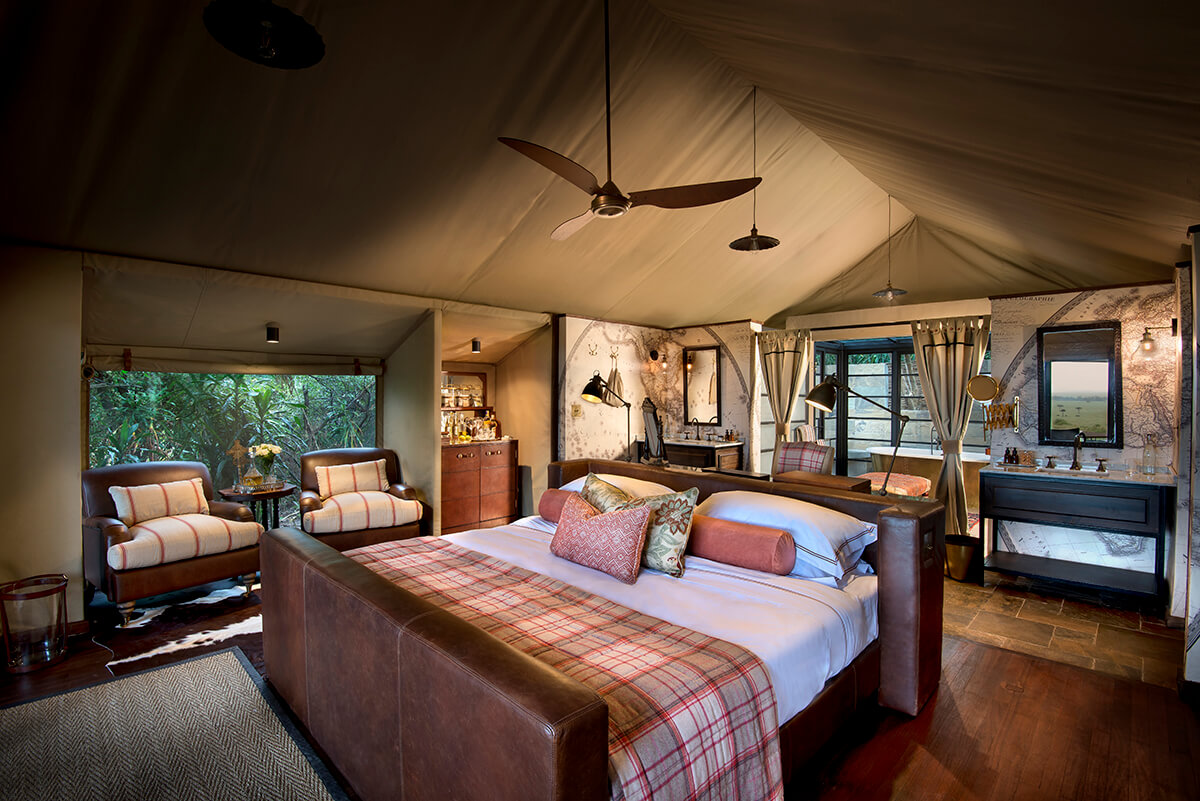
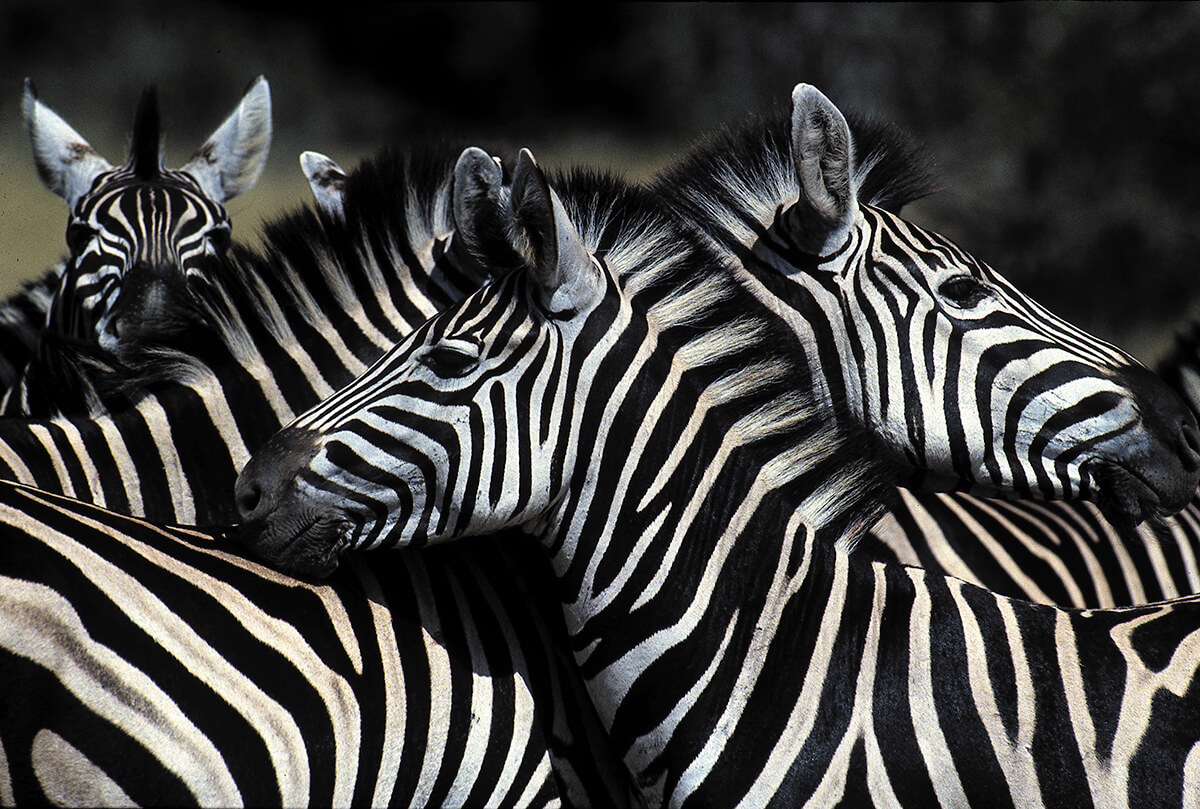
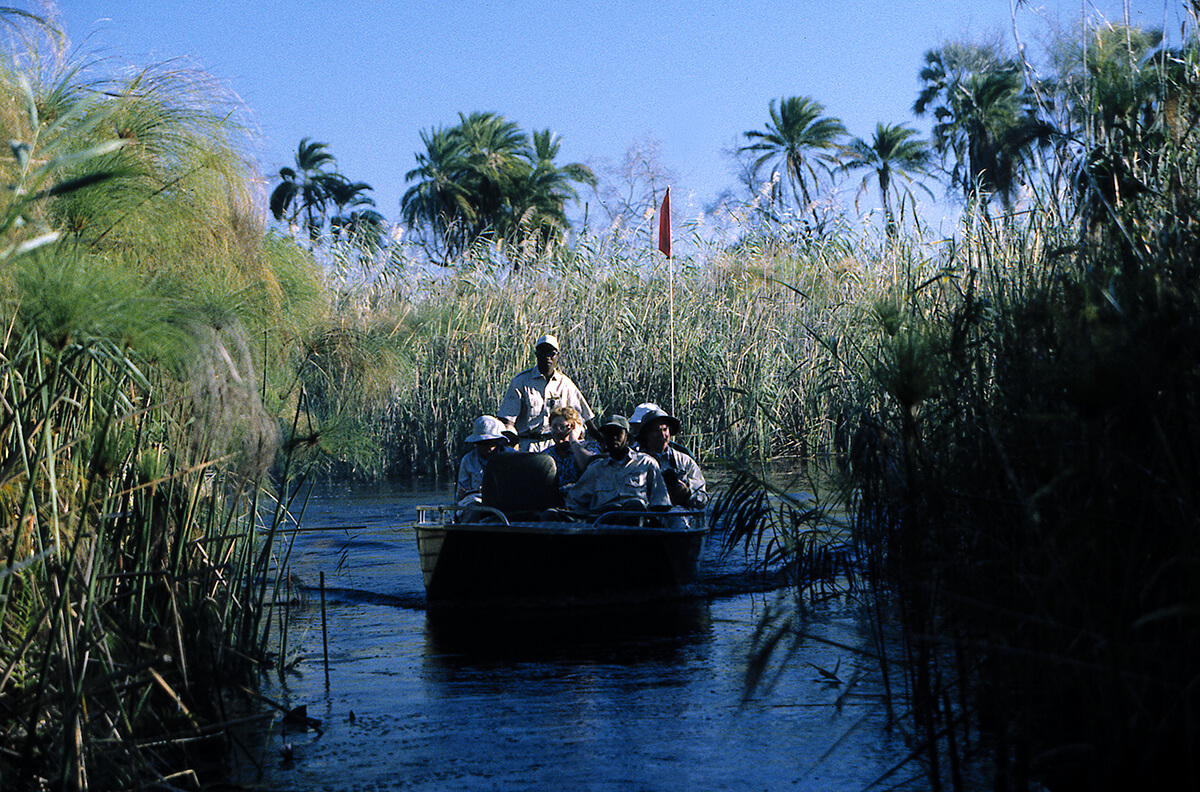
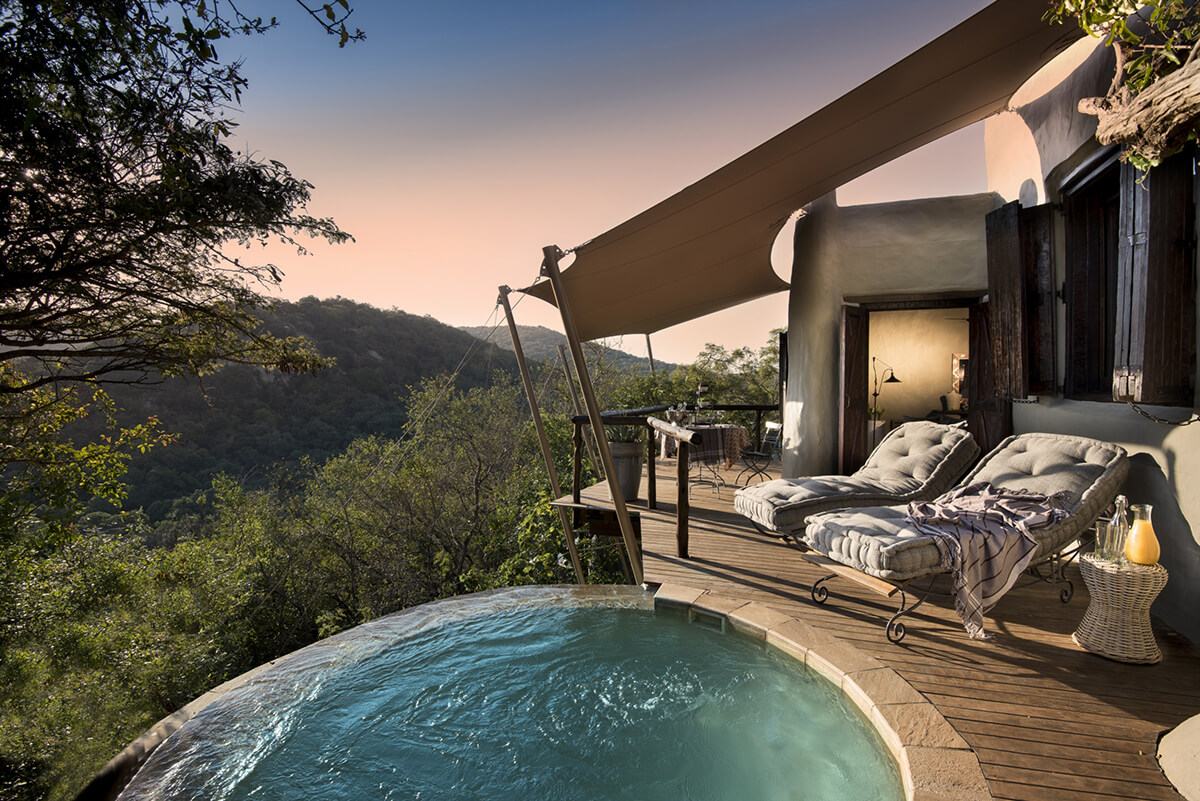
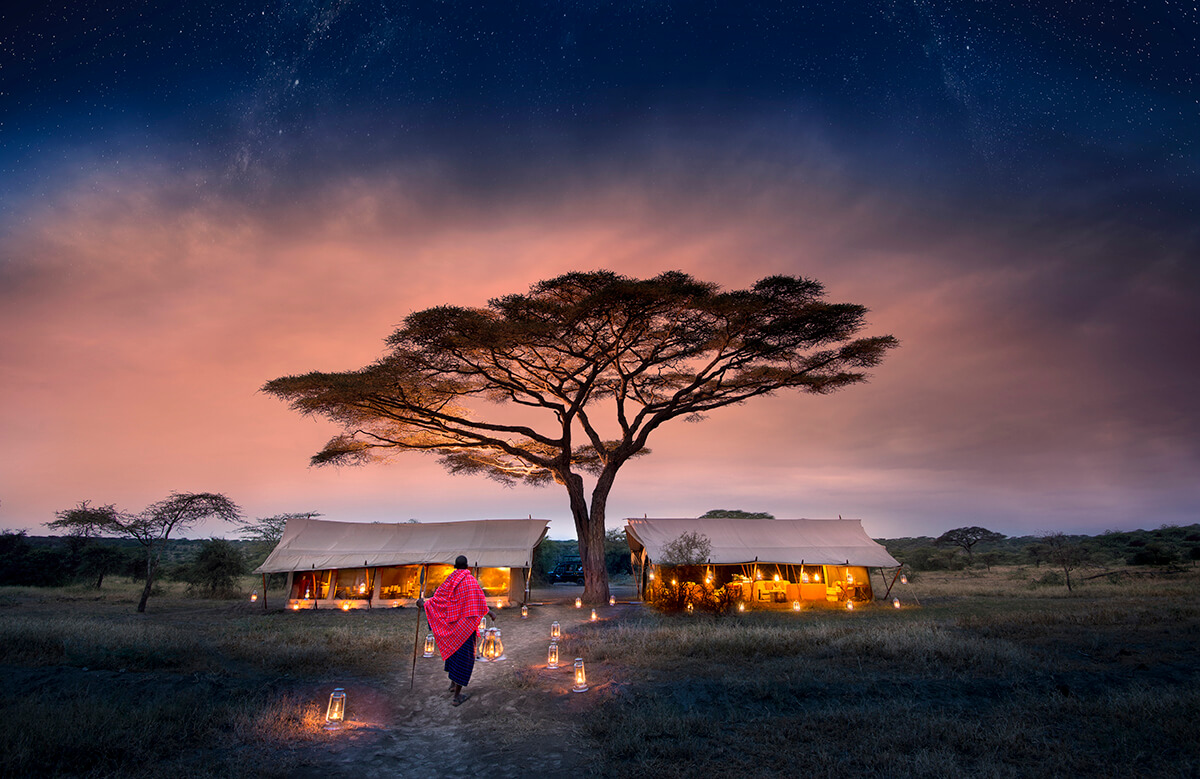
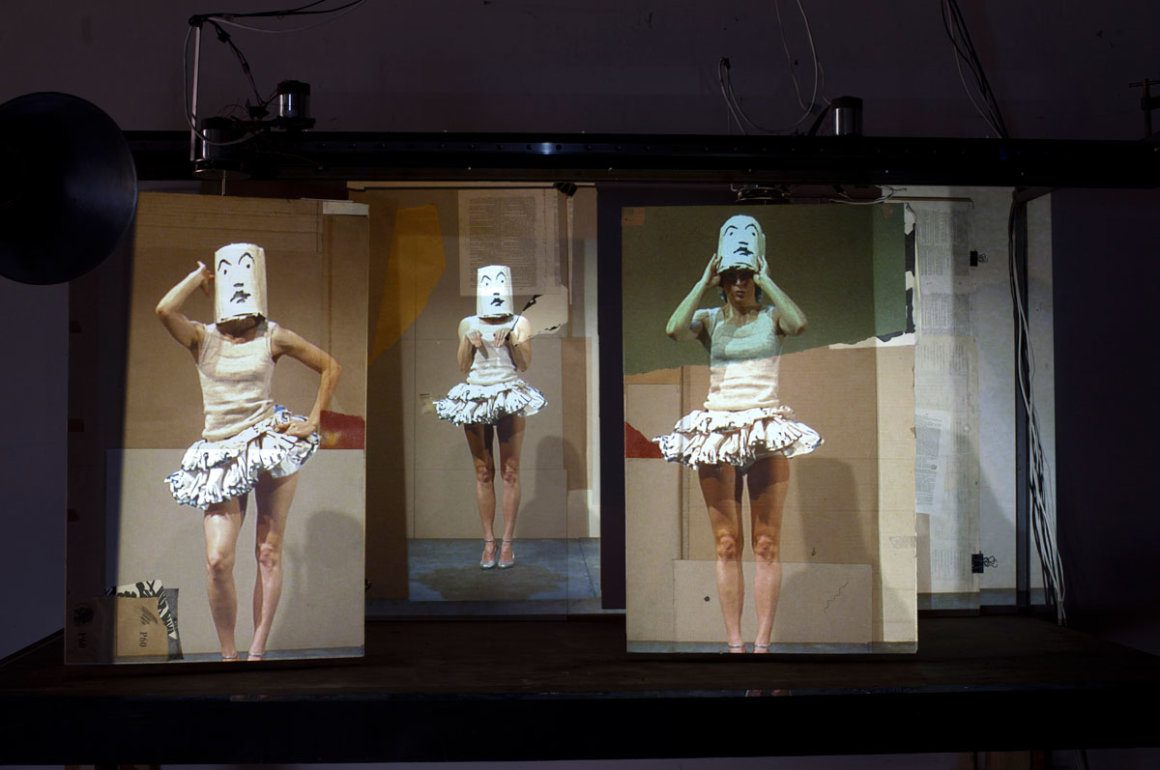
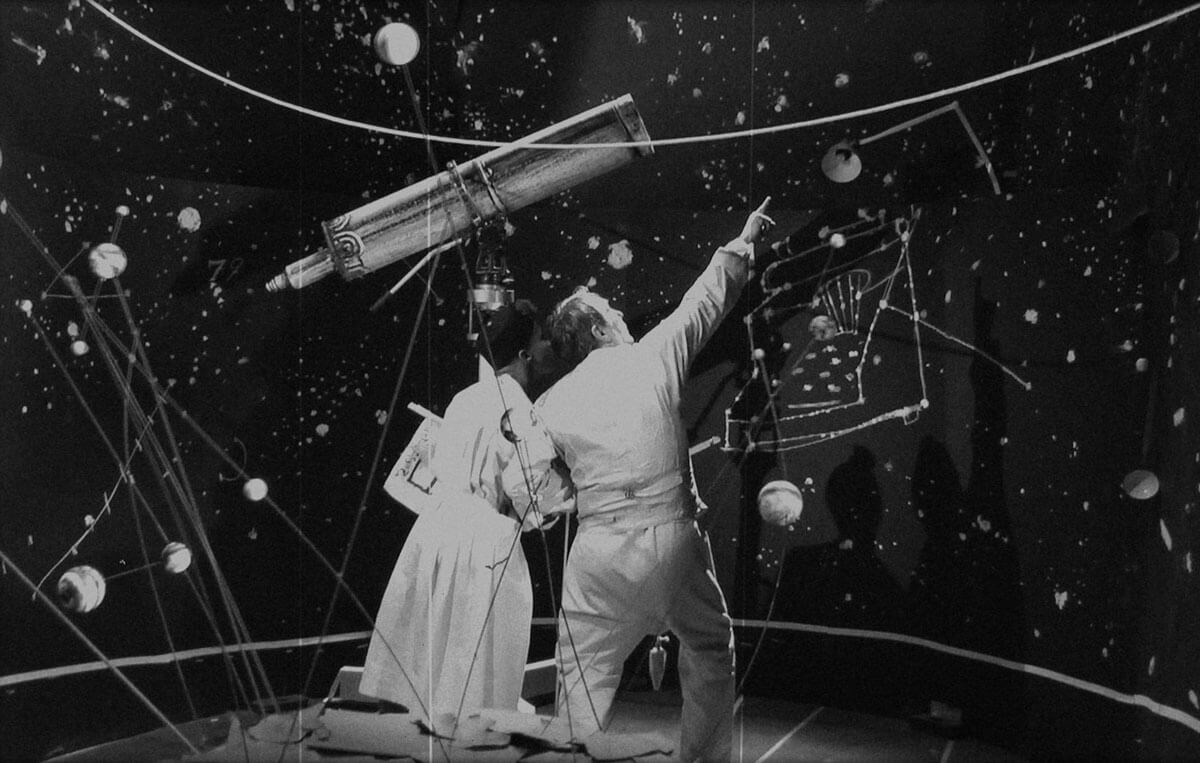
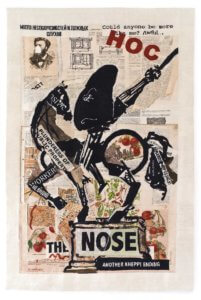
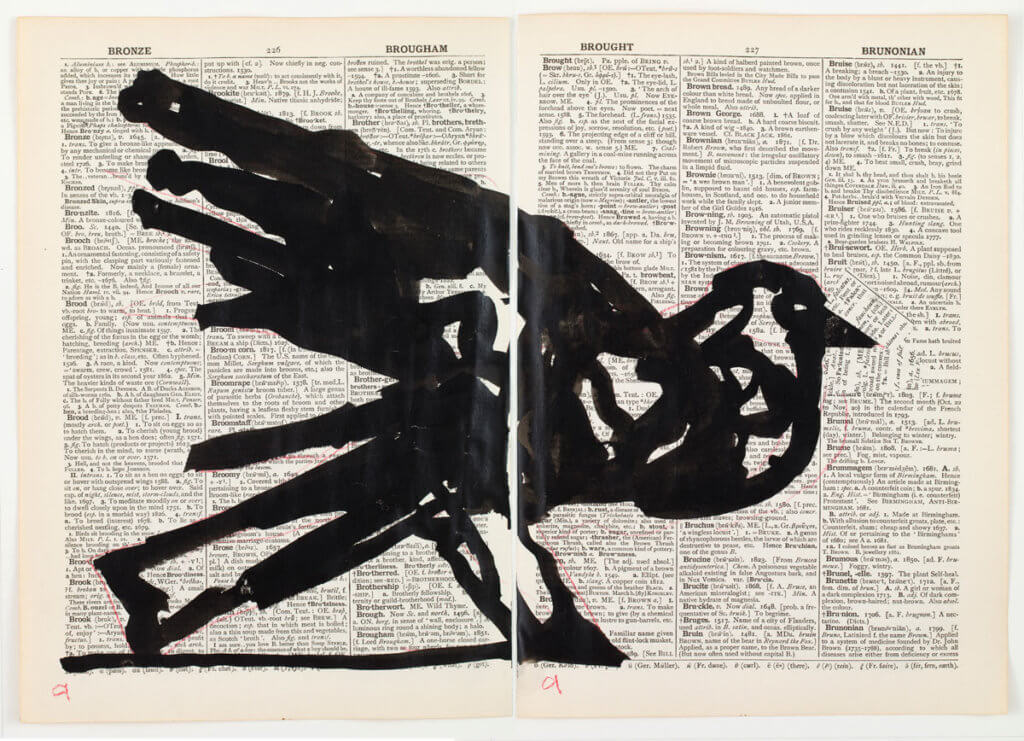
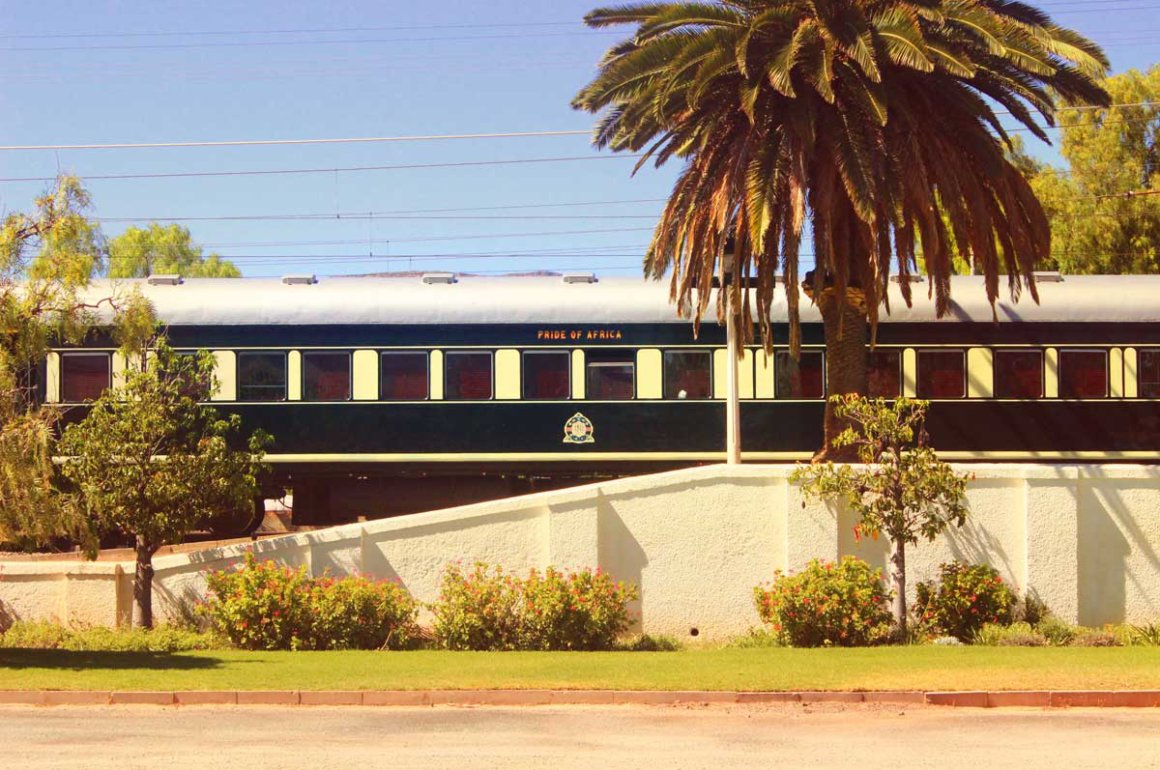
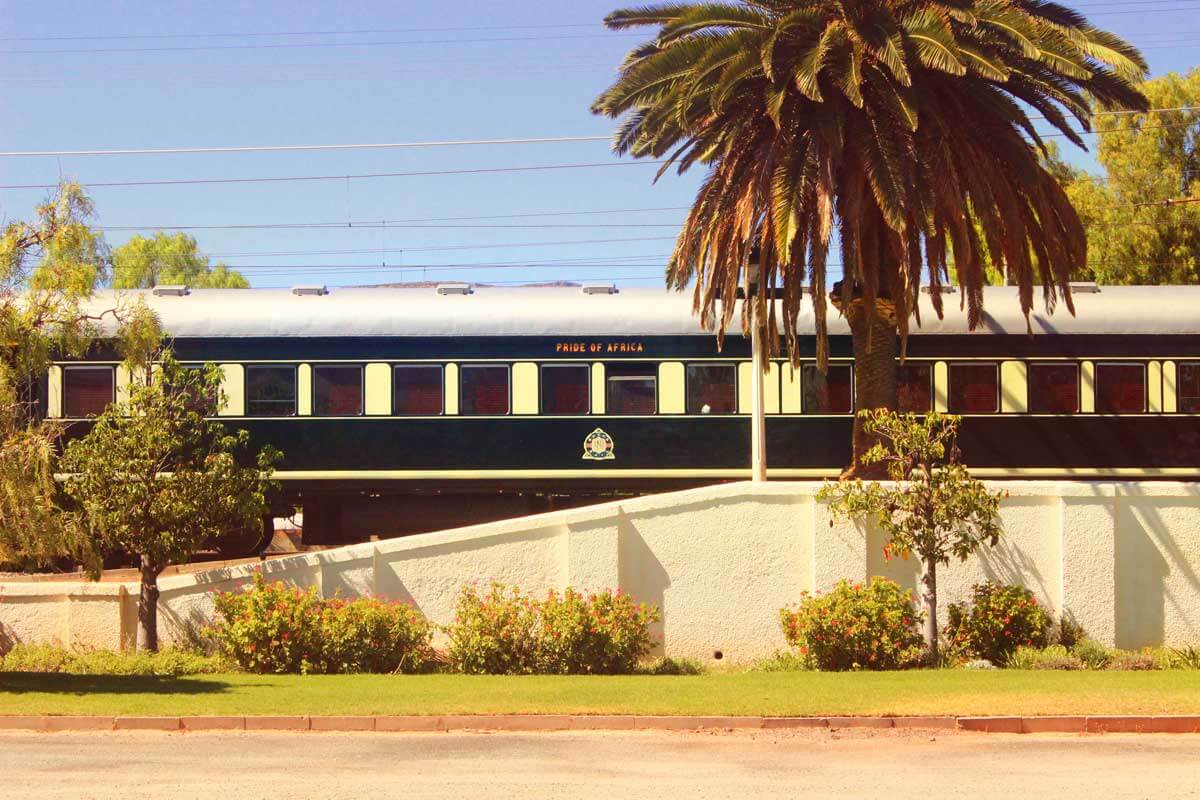
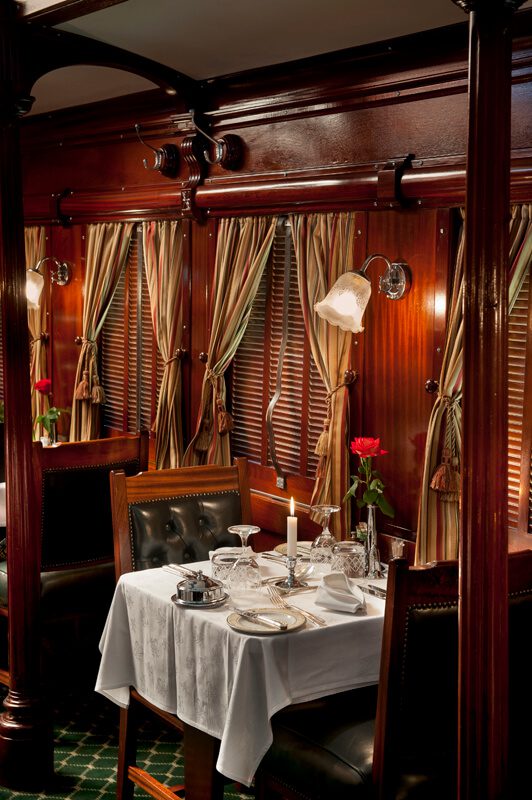
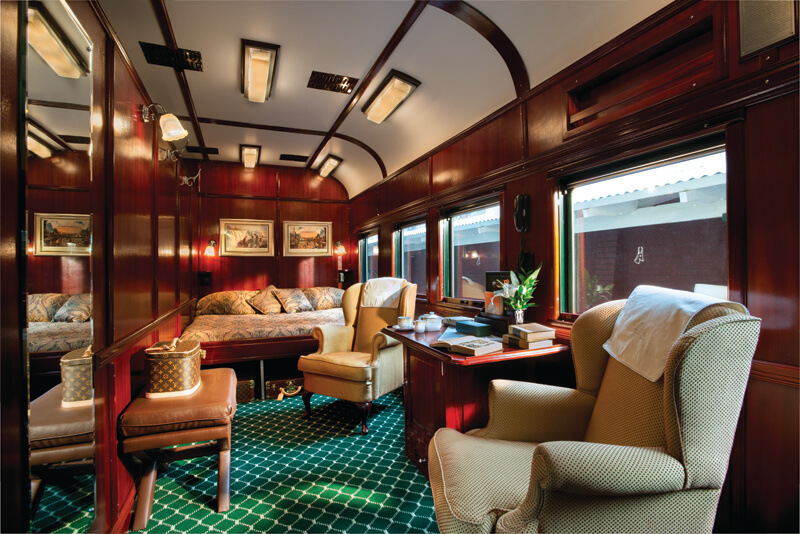
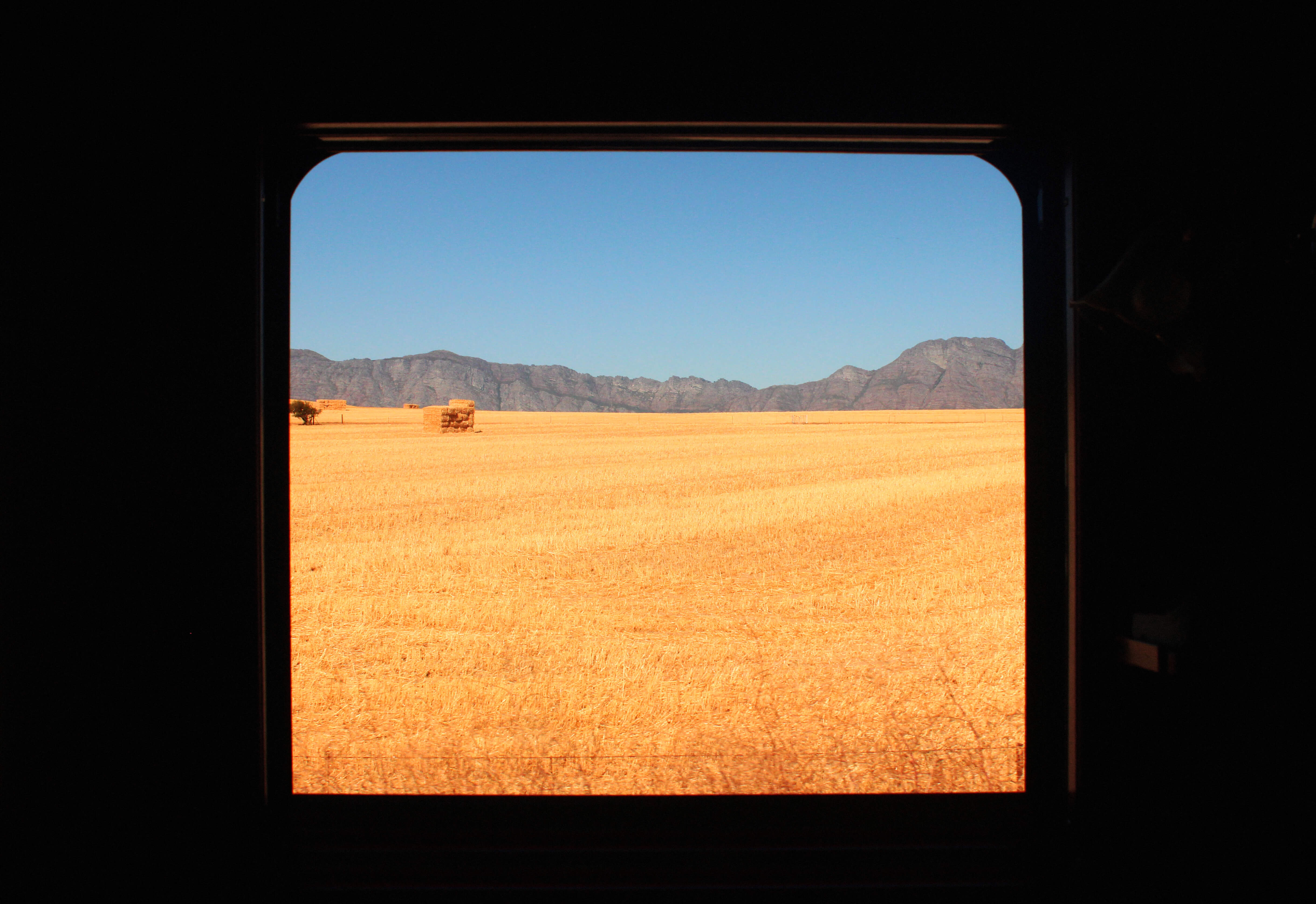
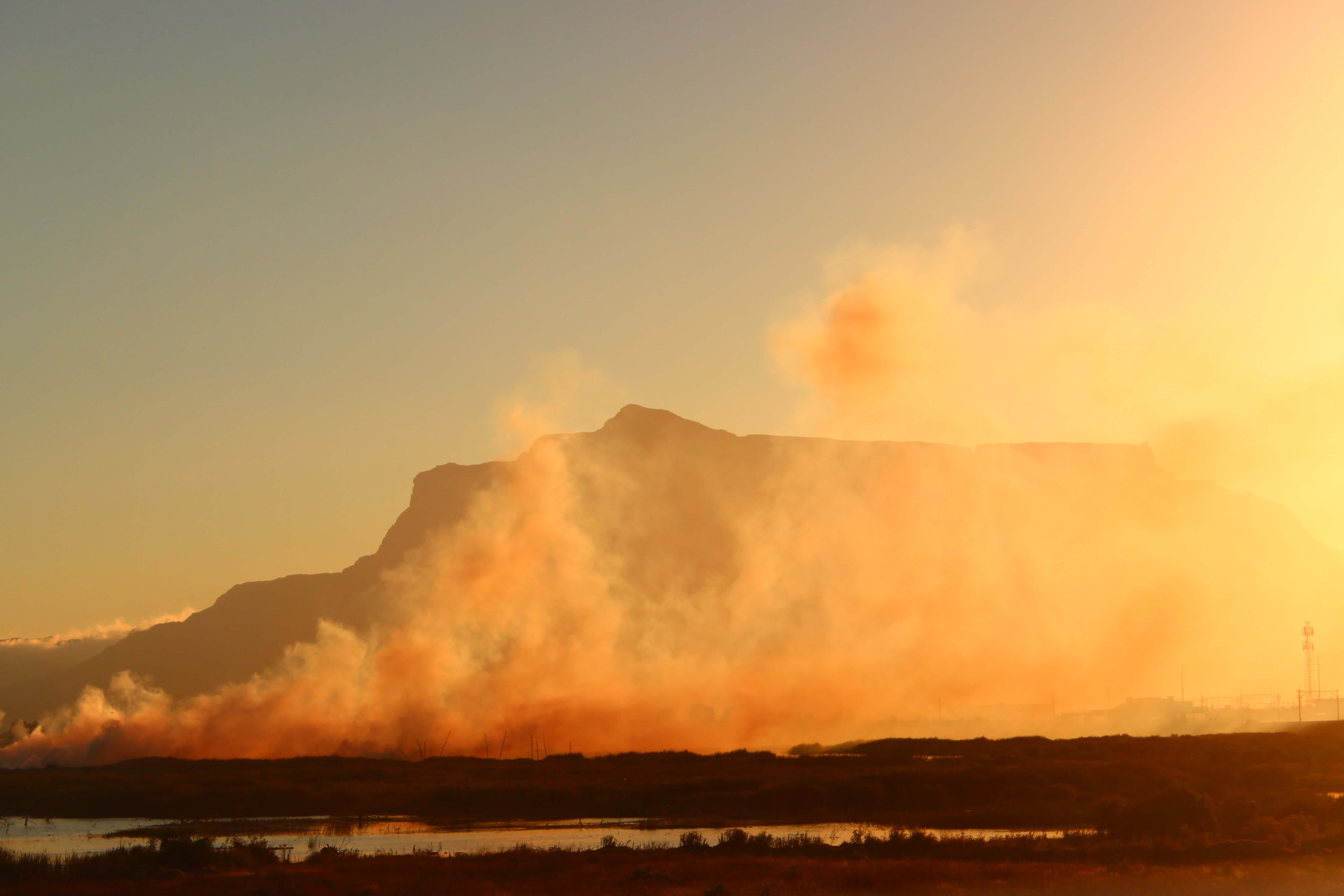





Recent Comments